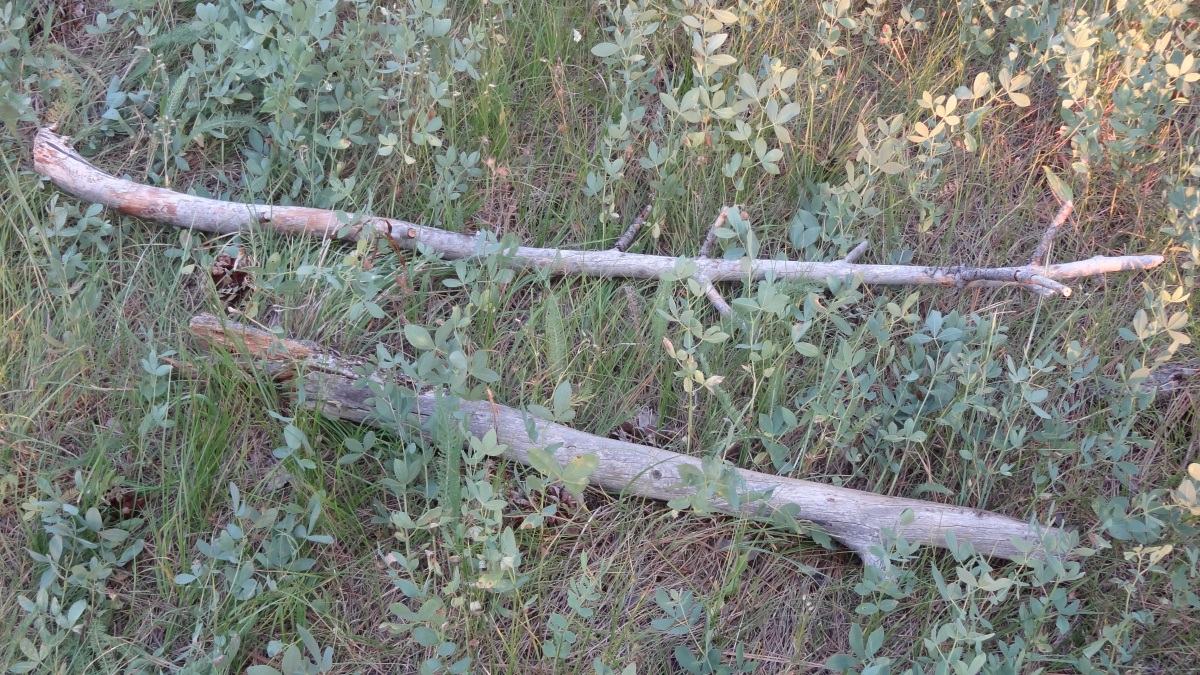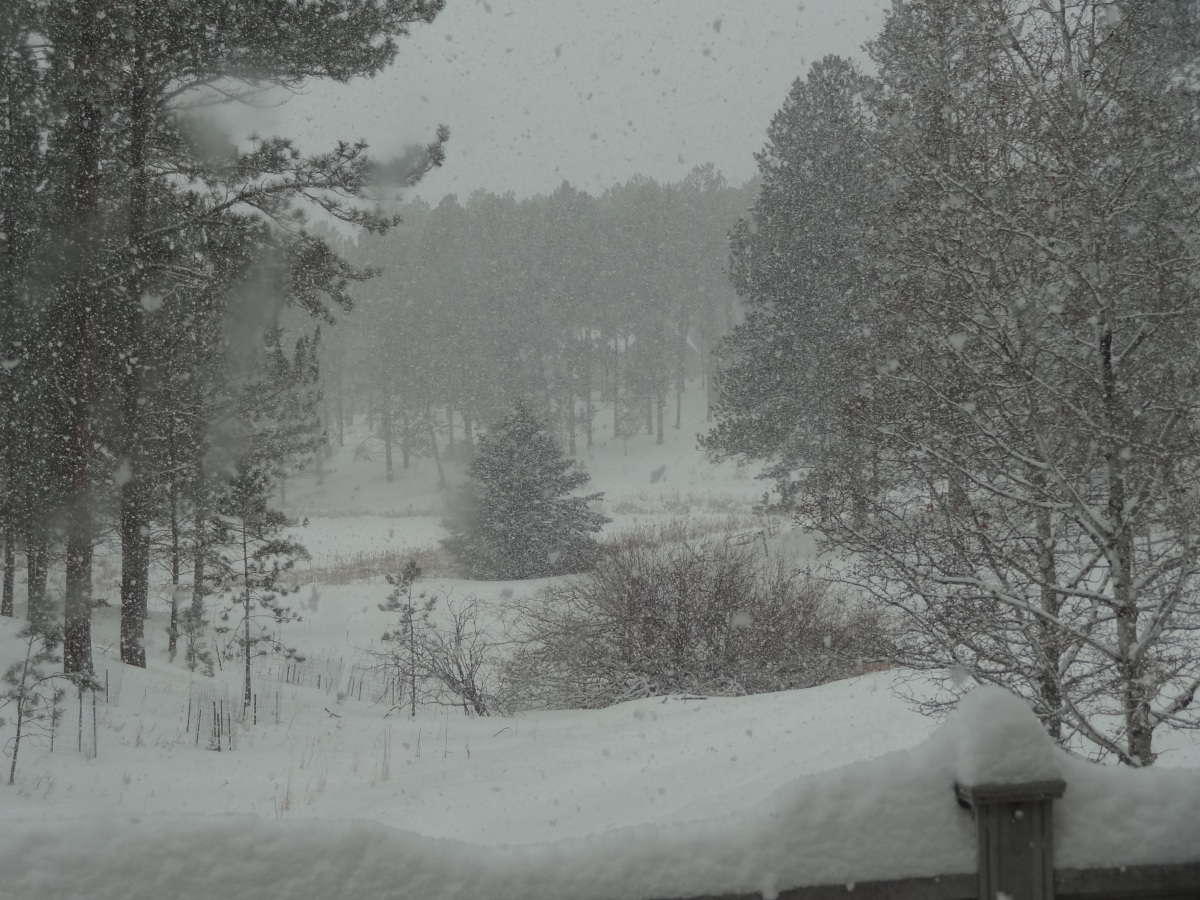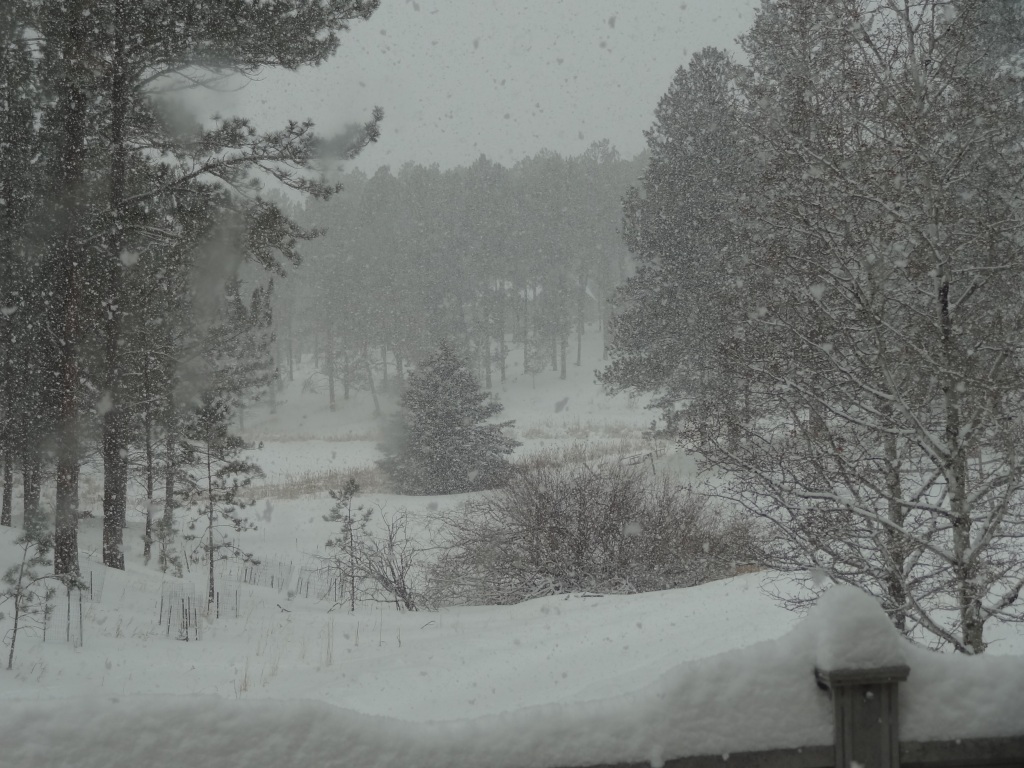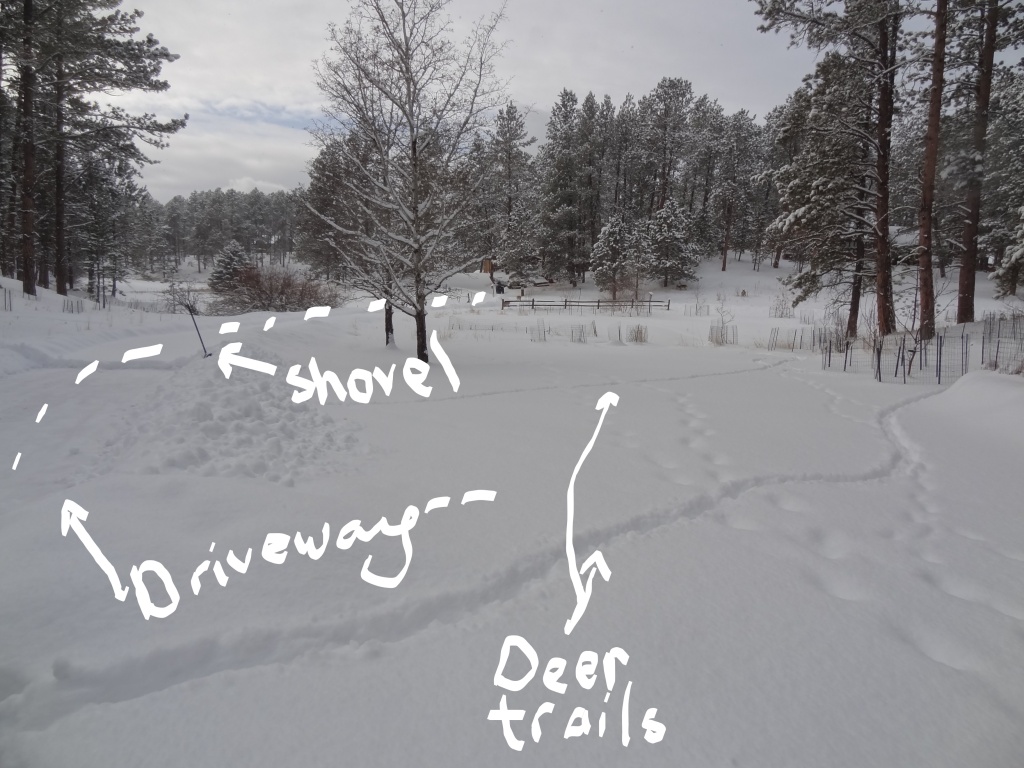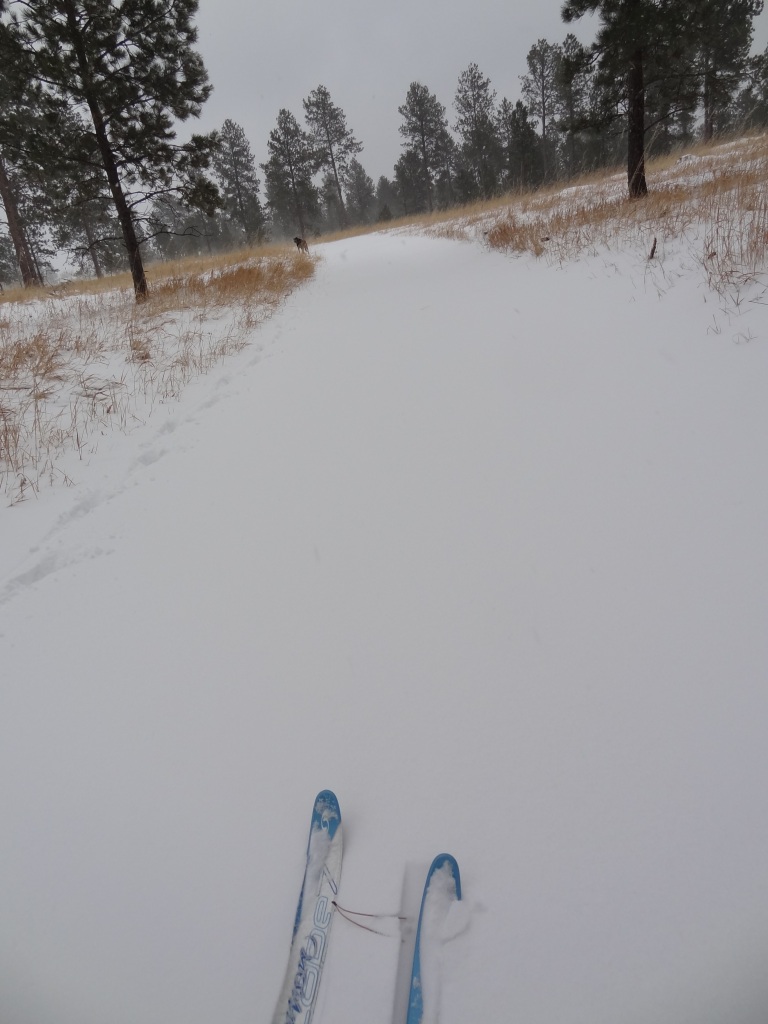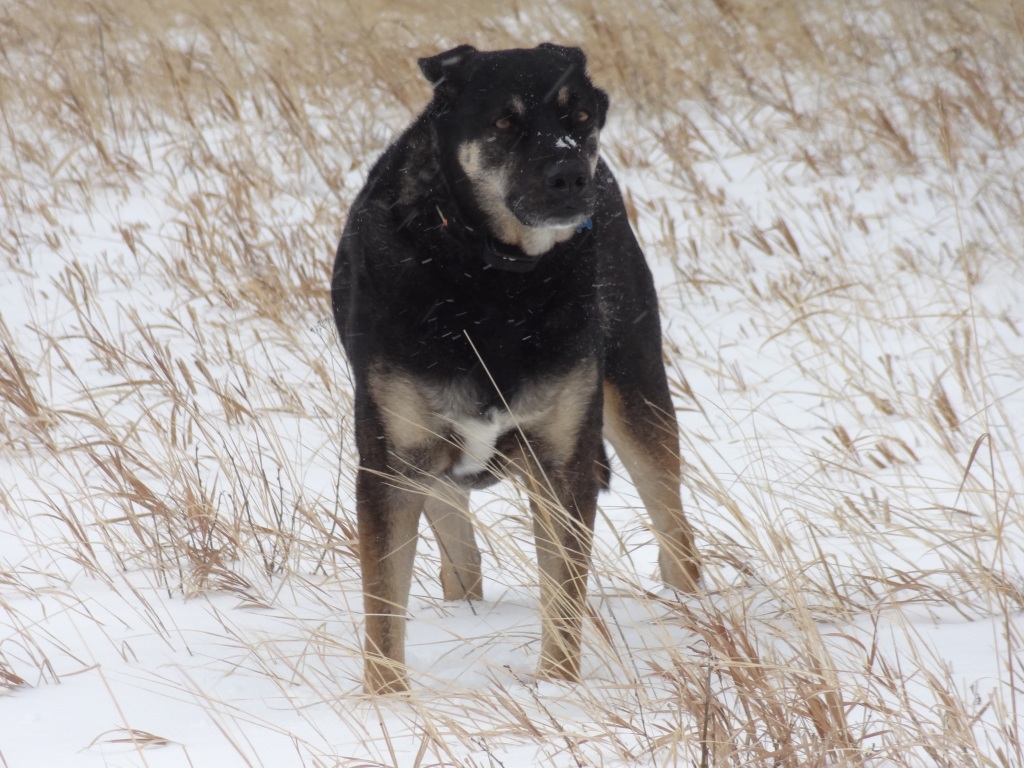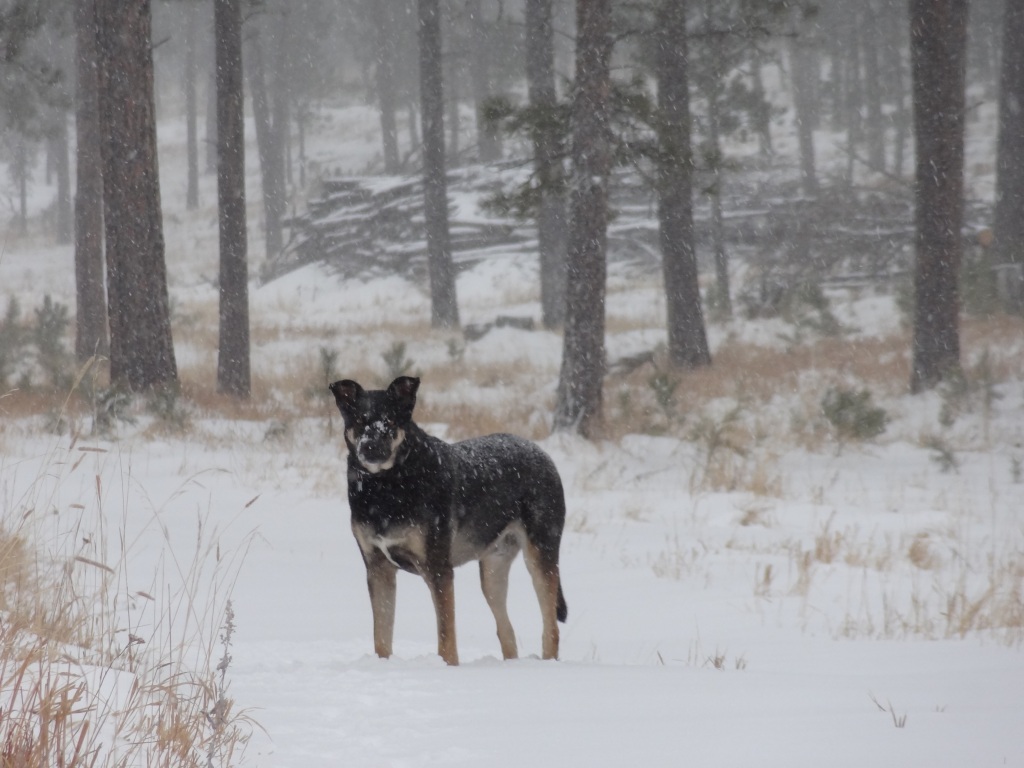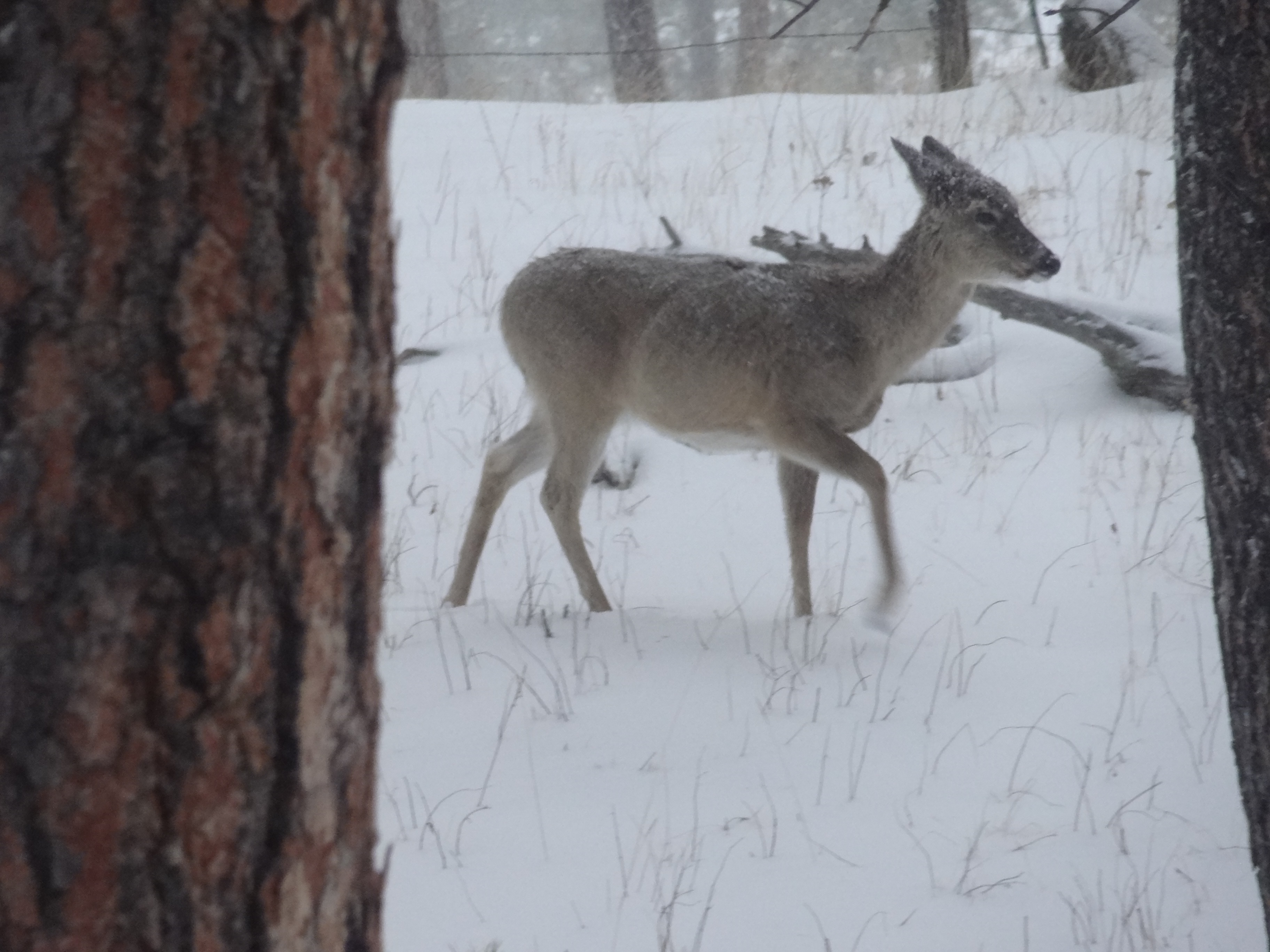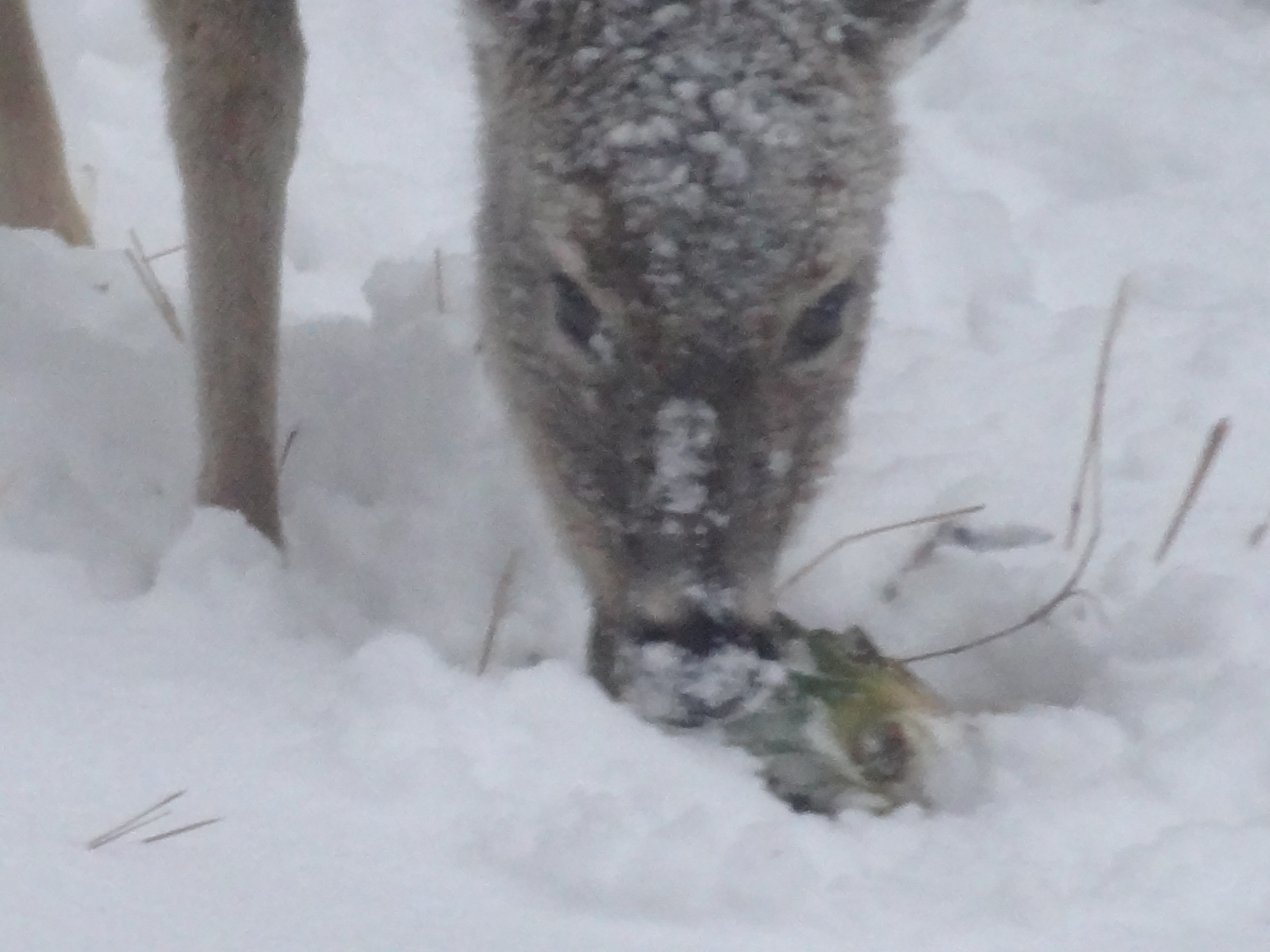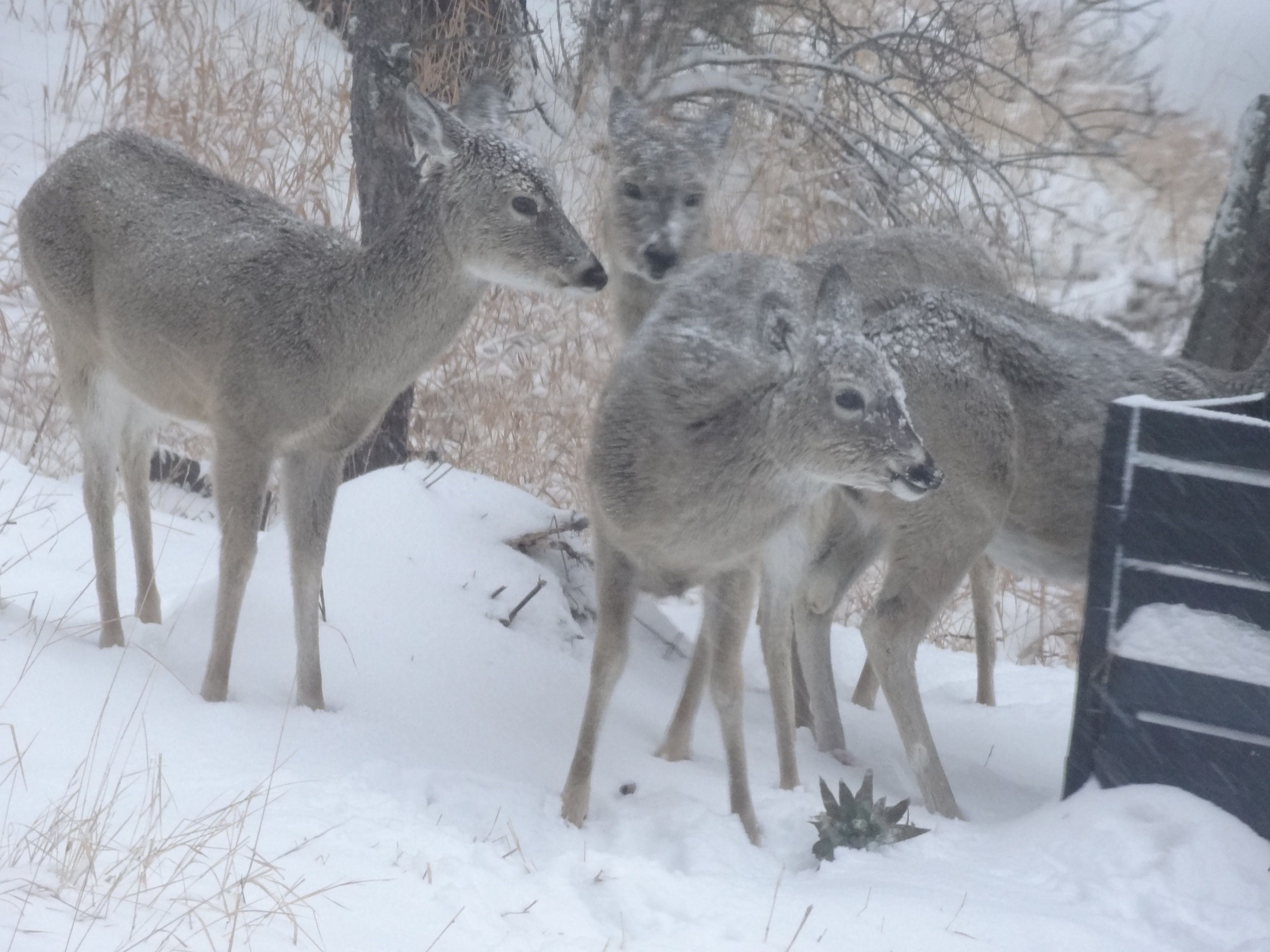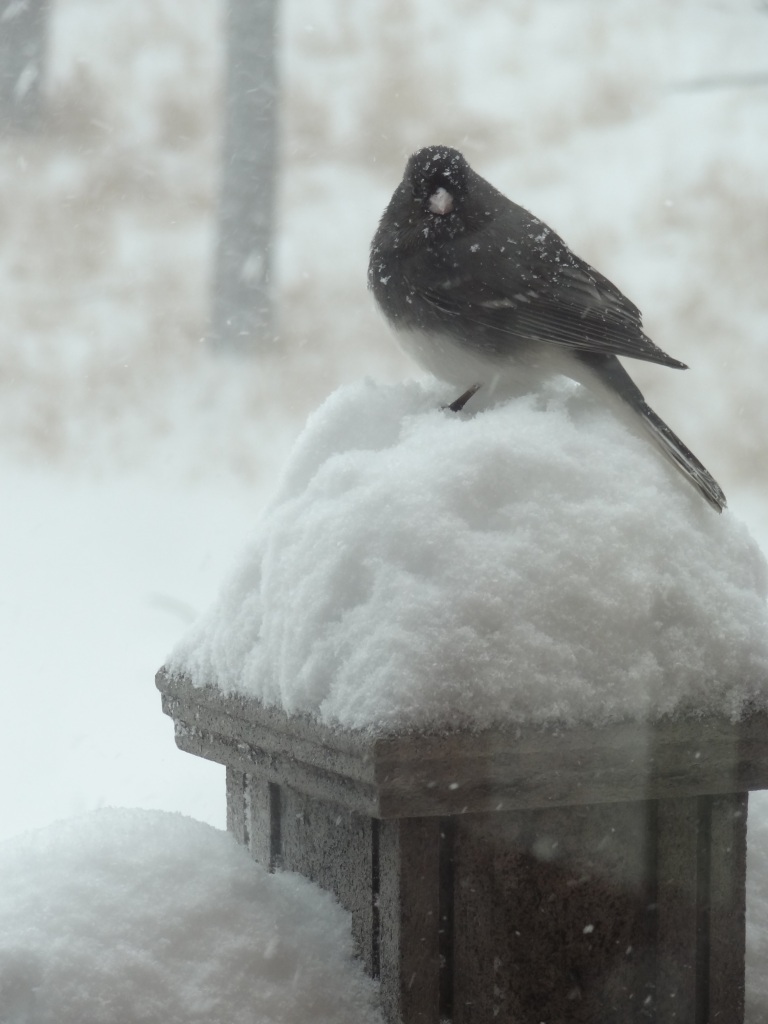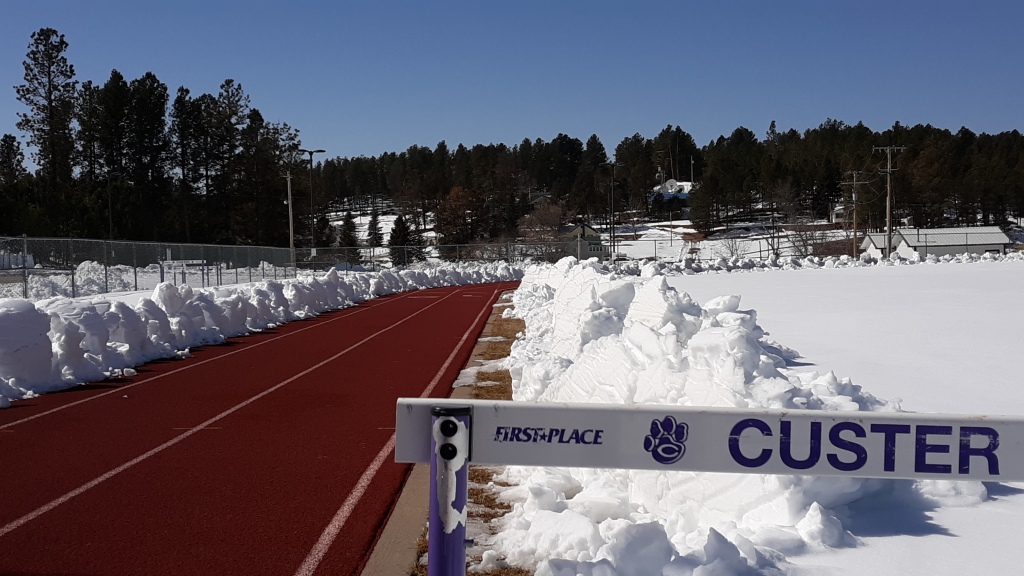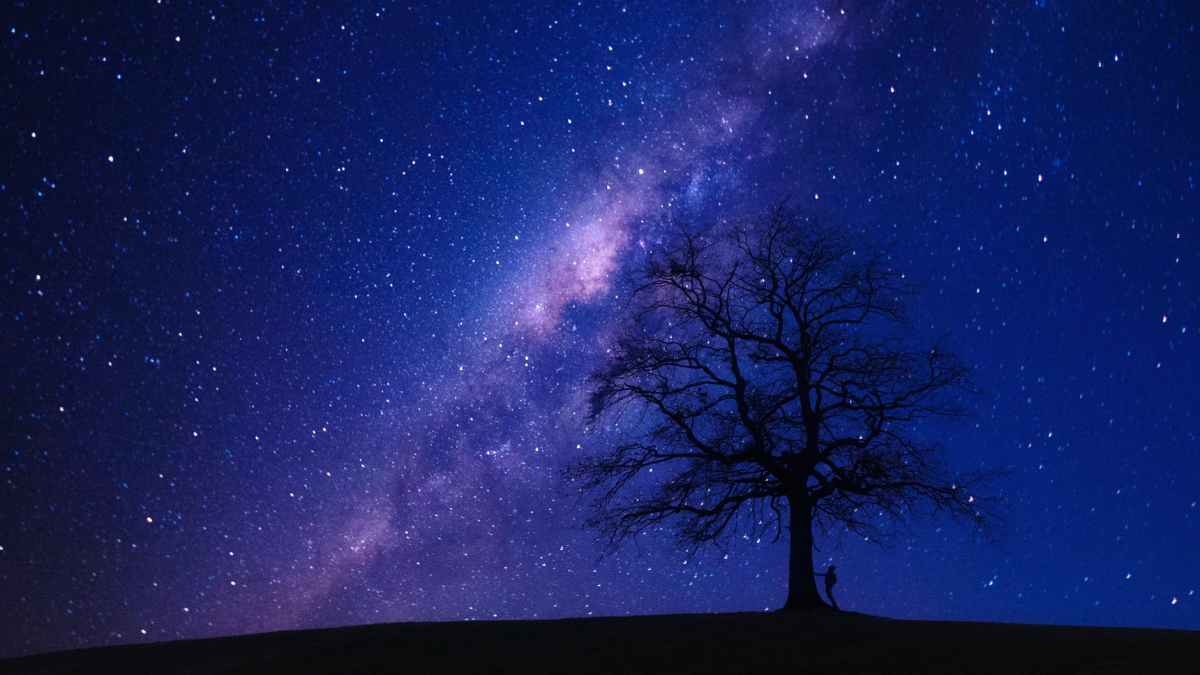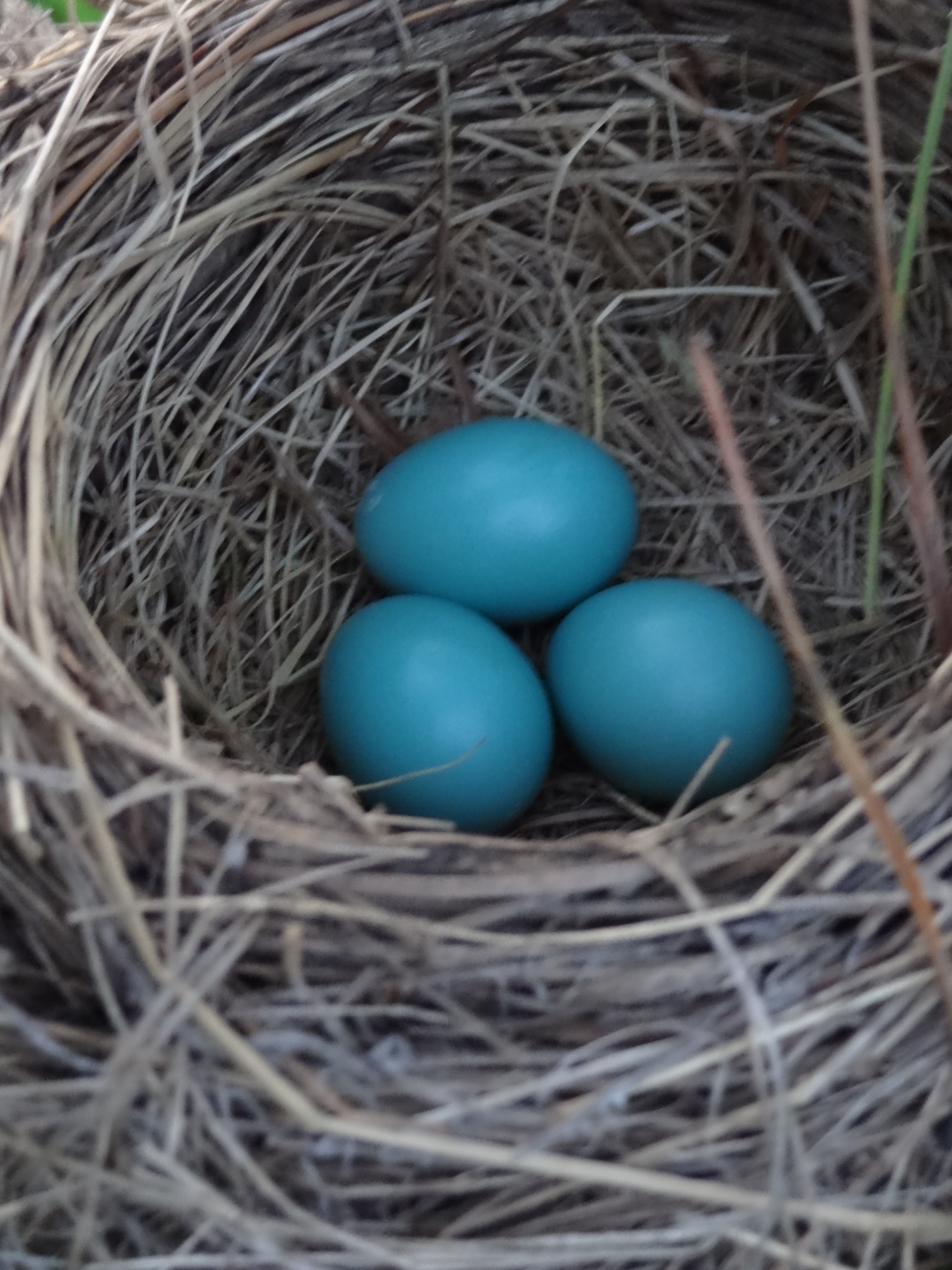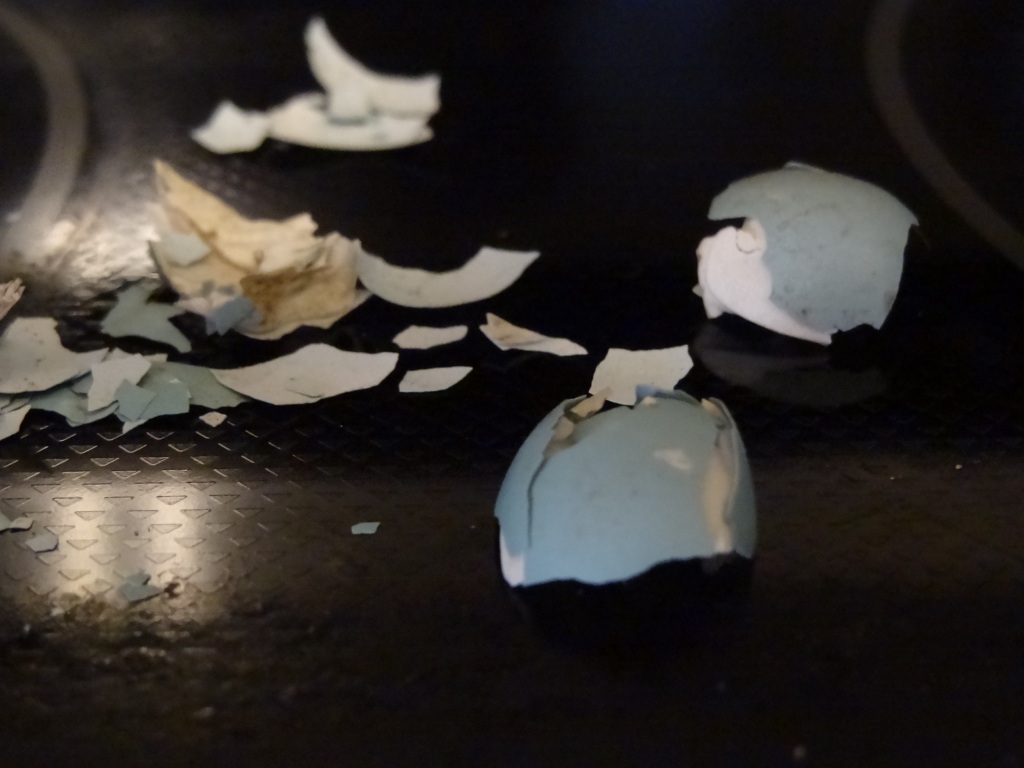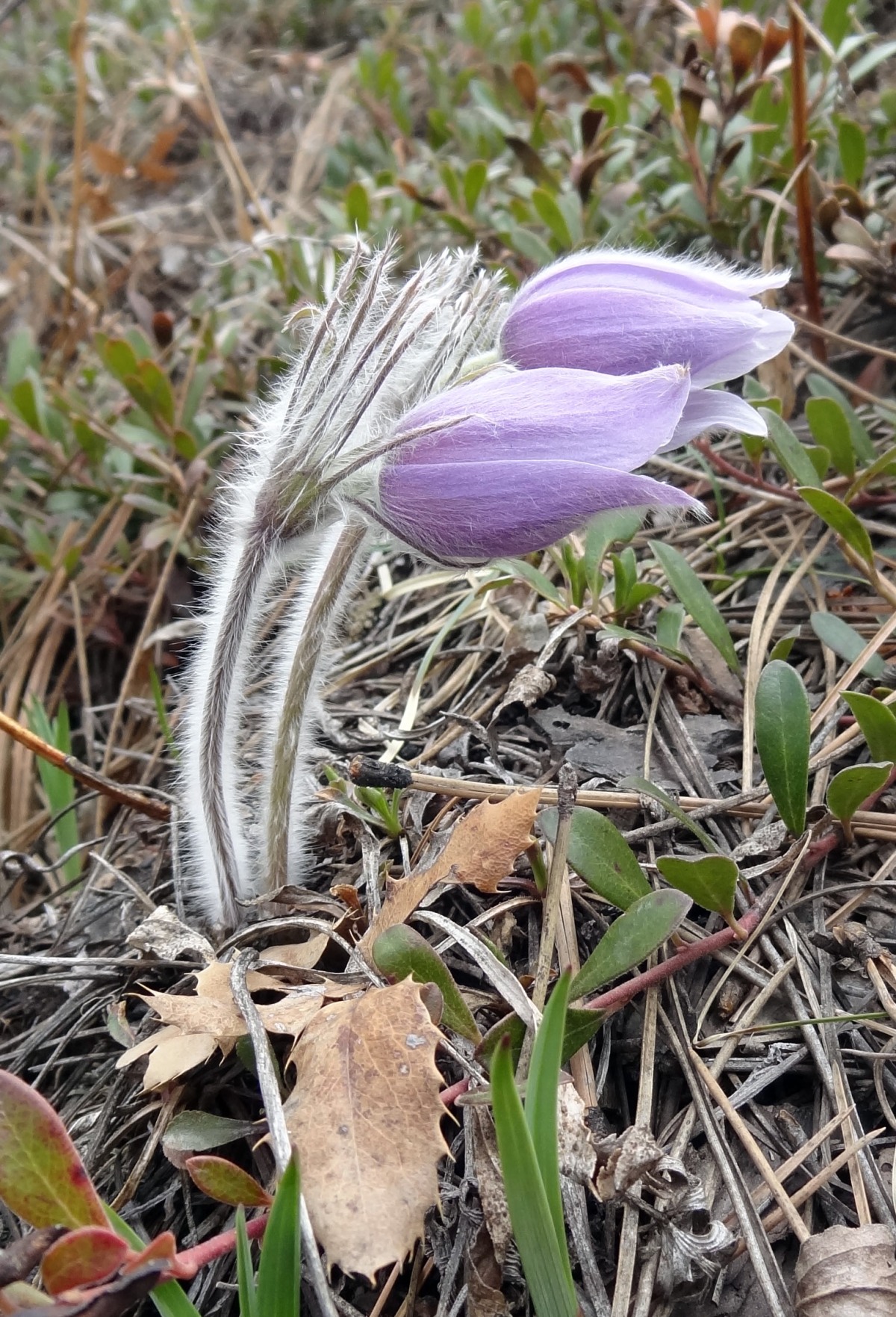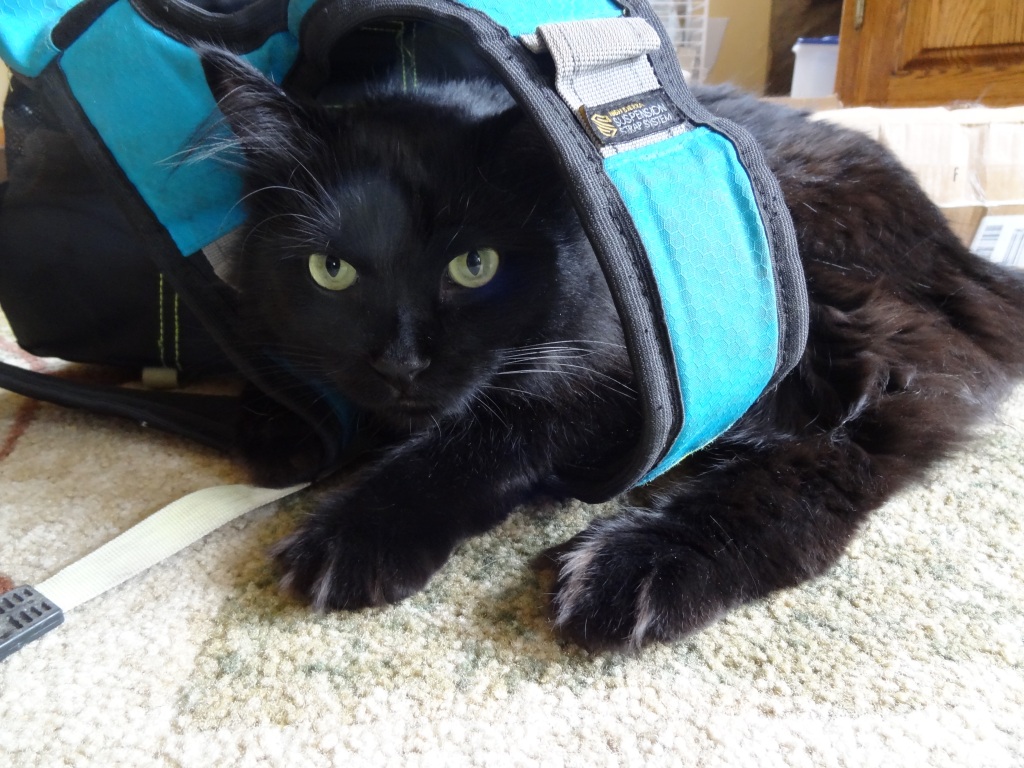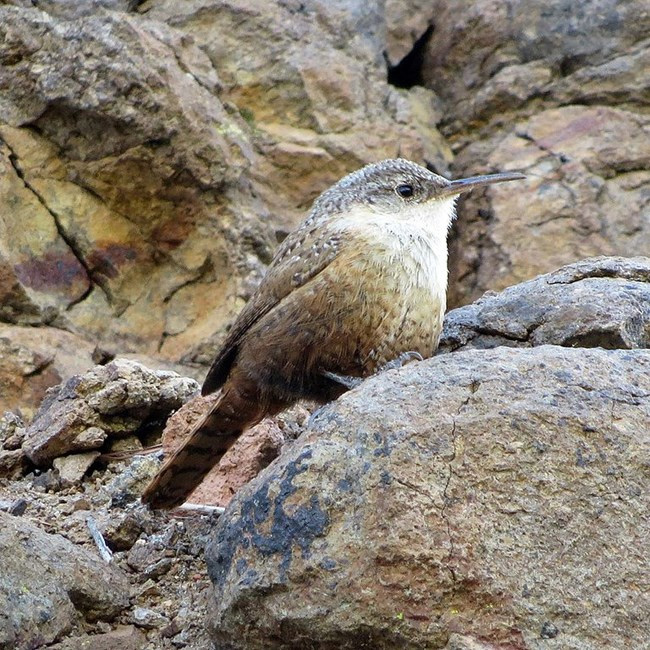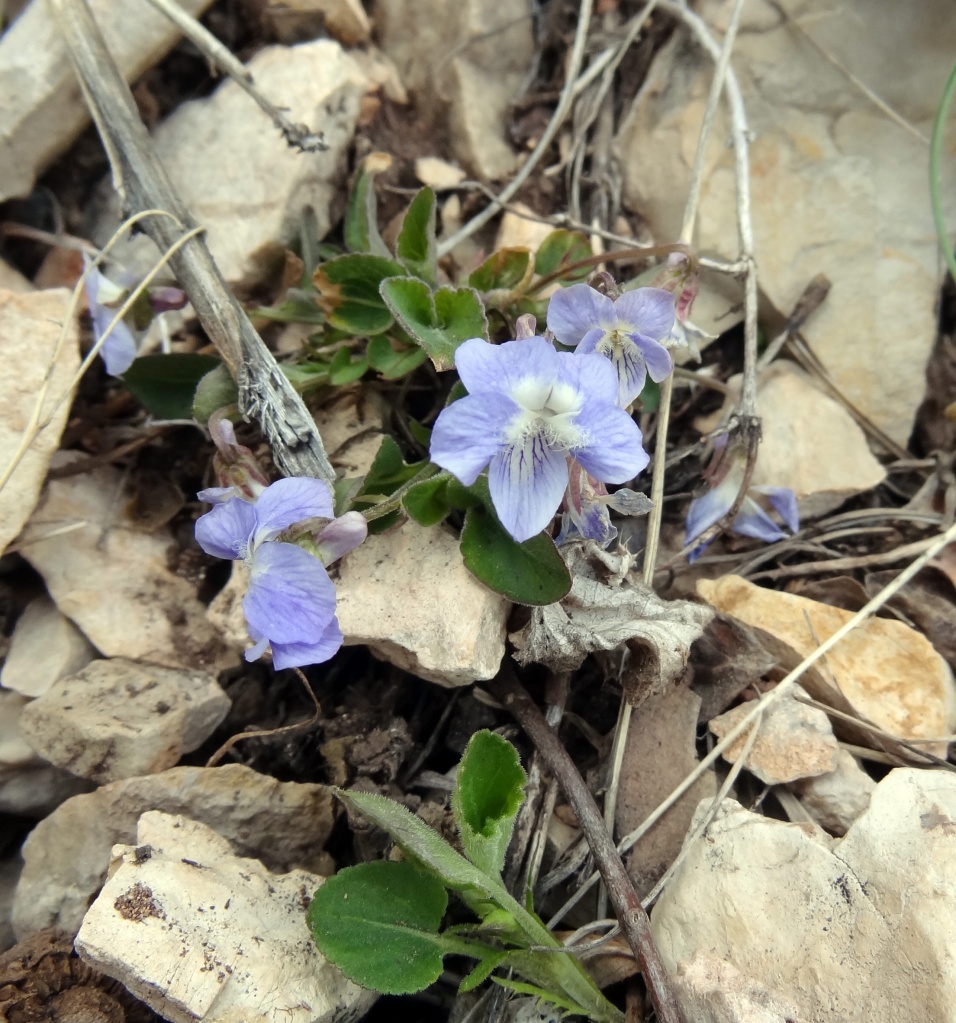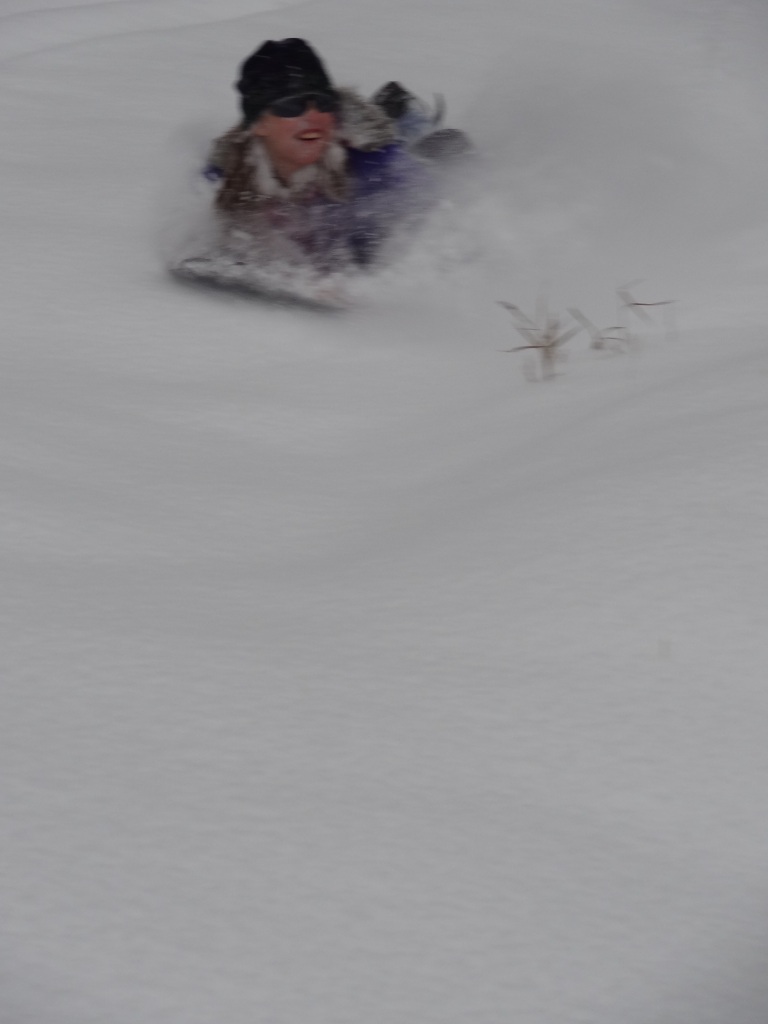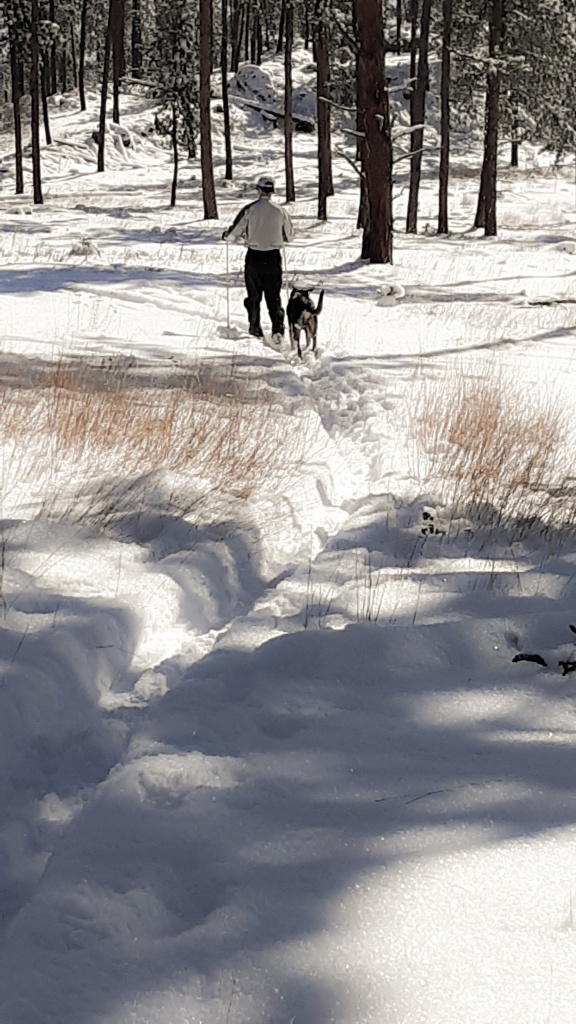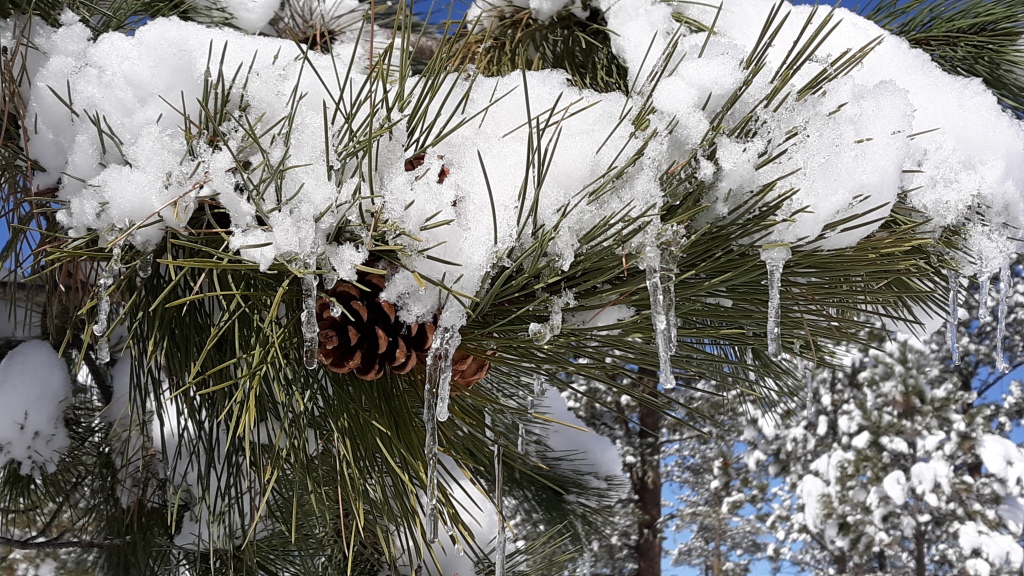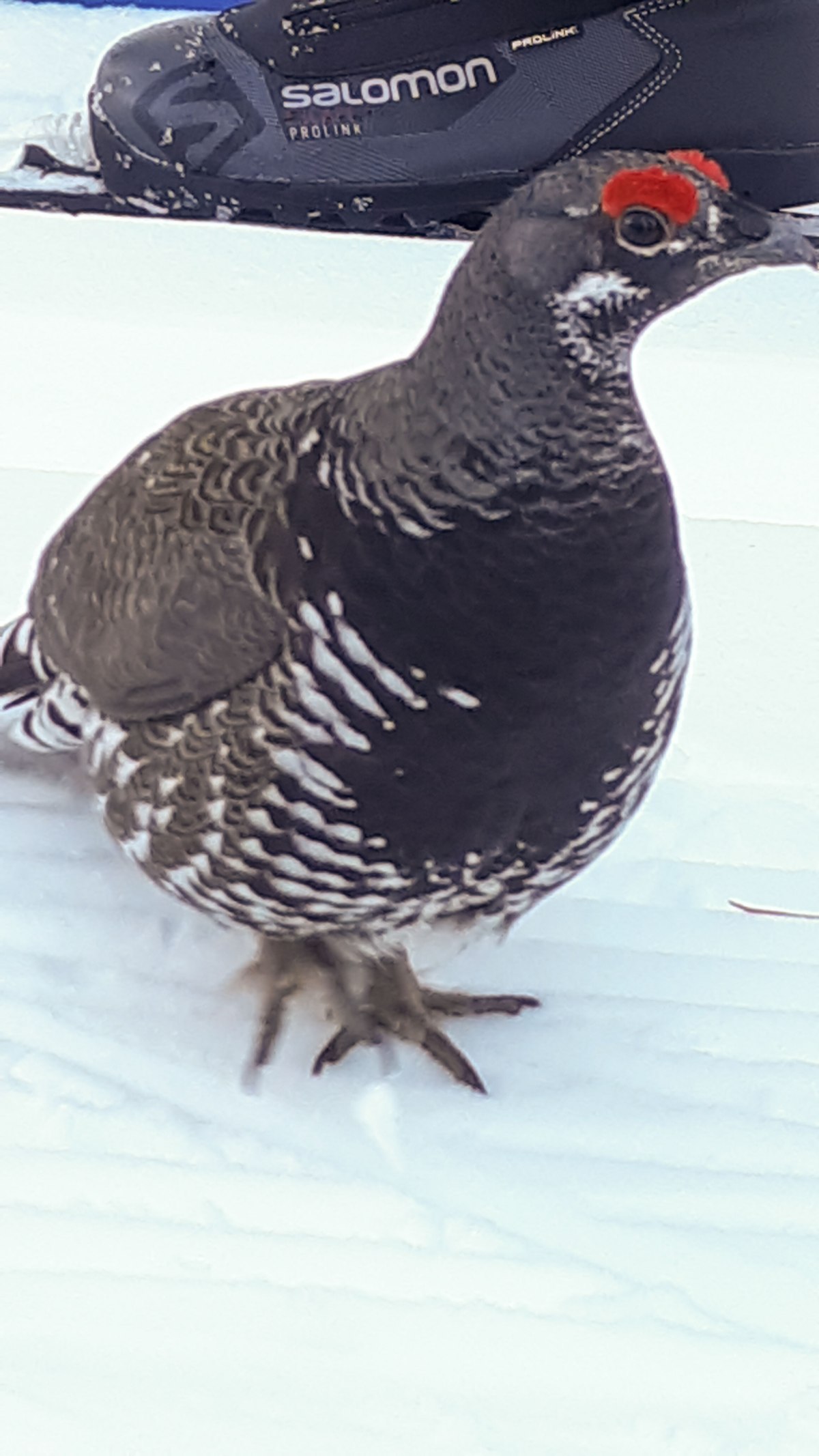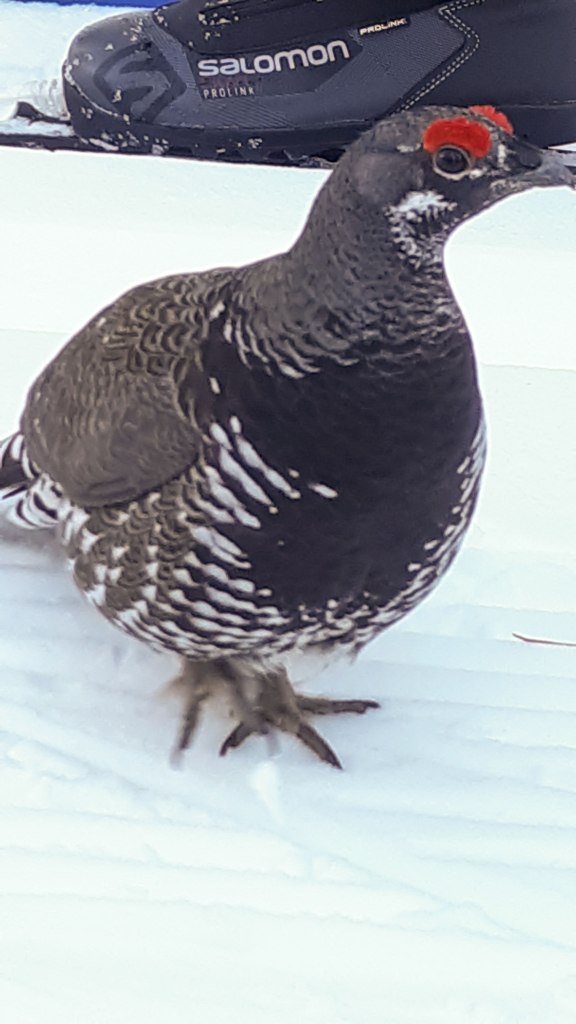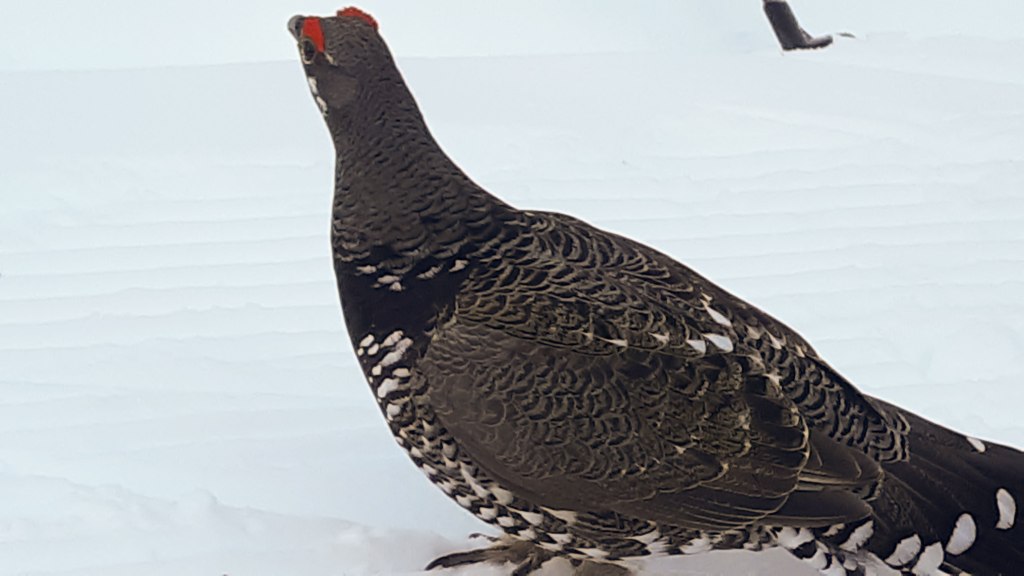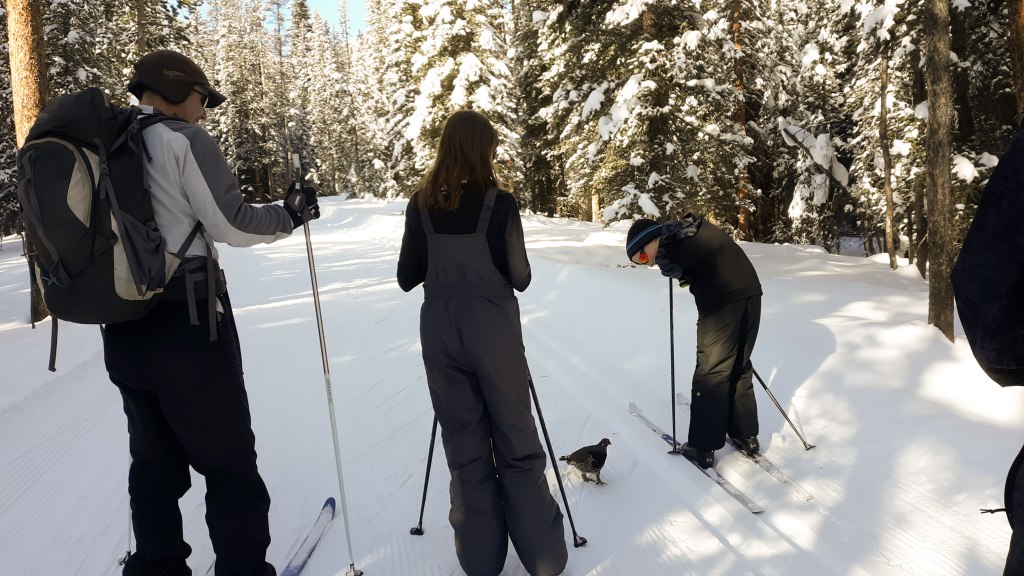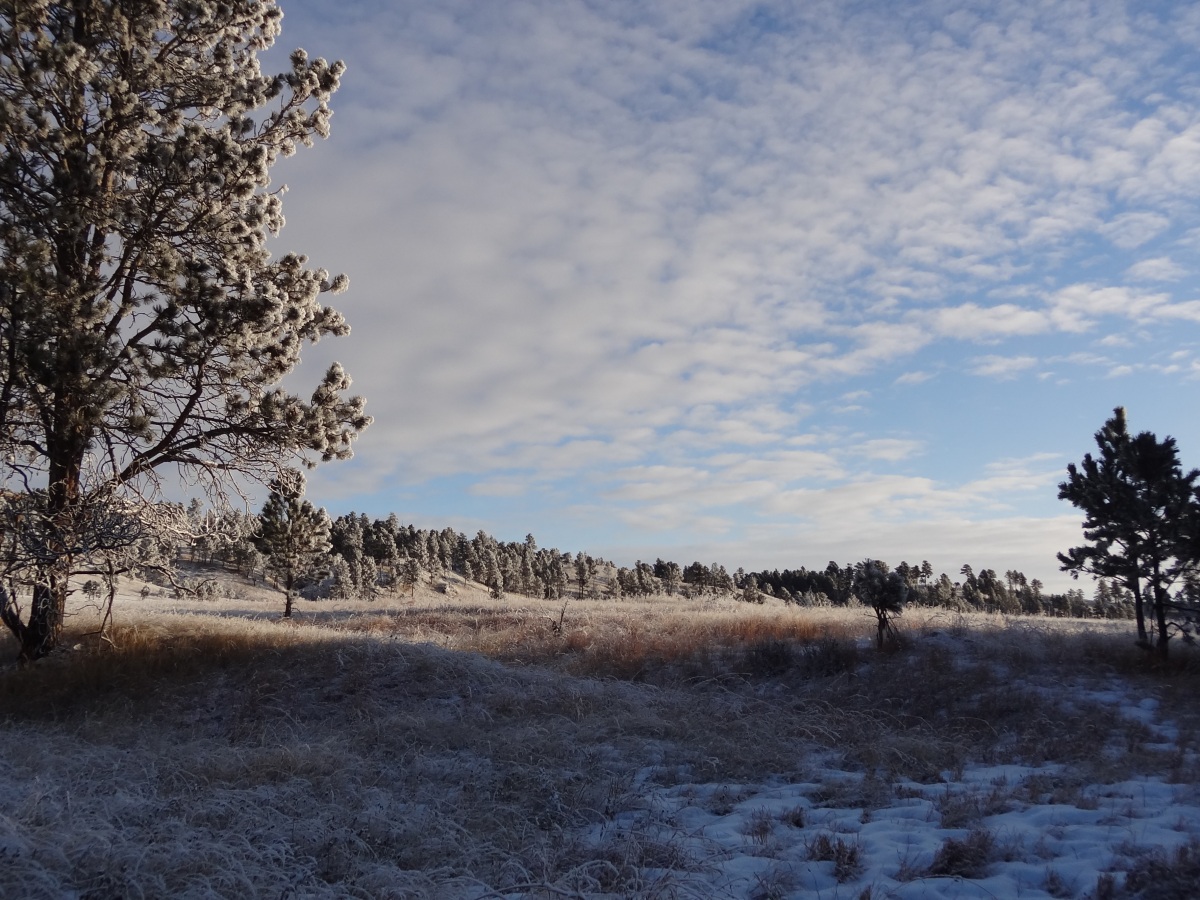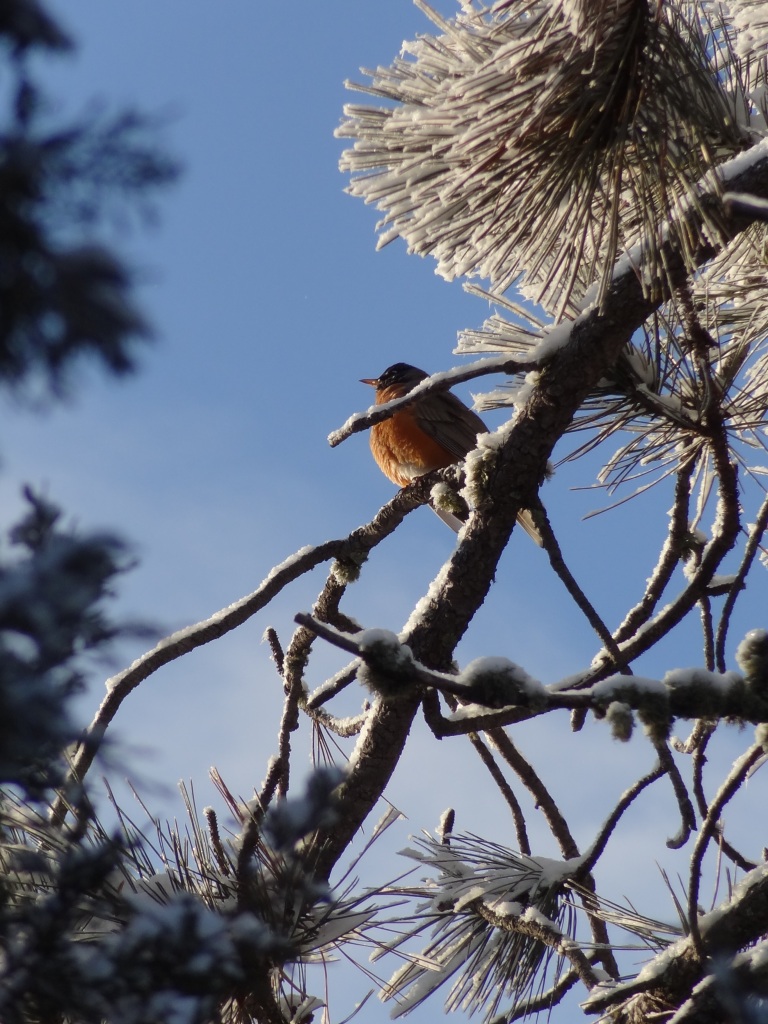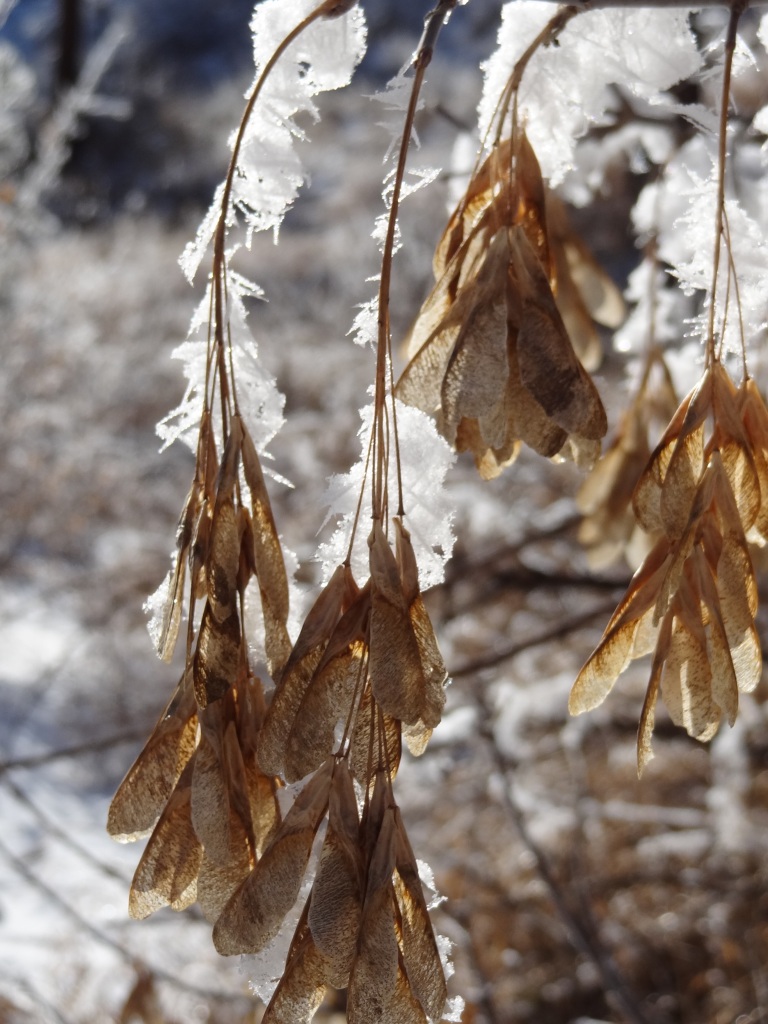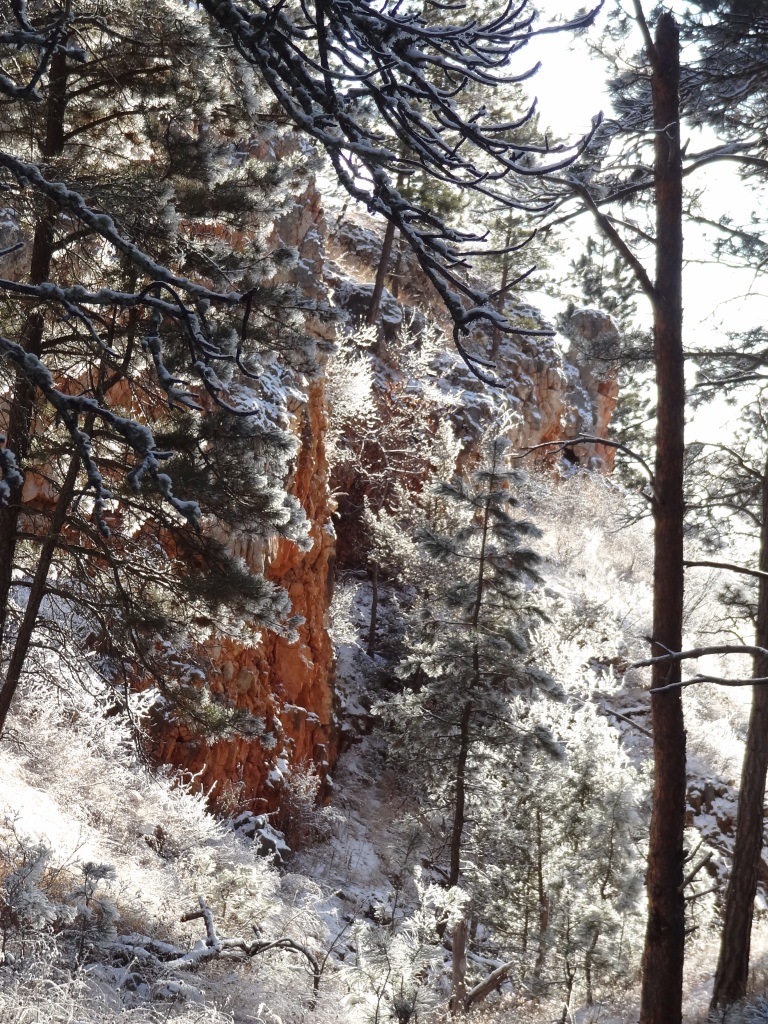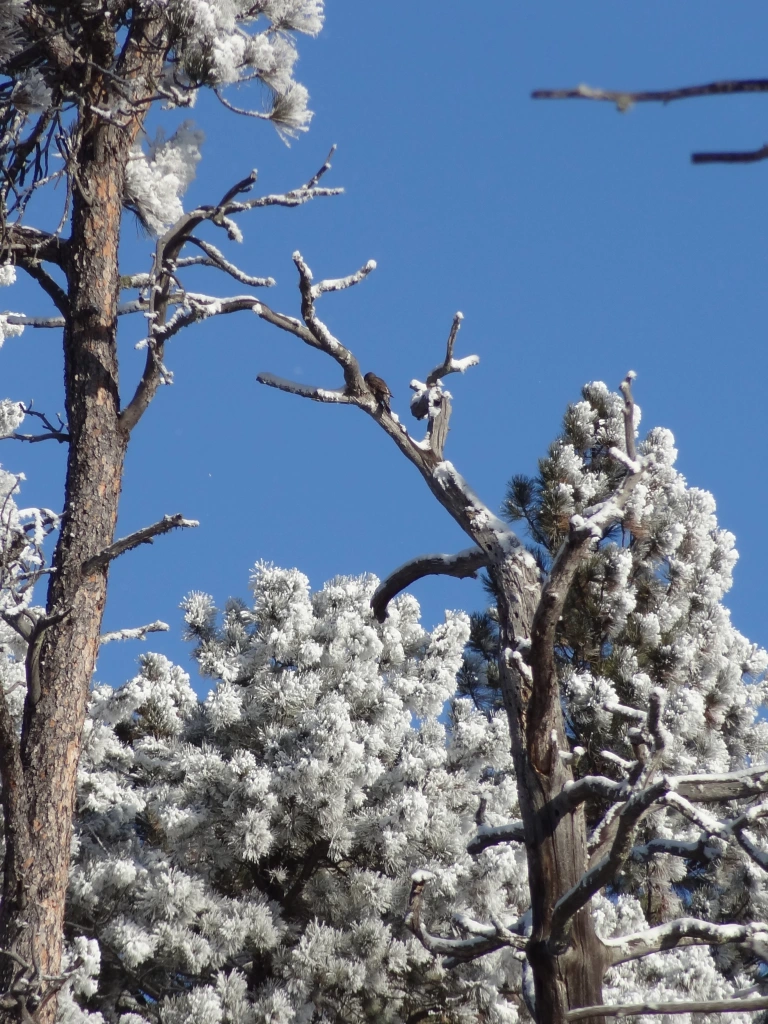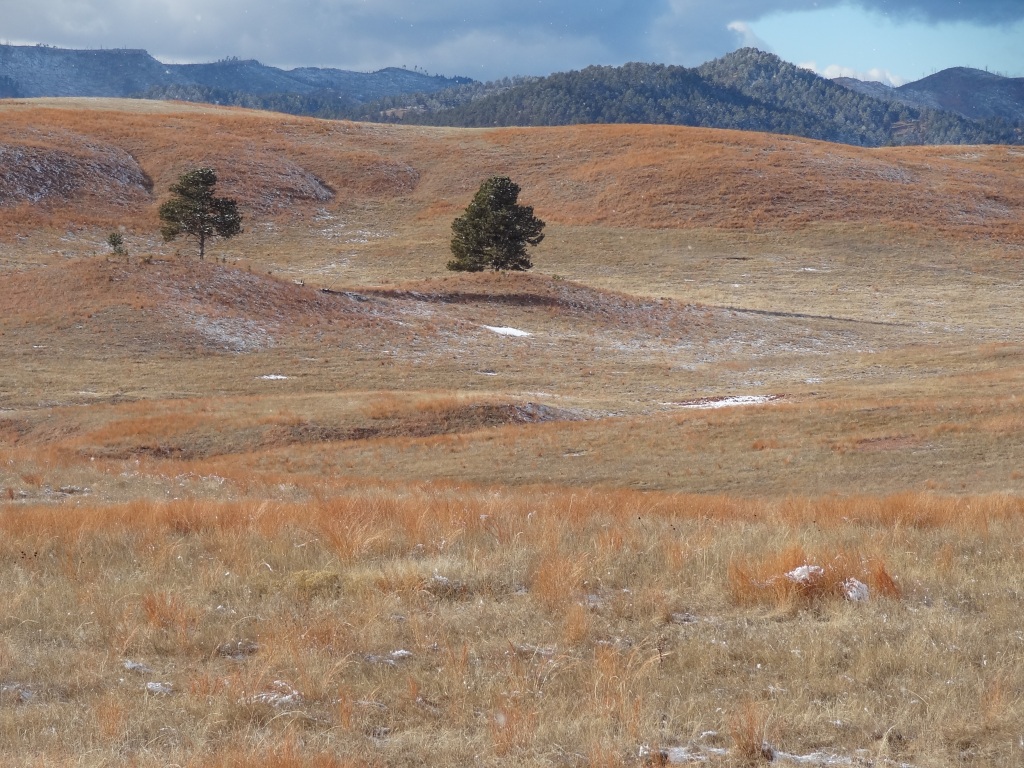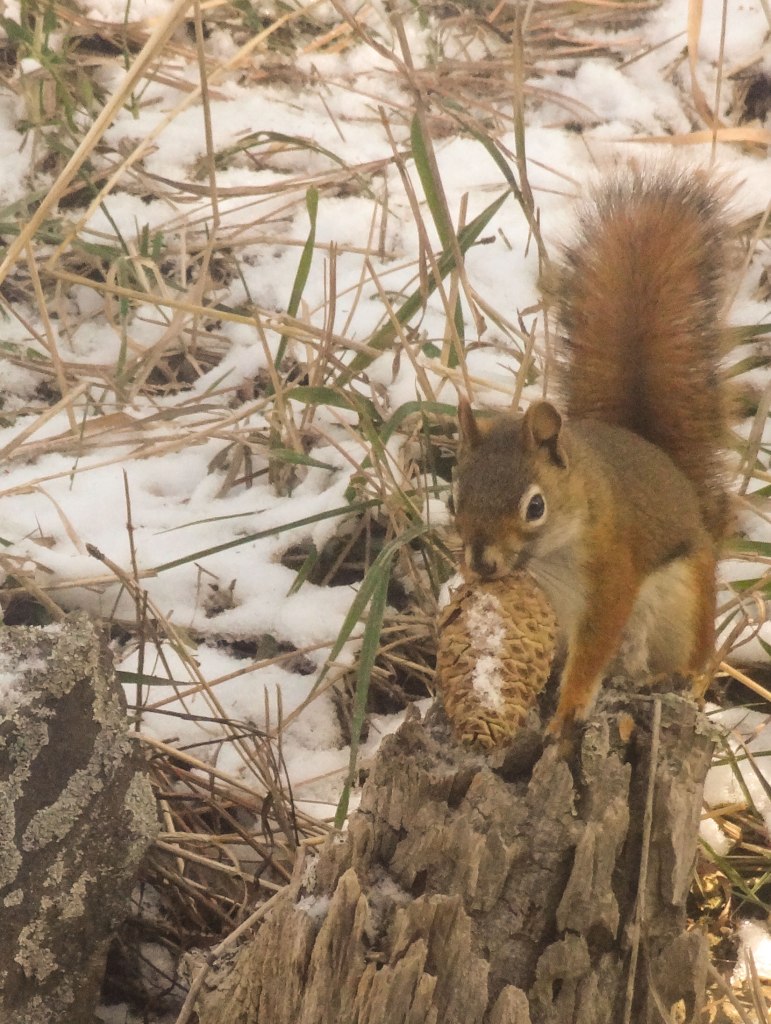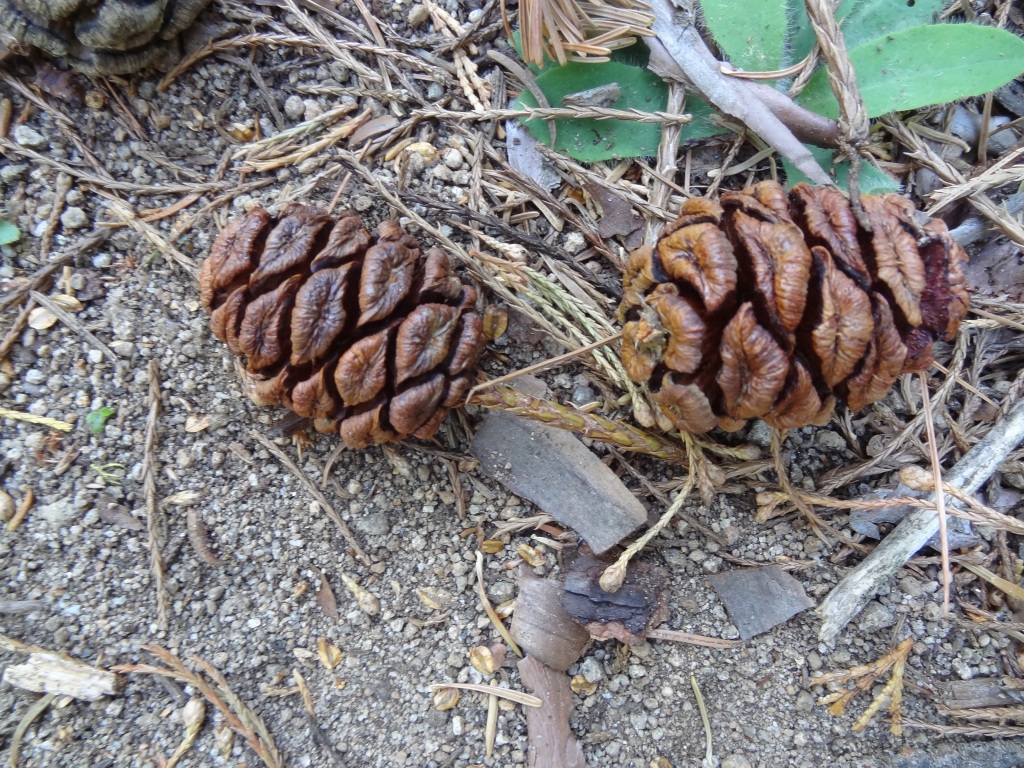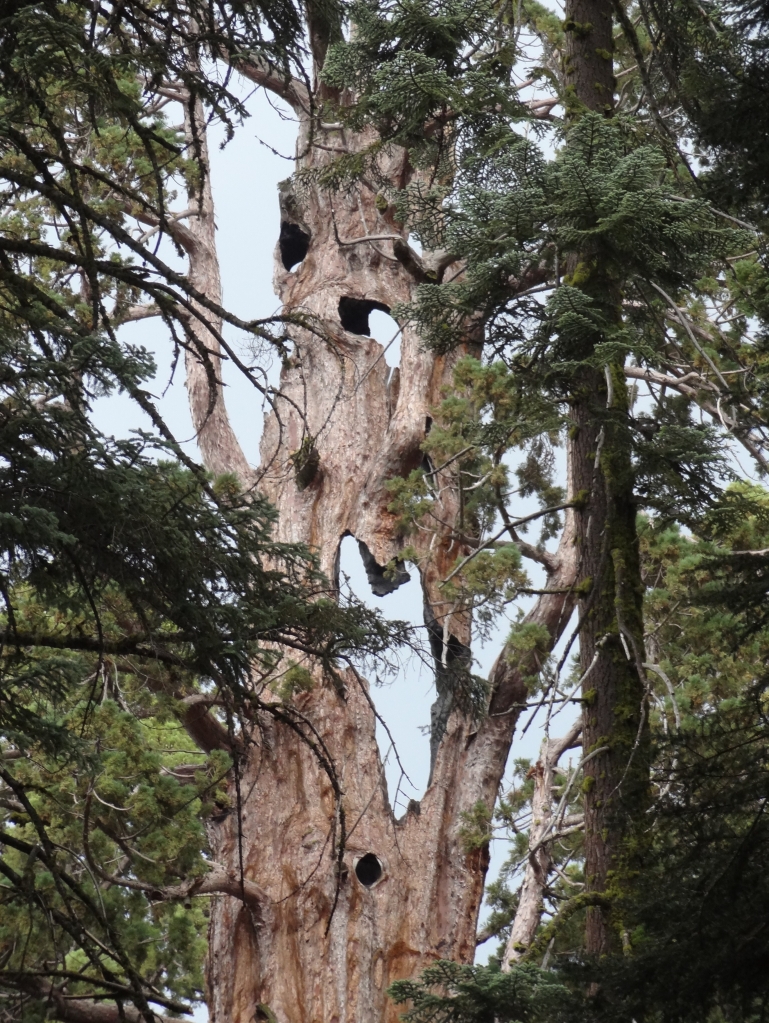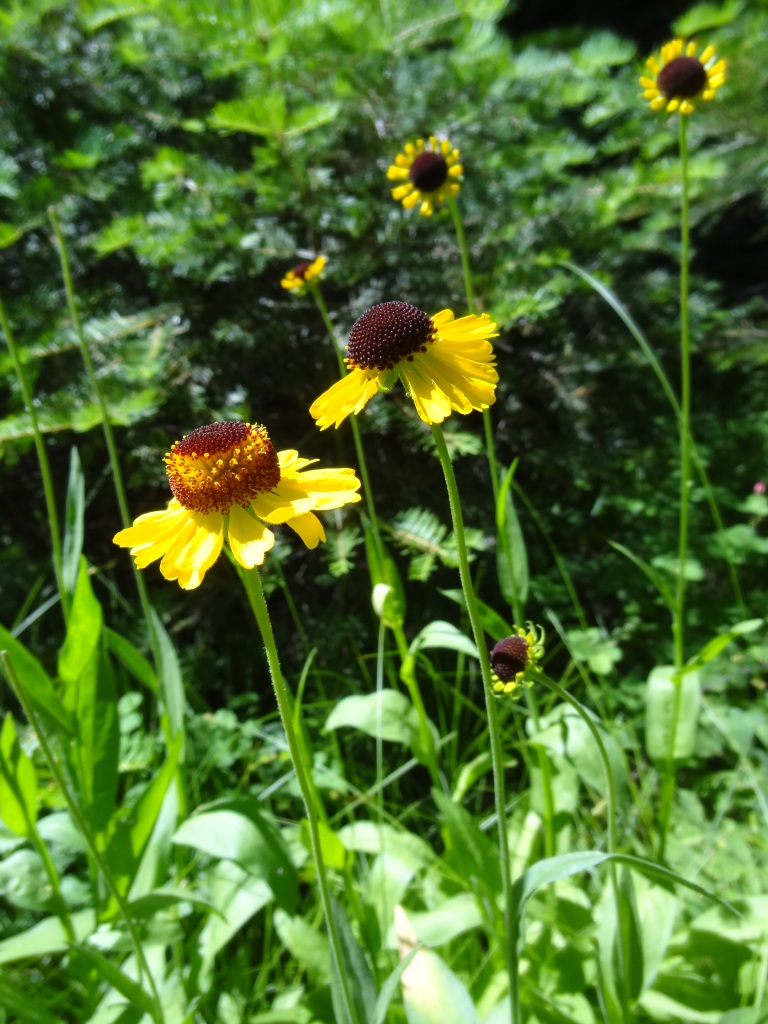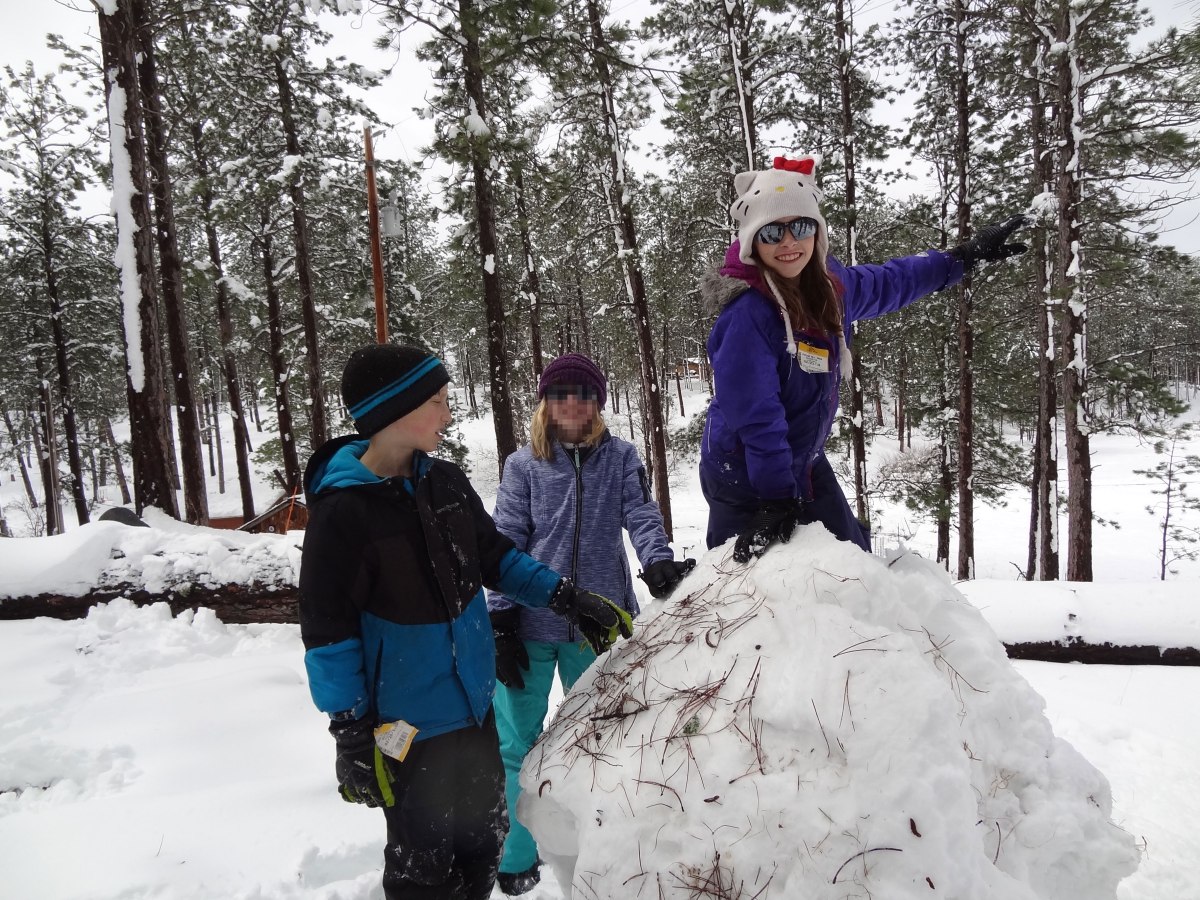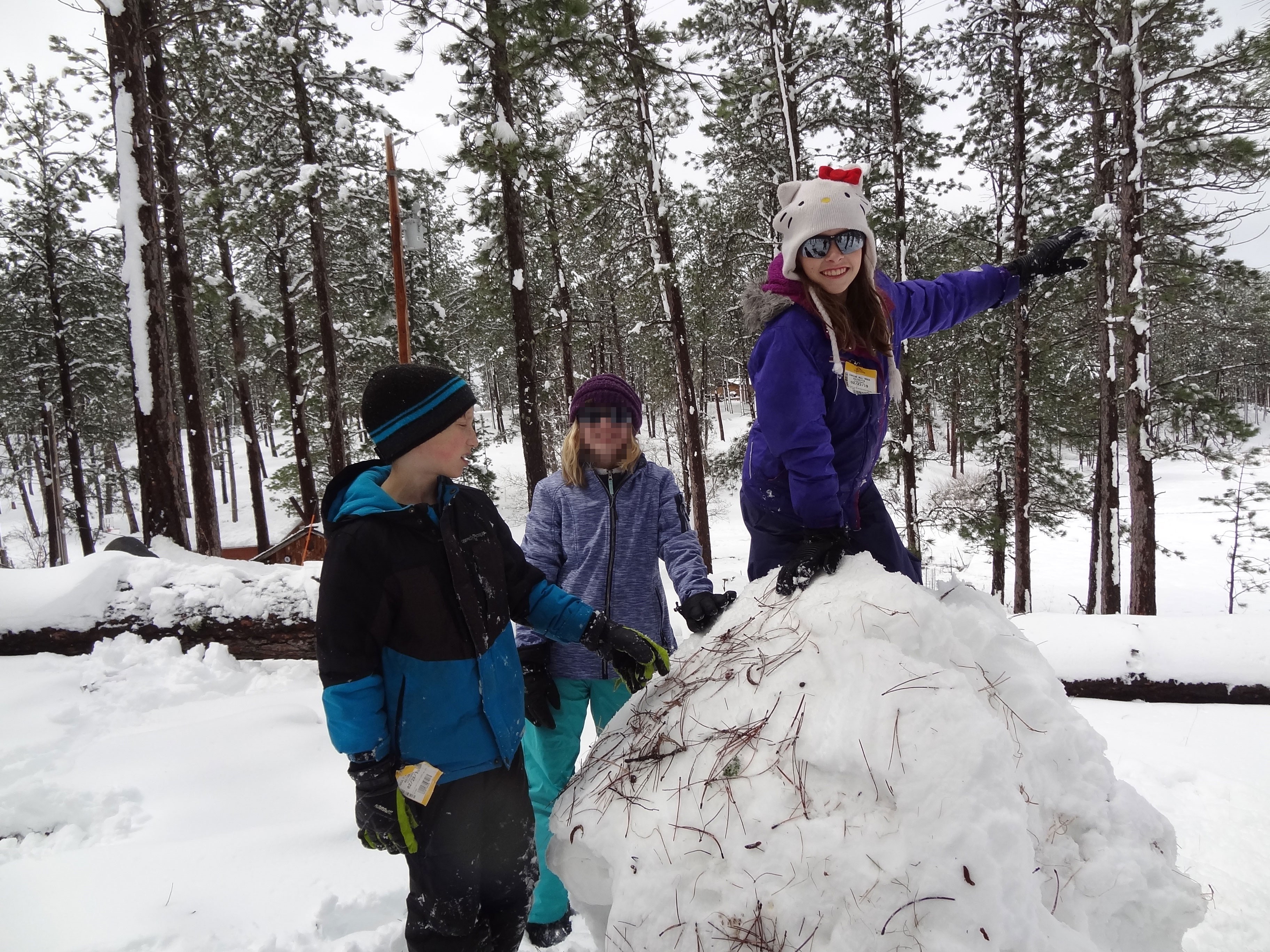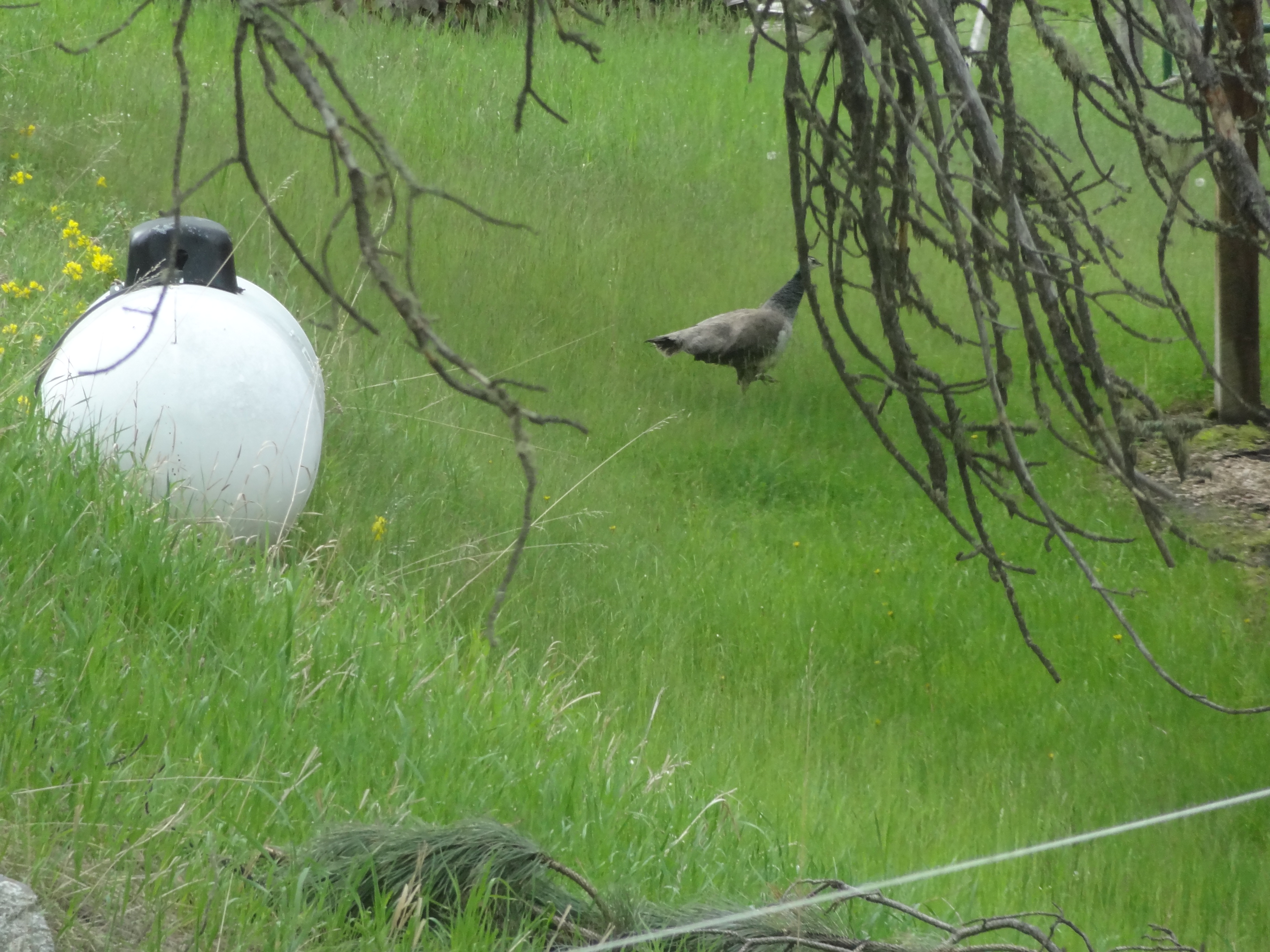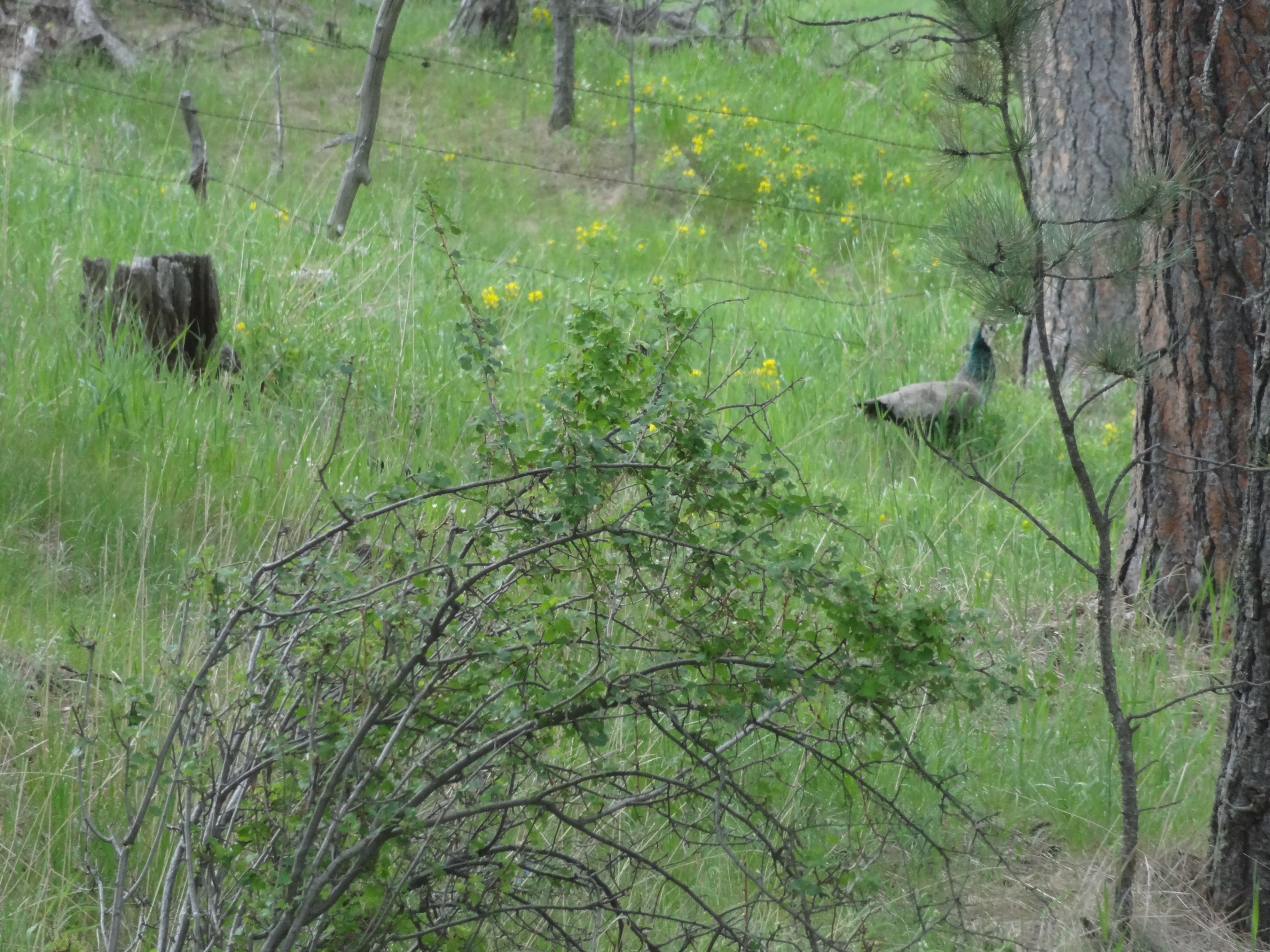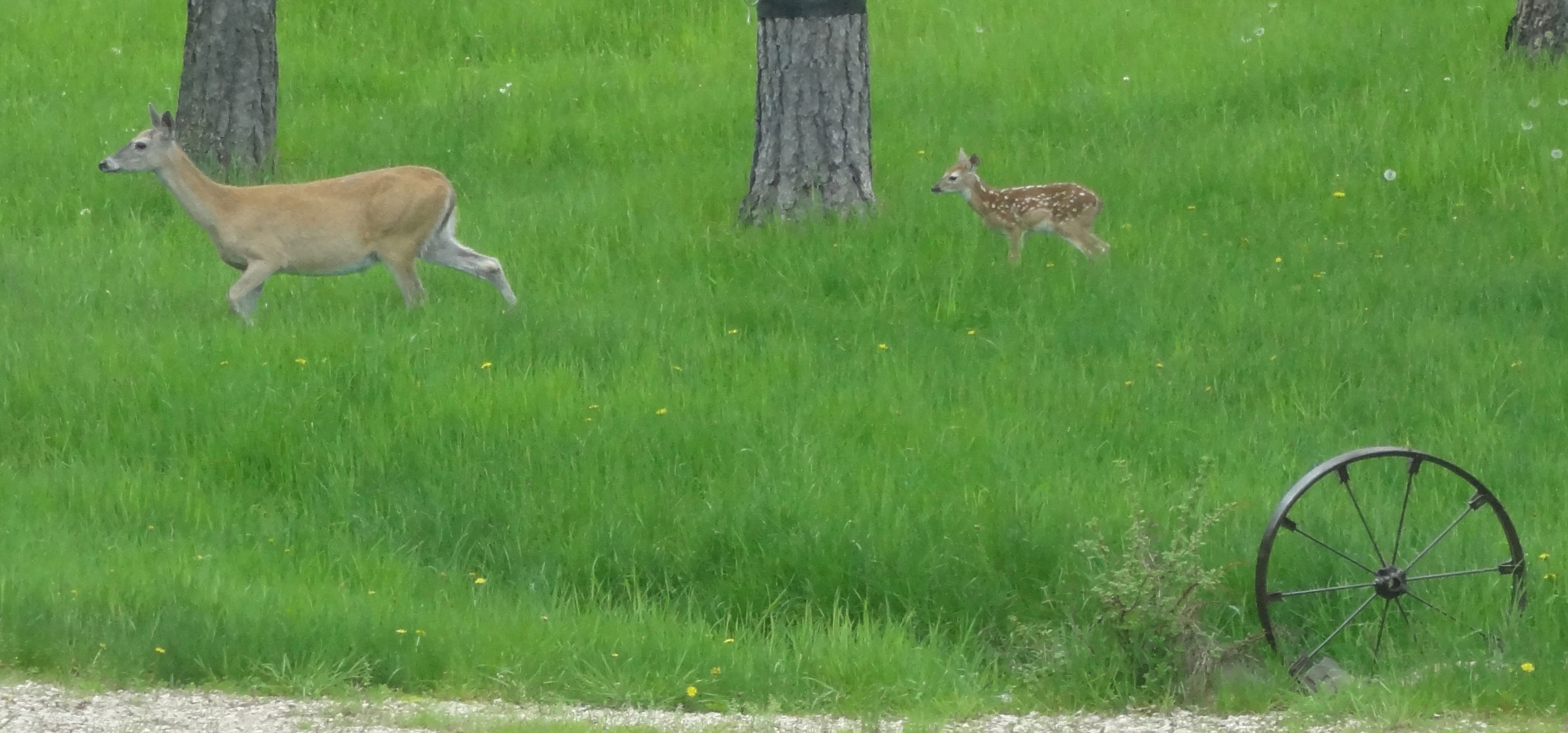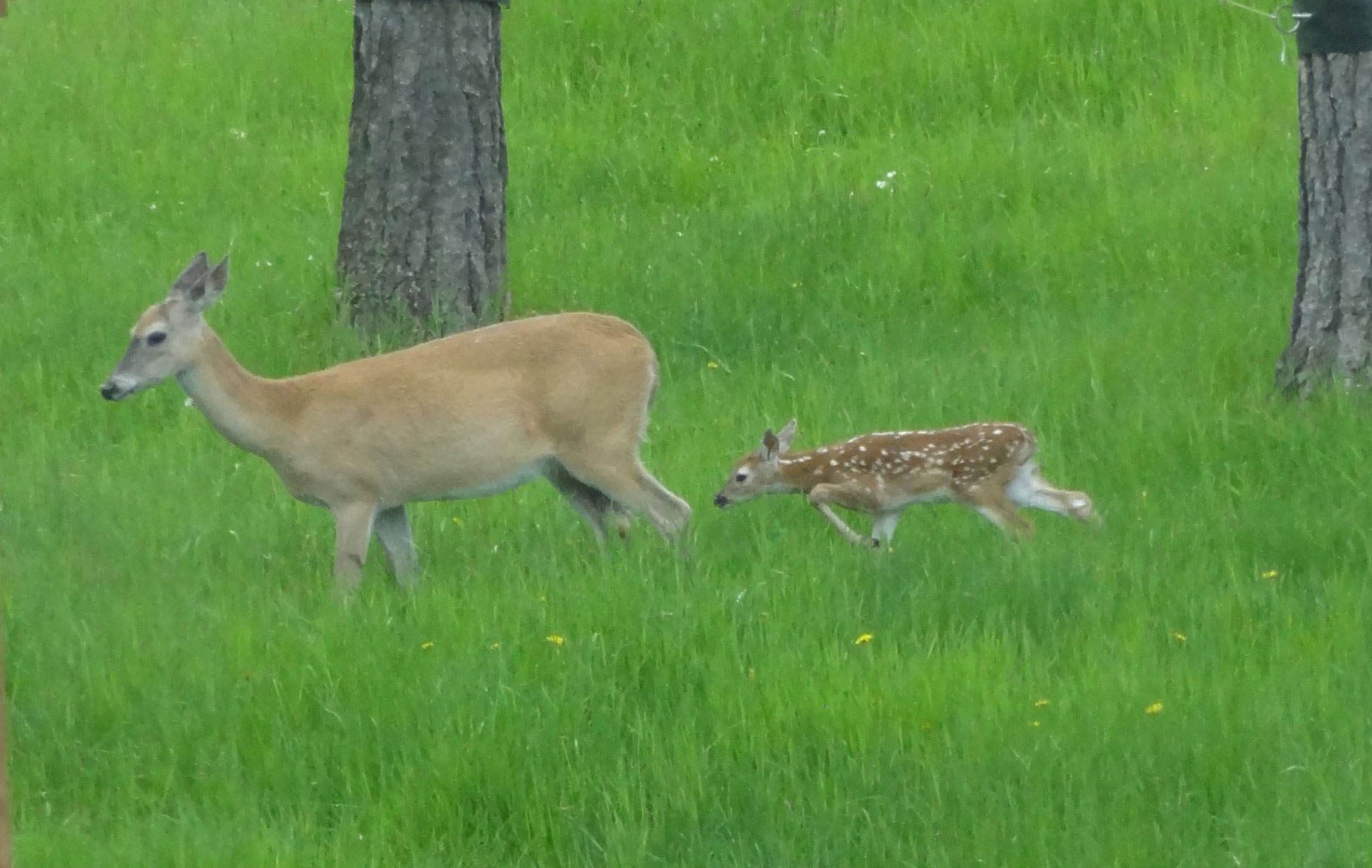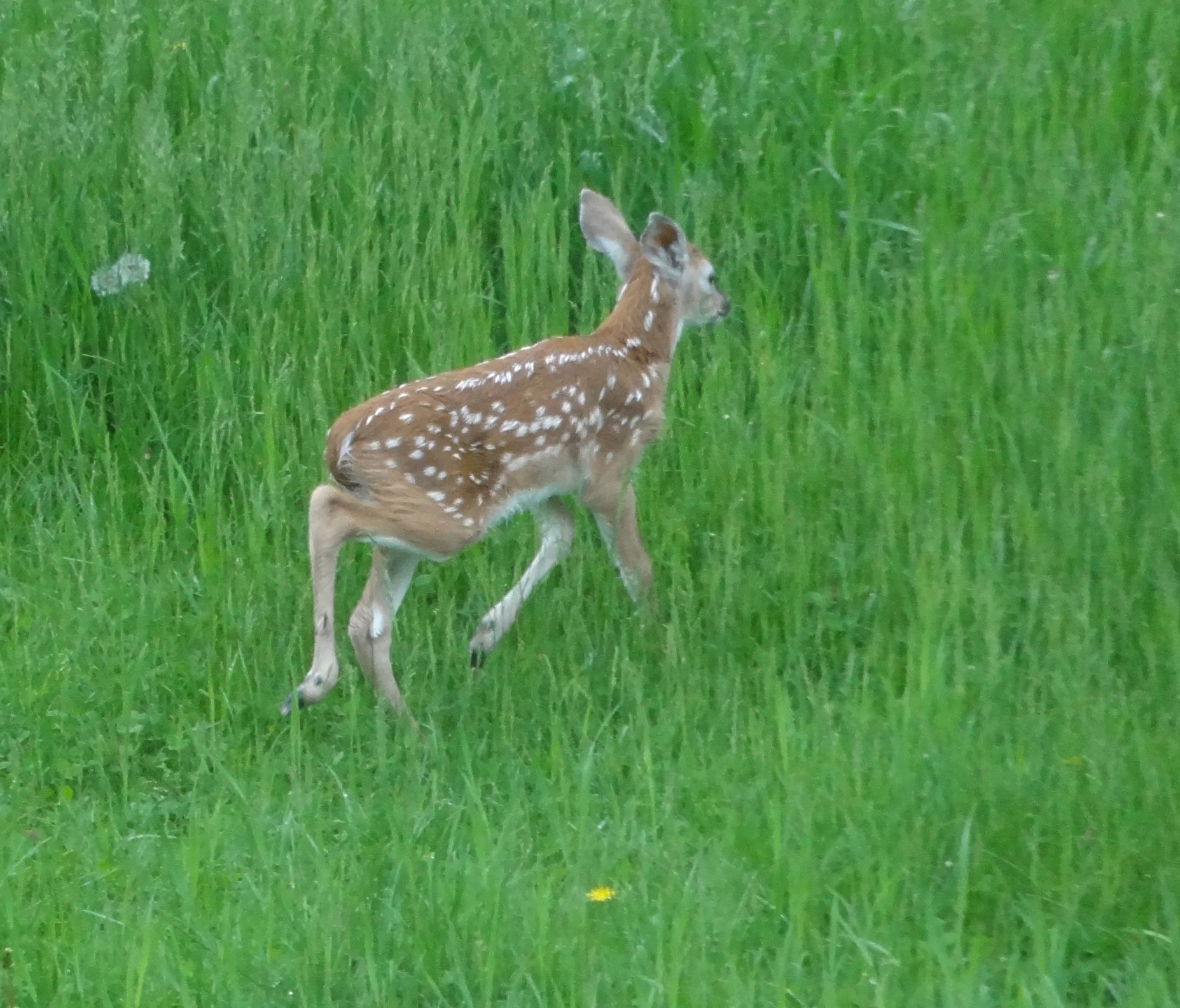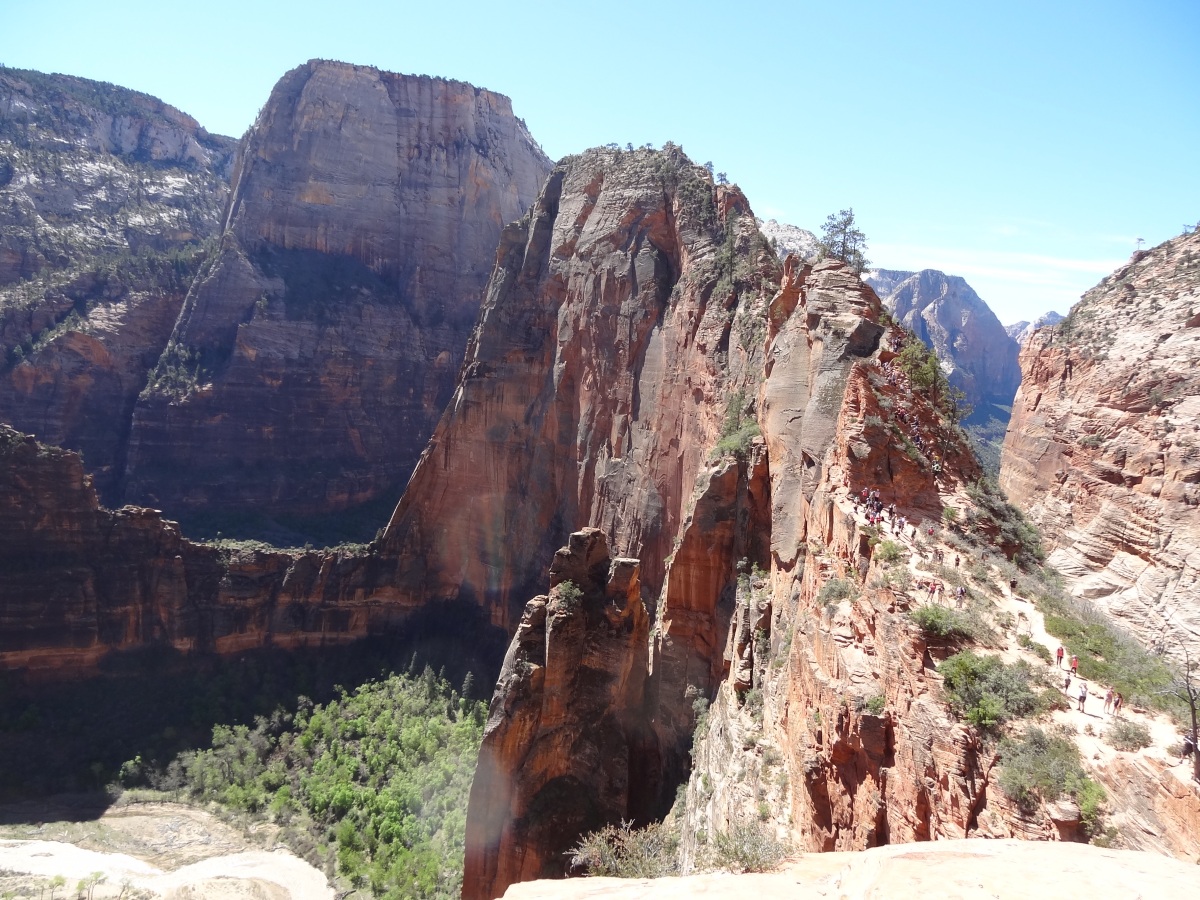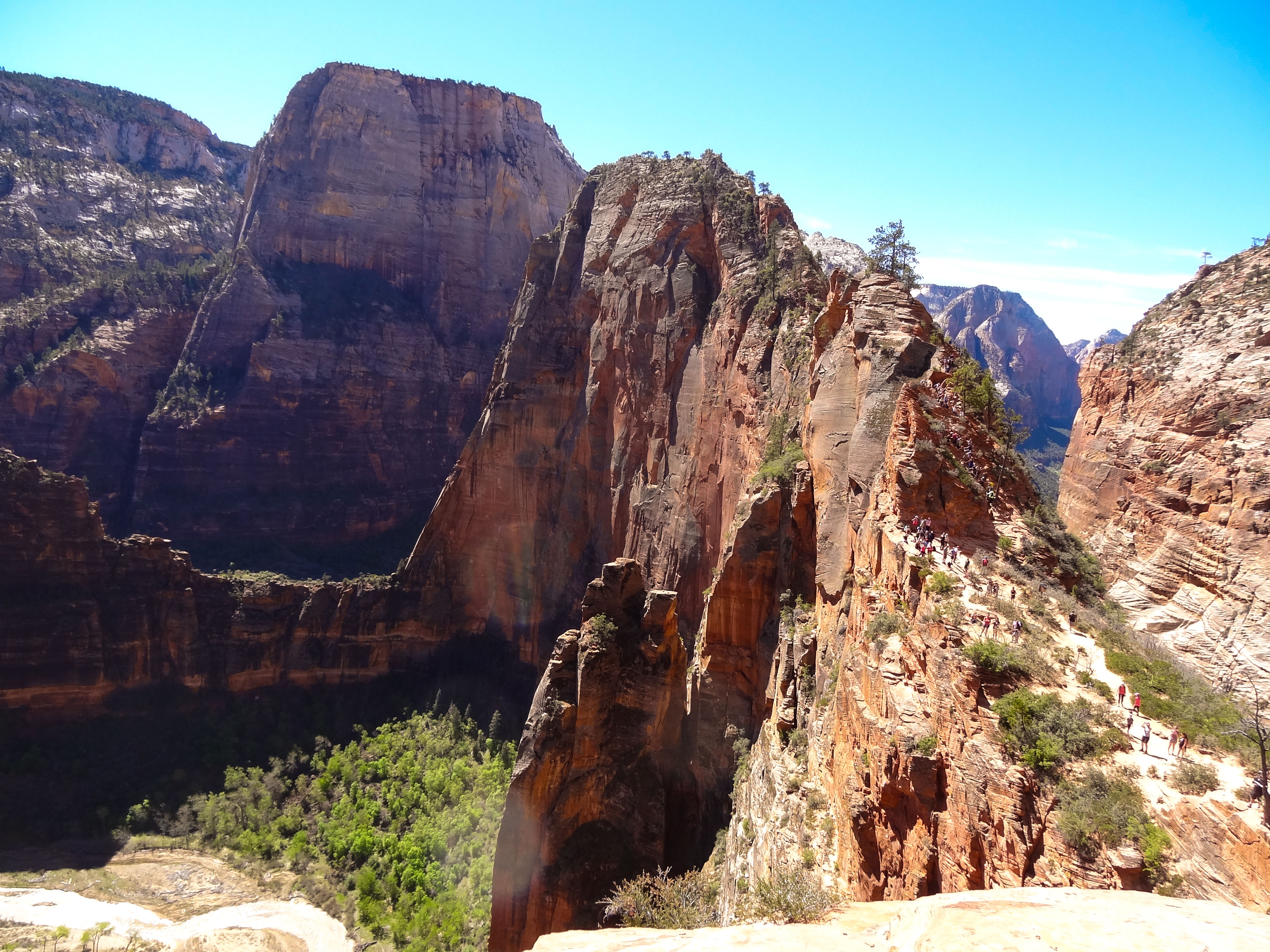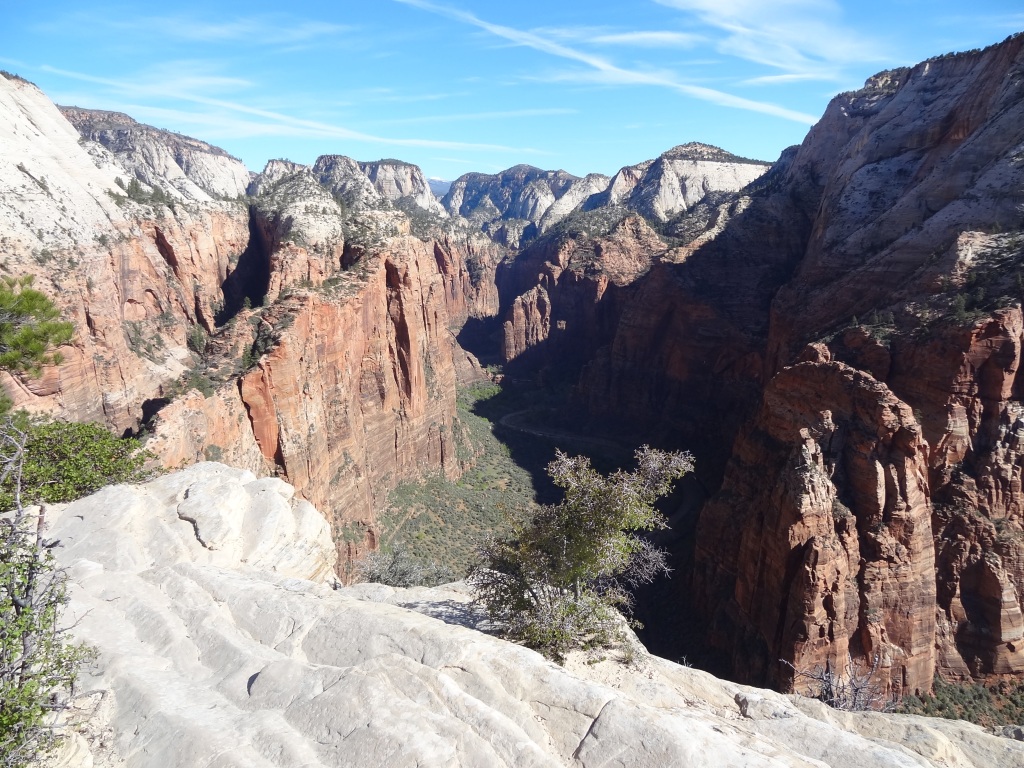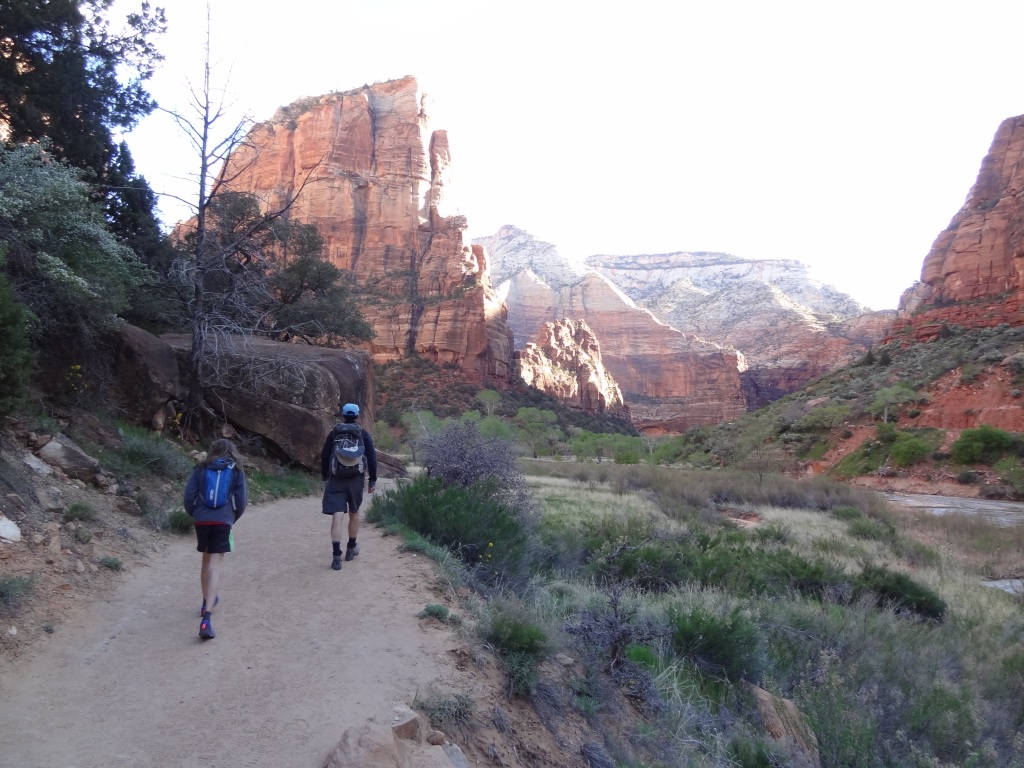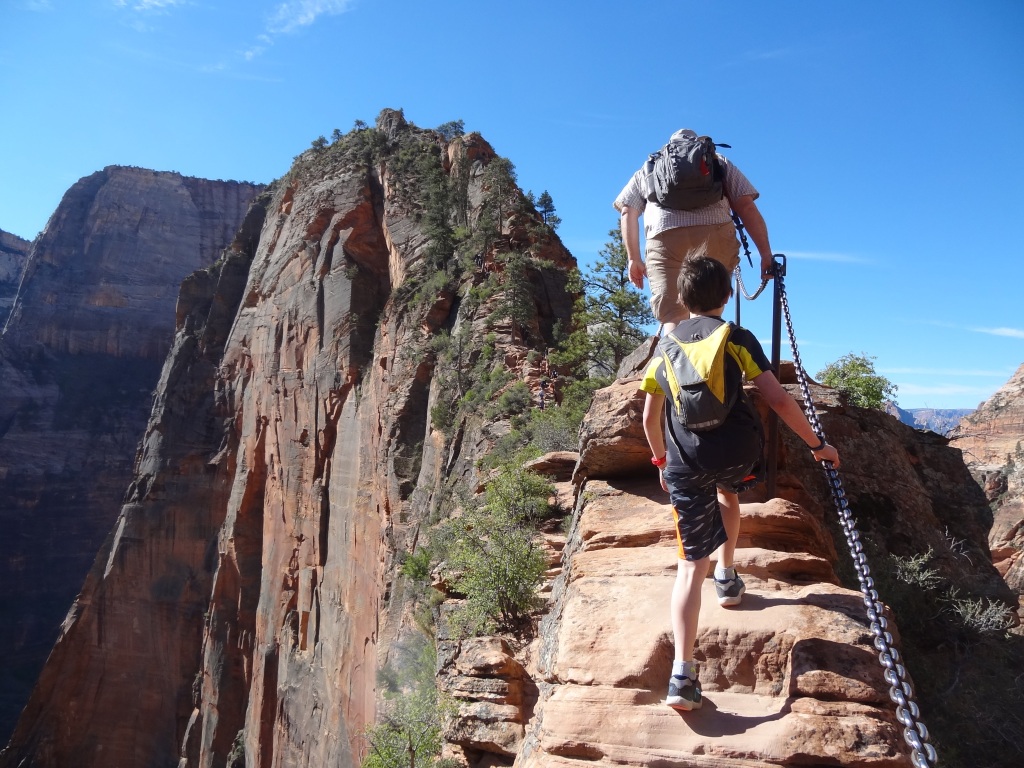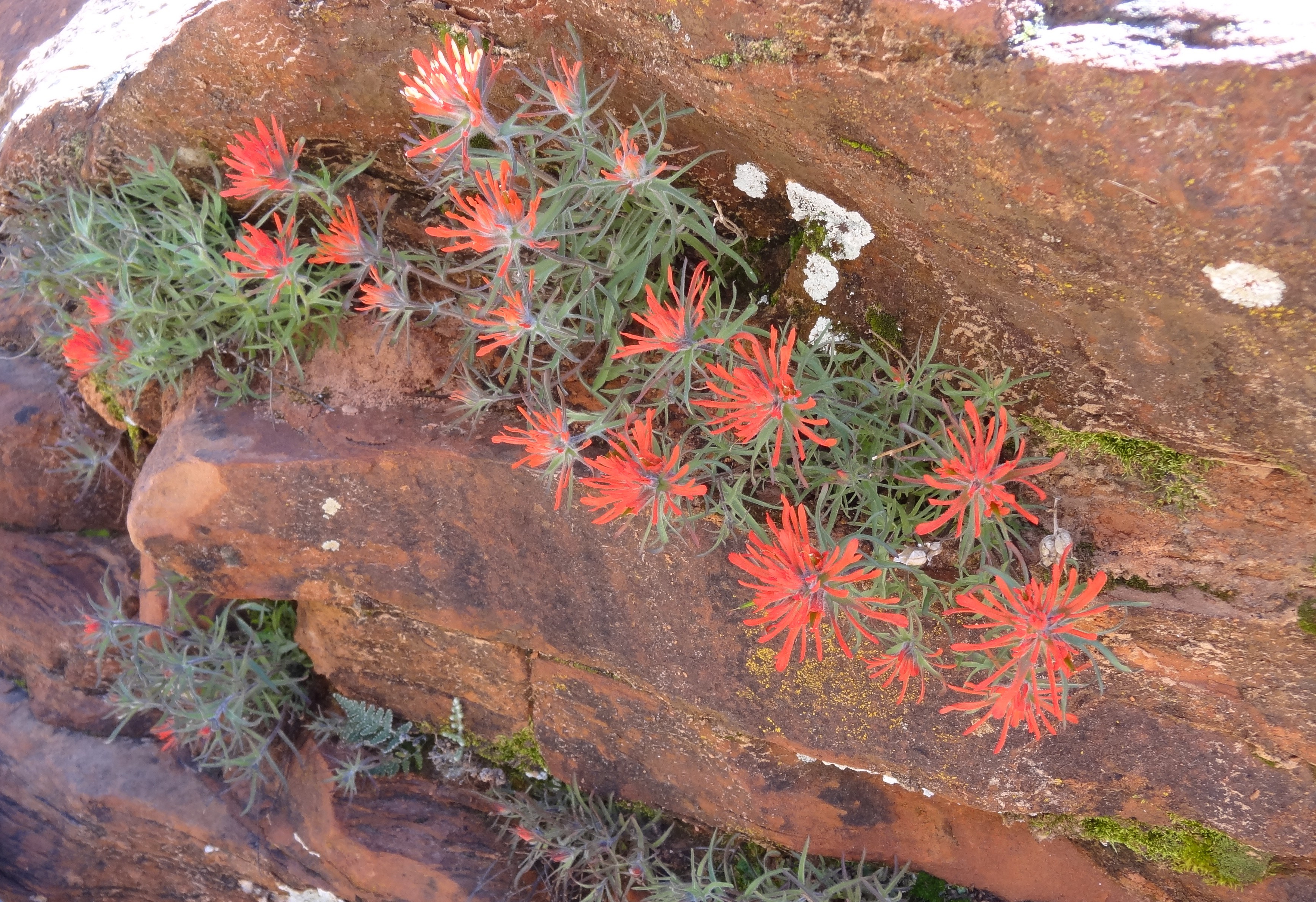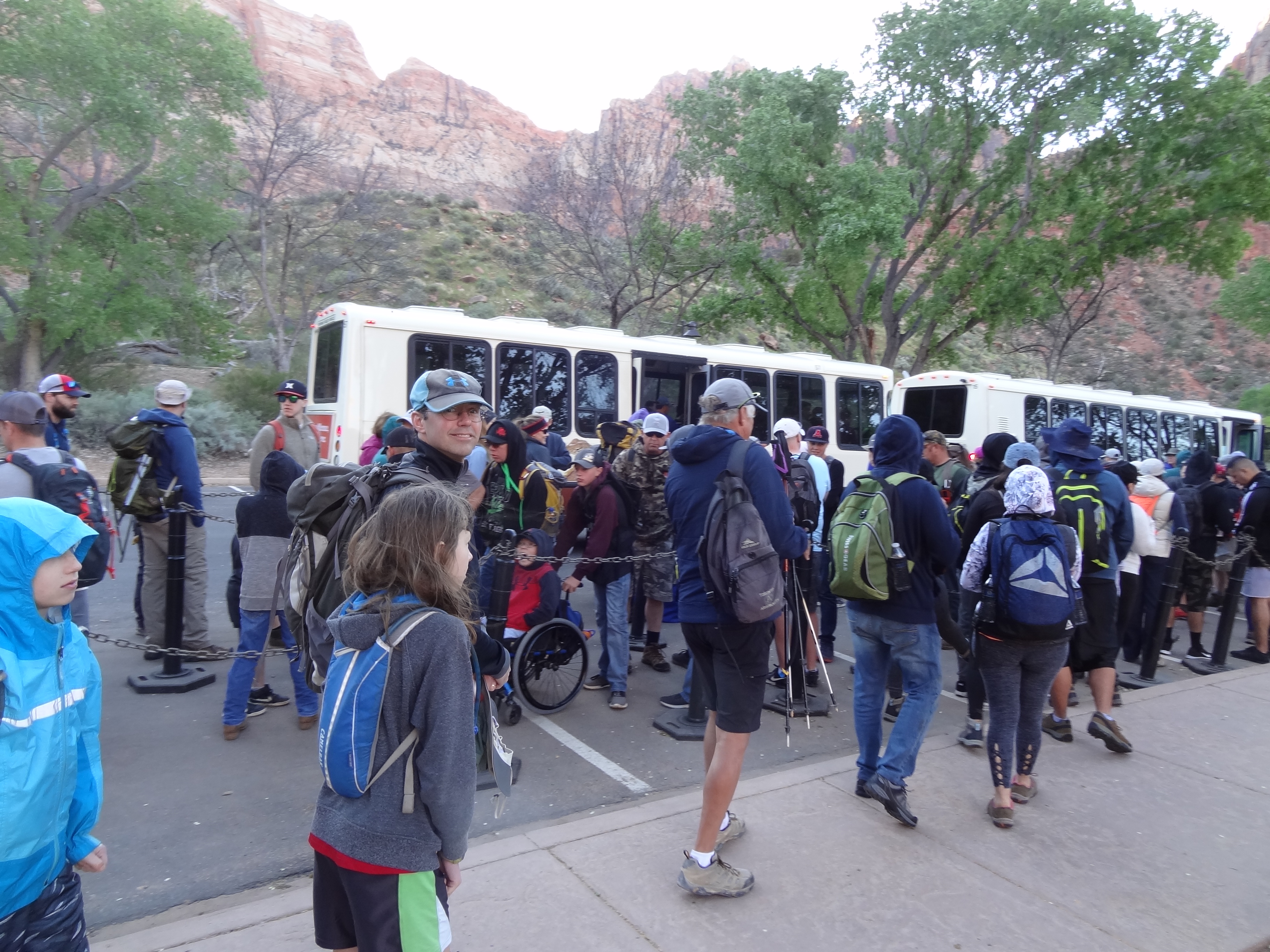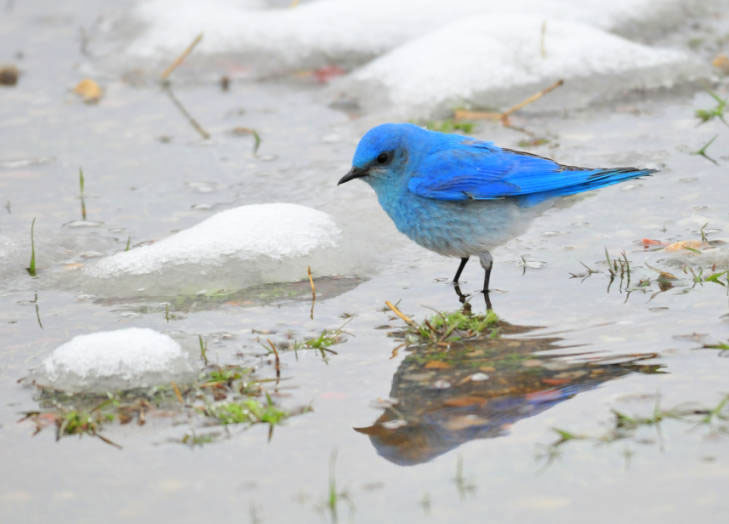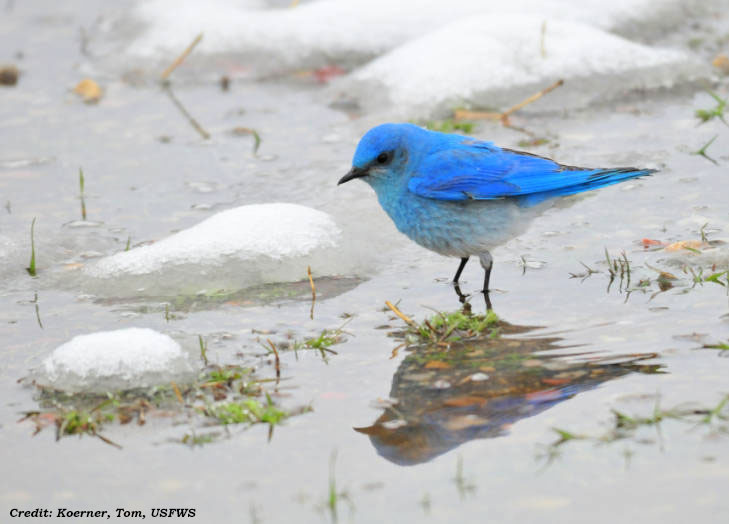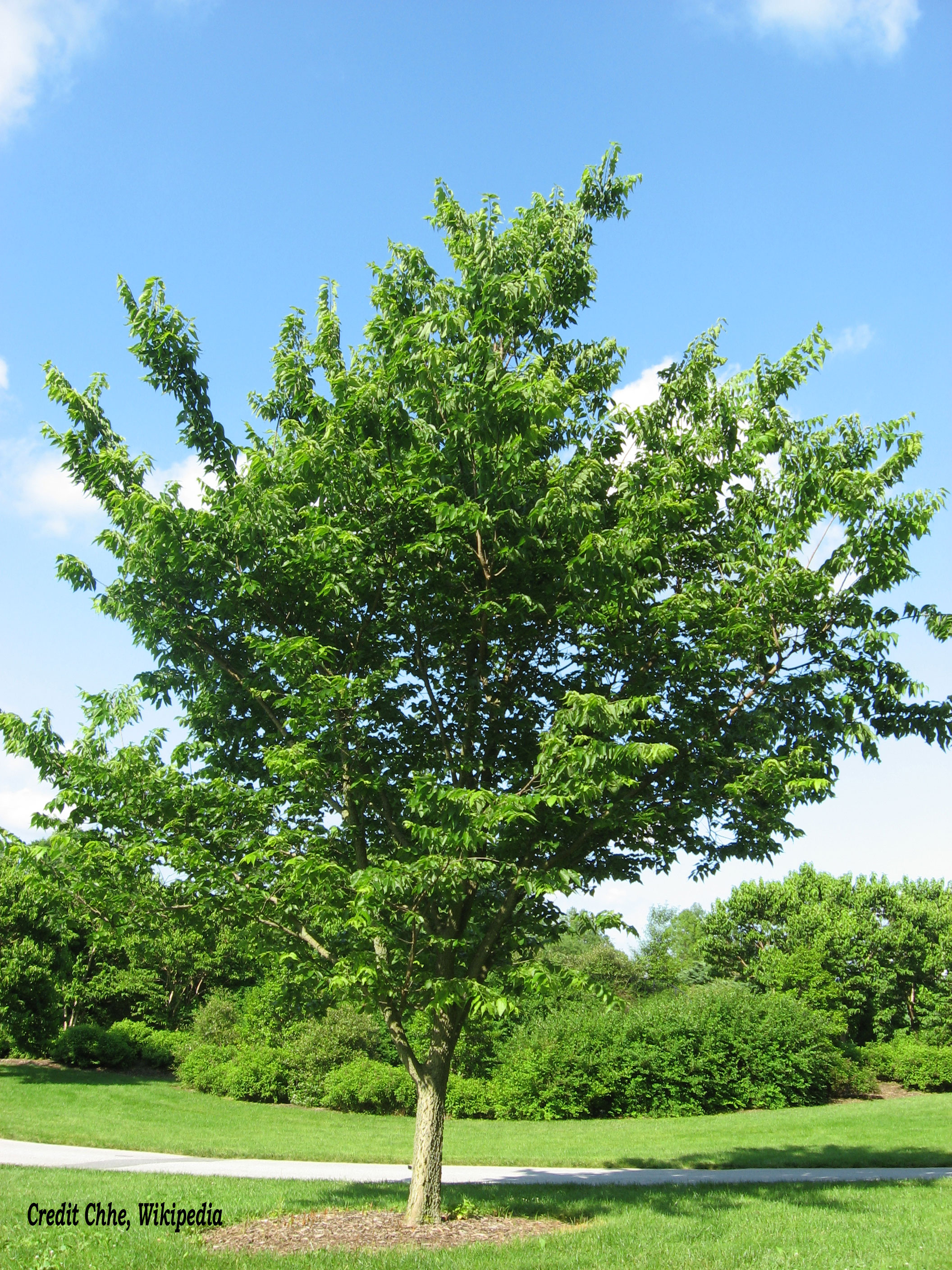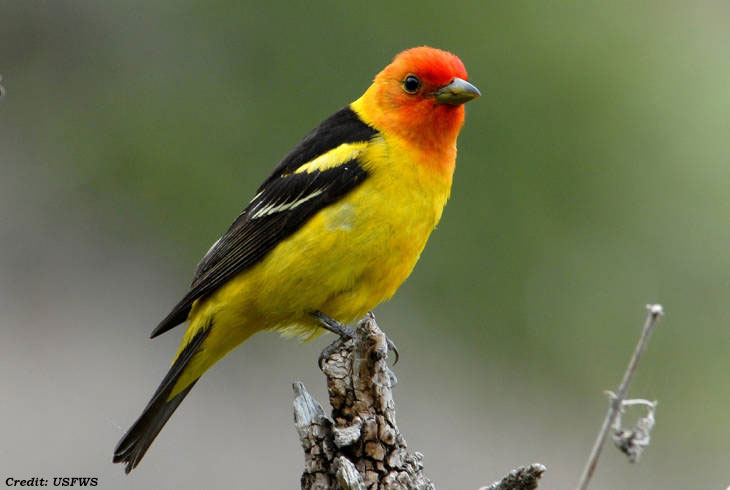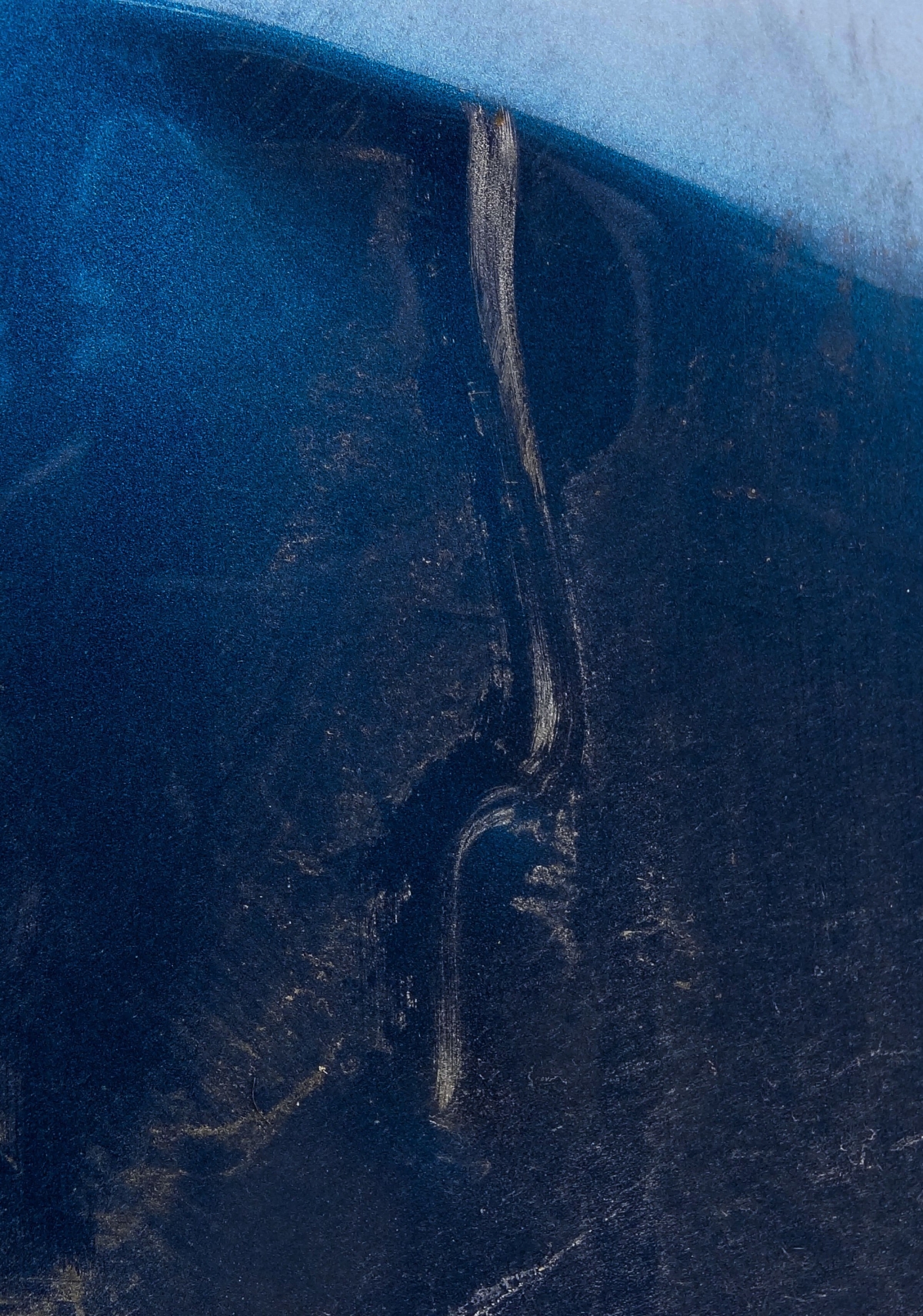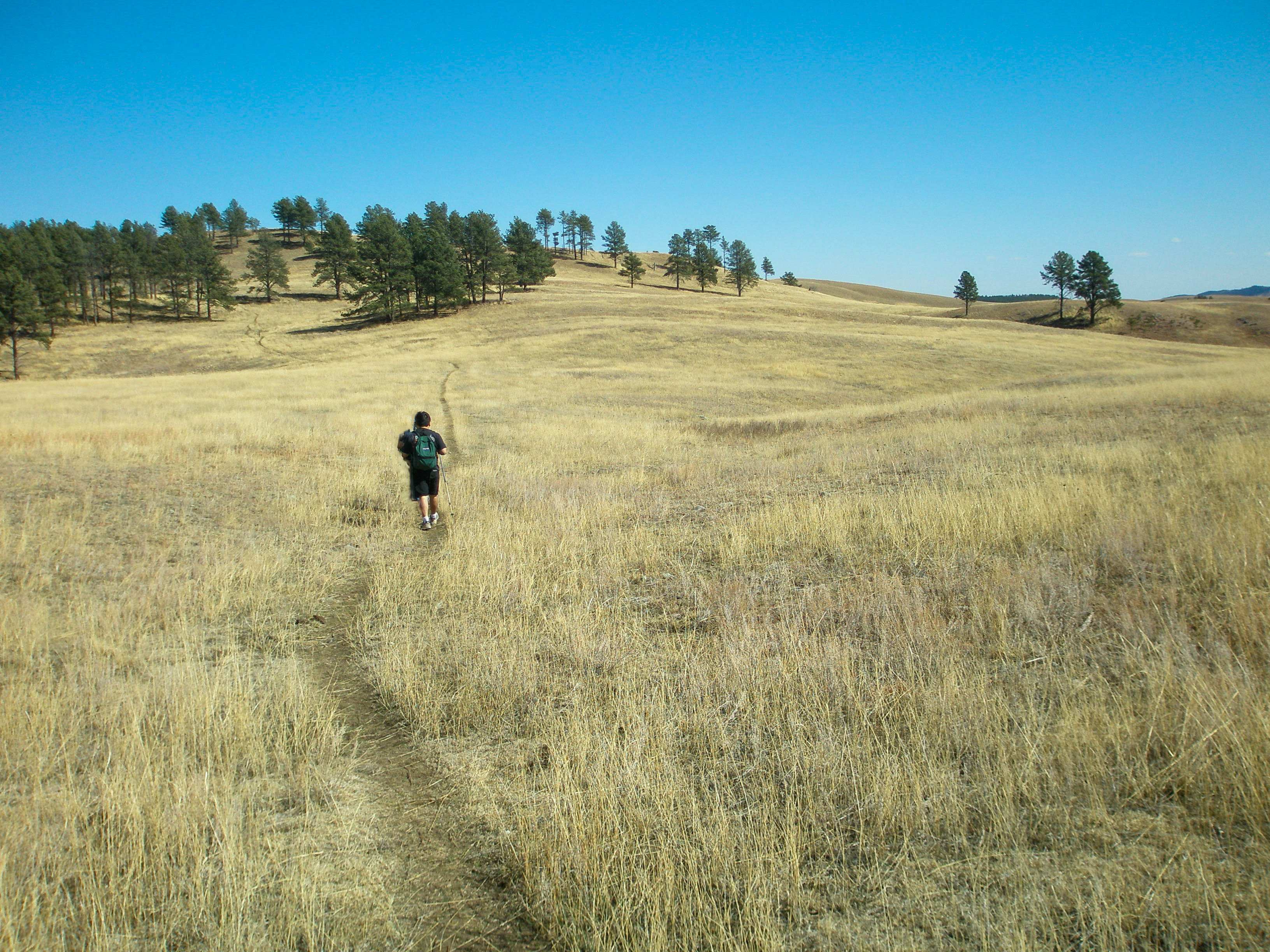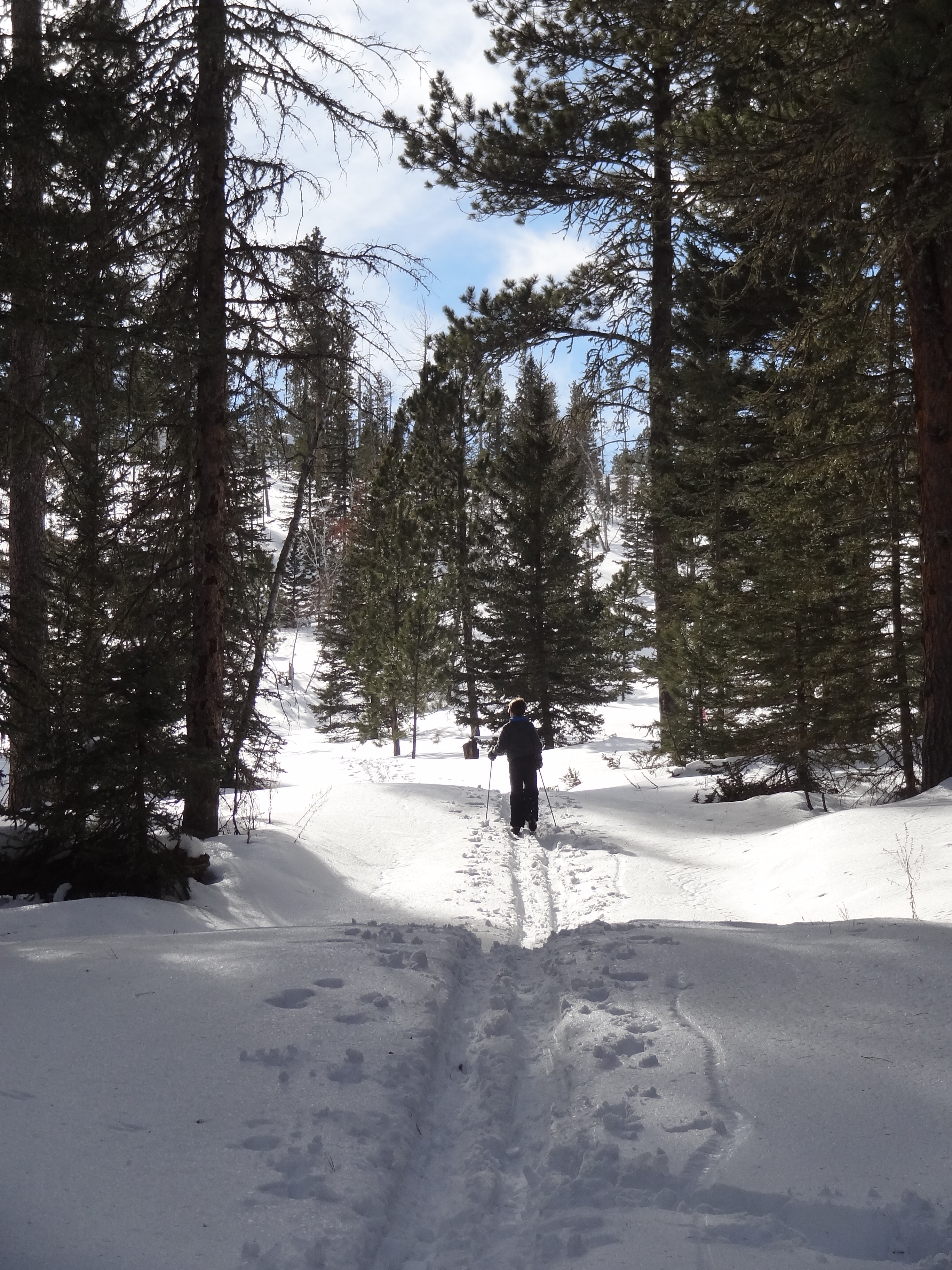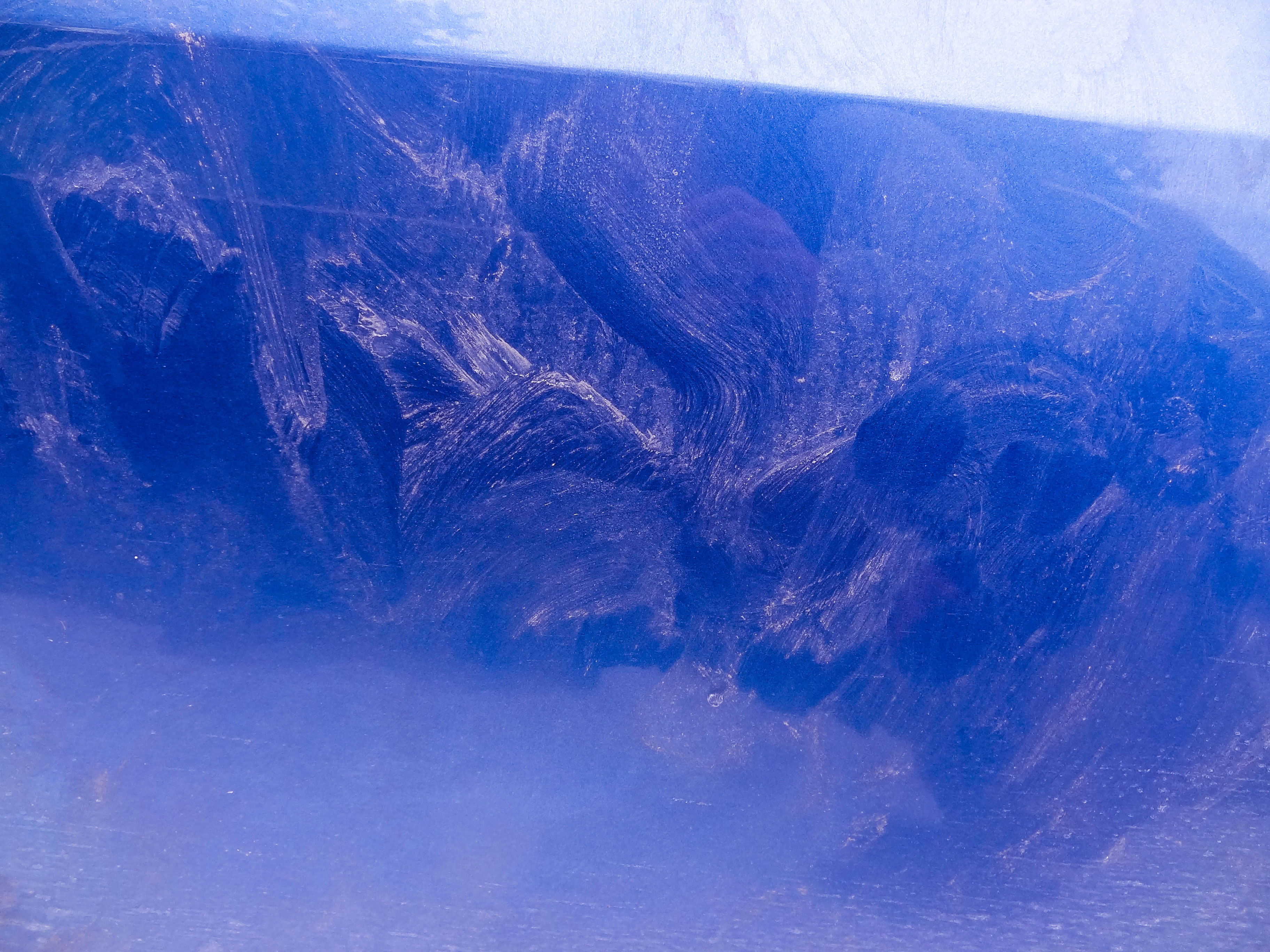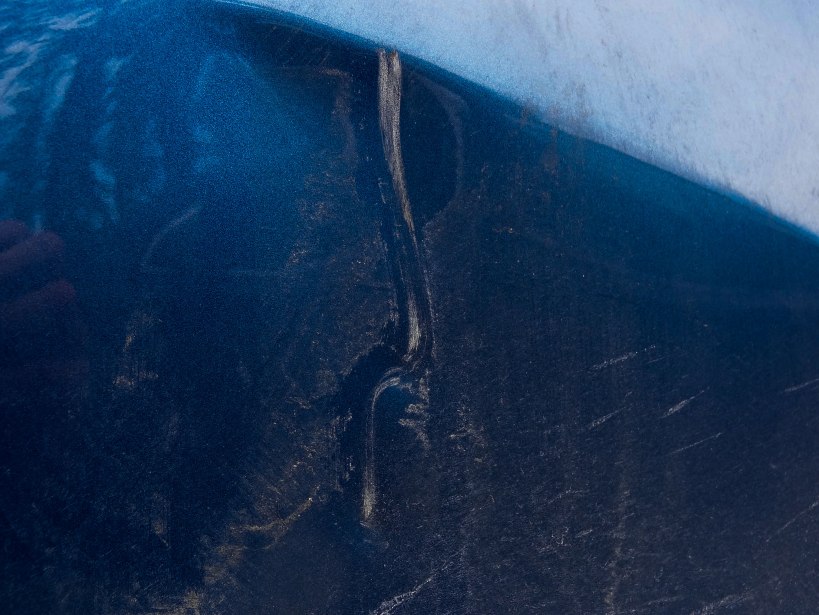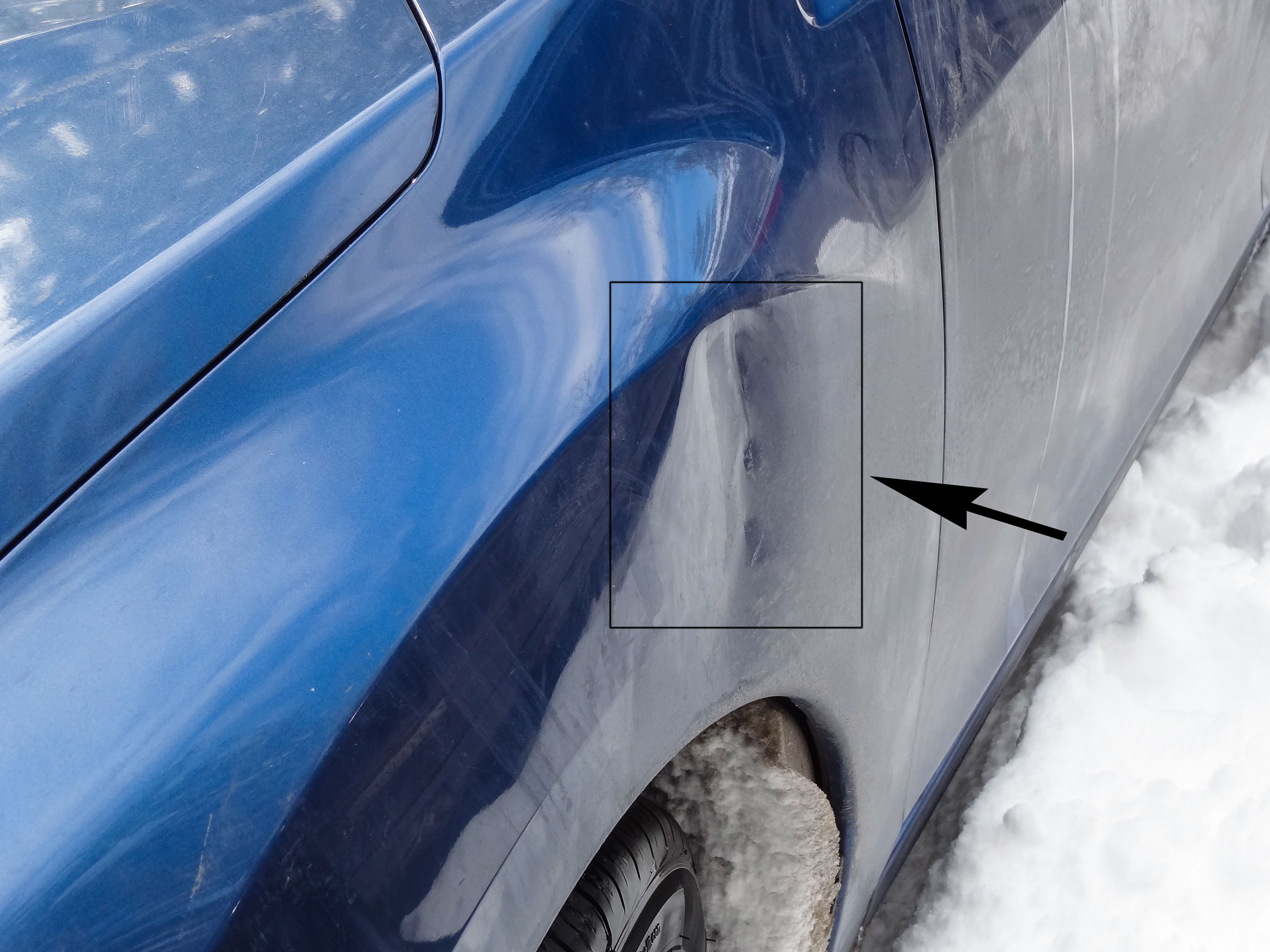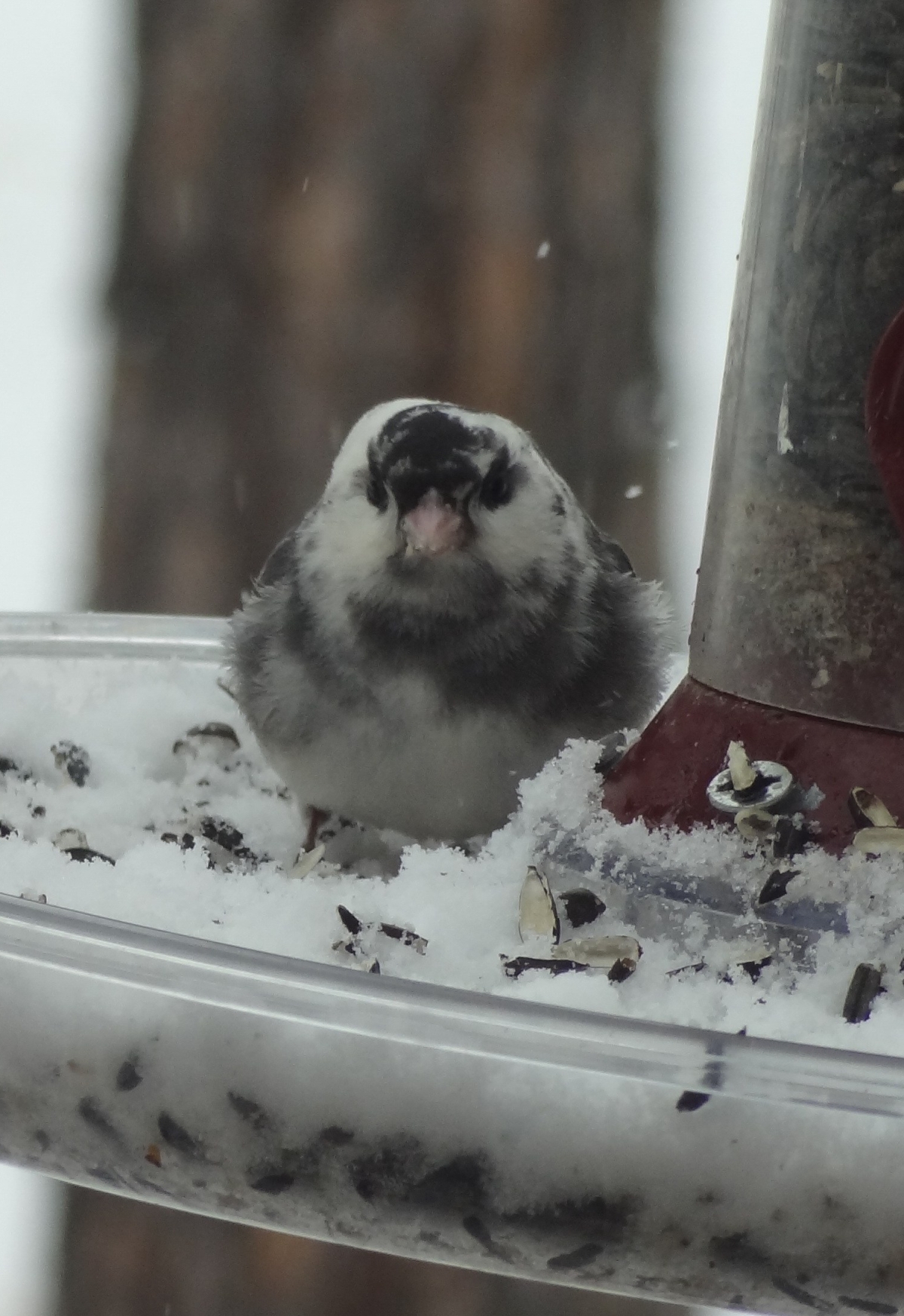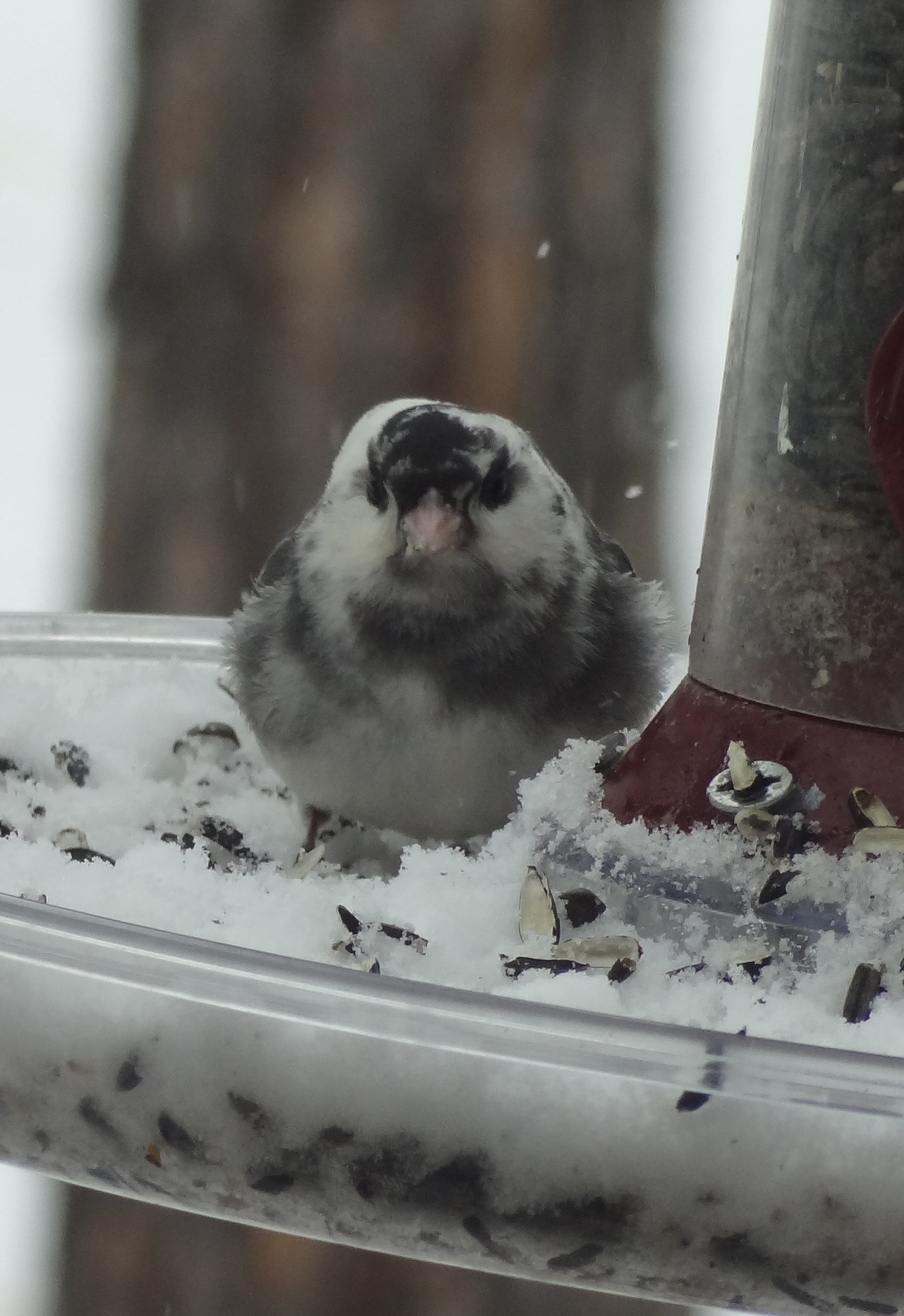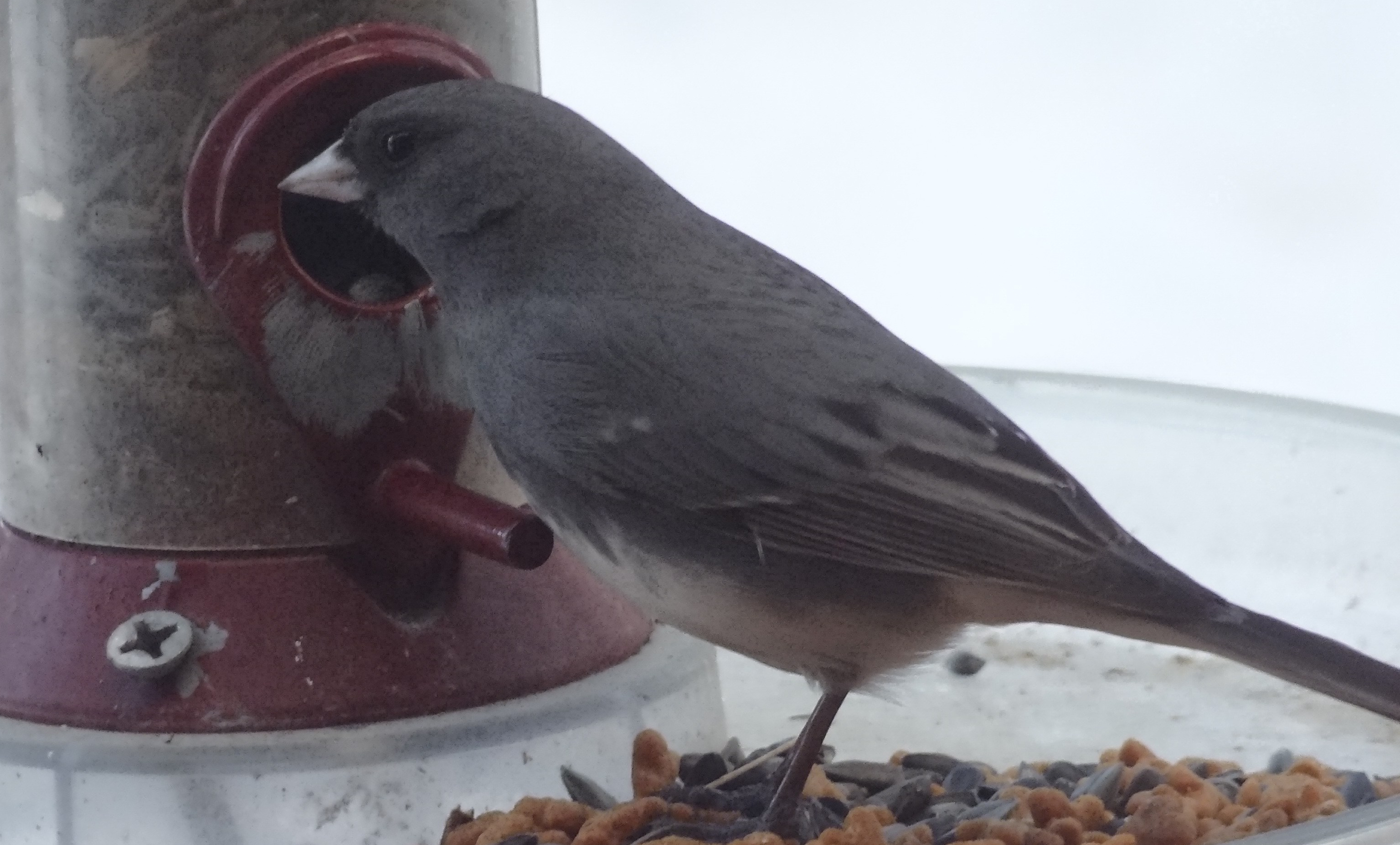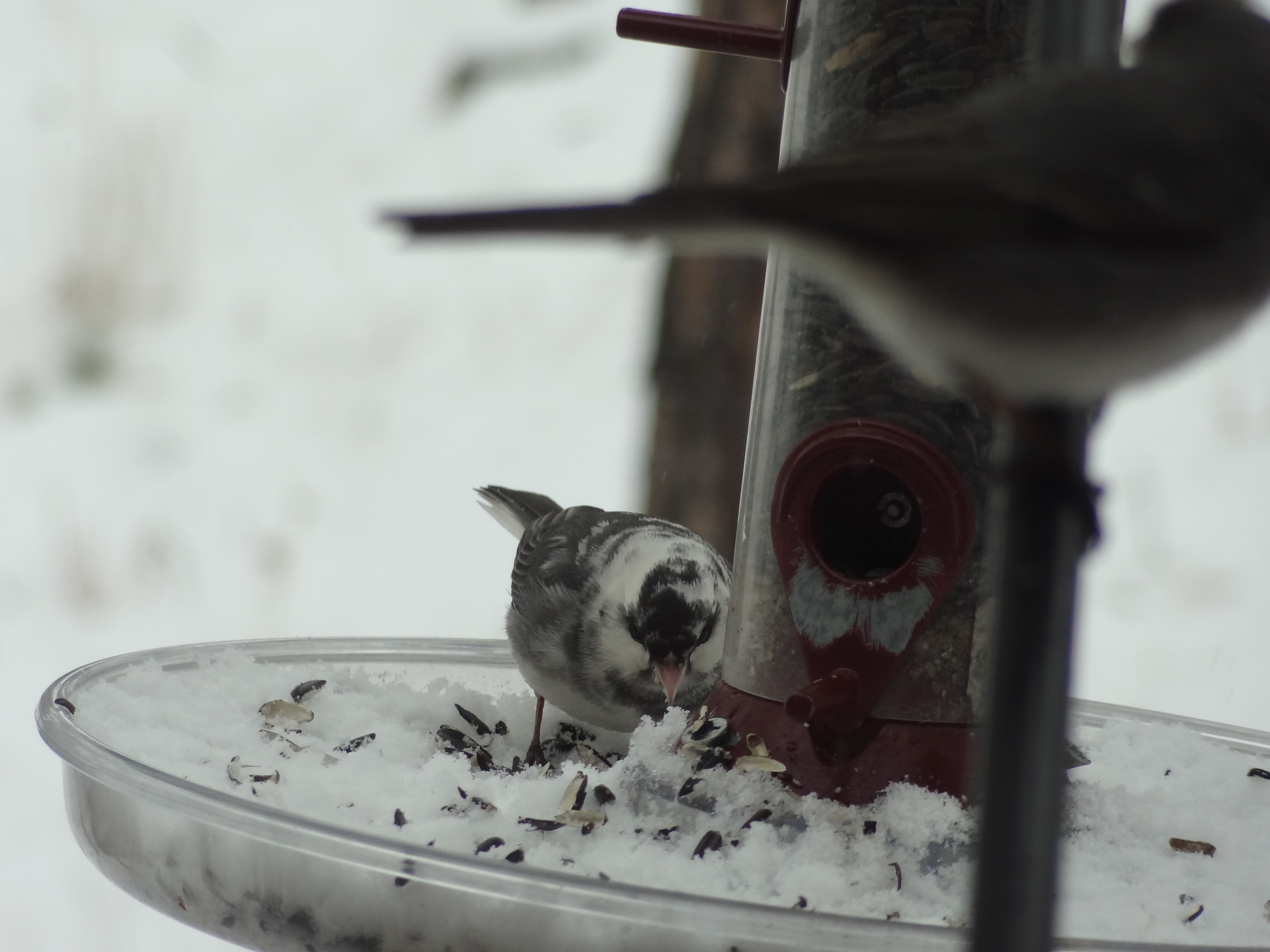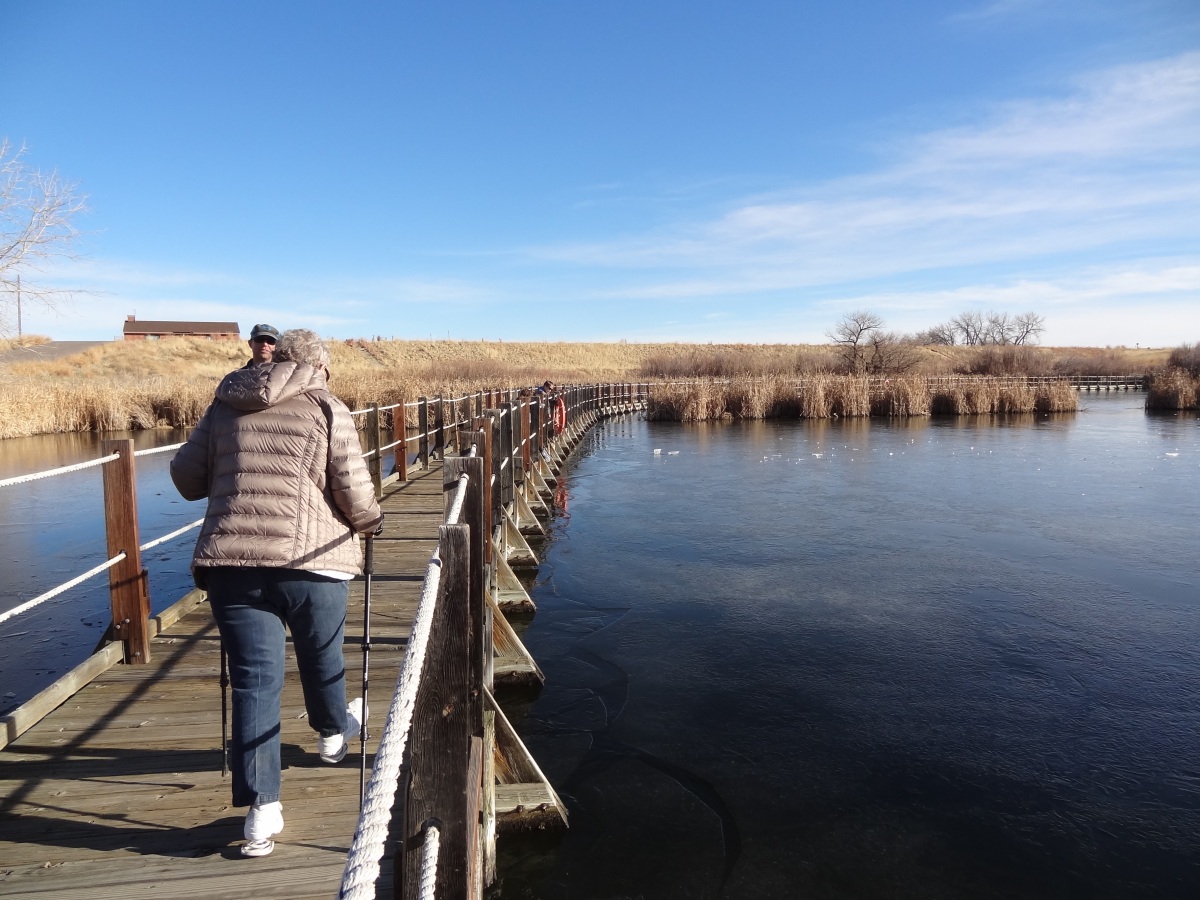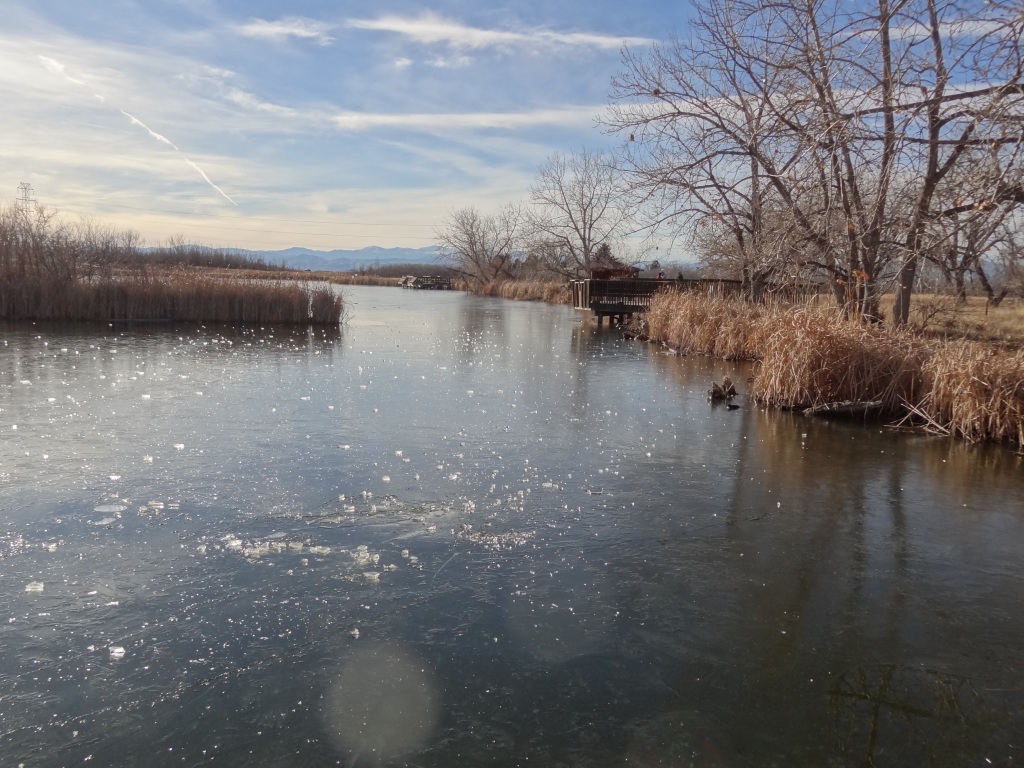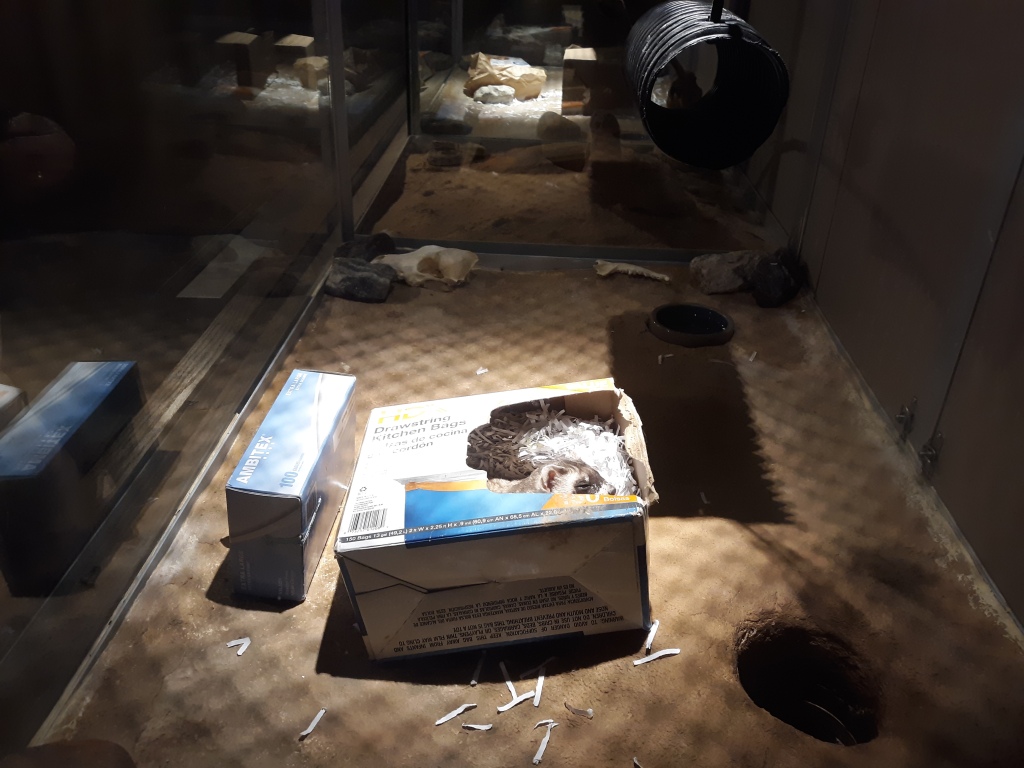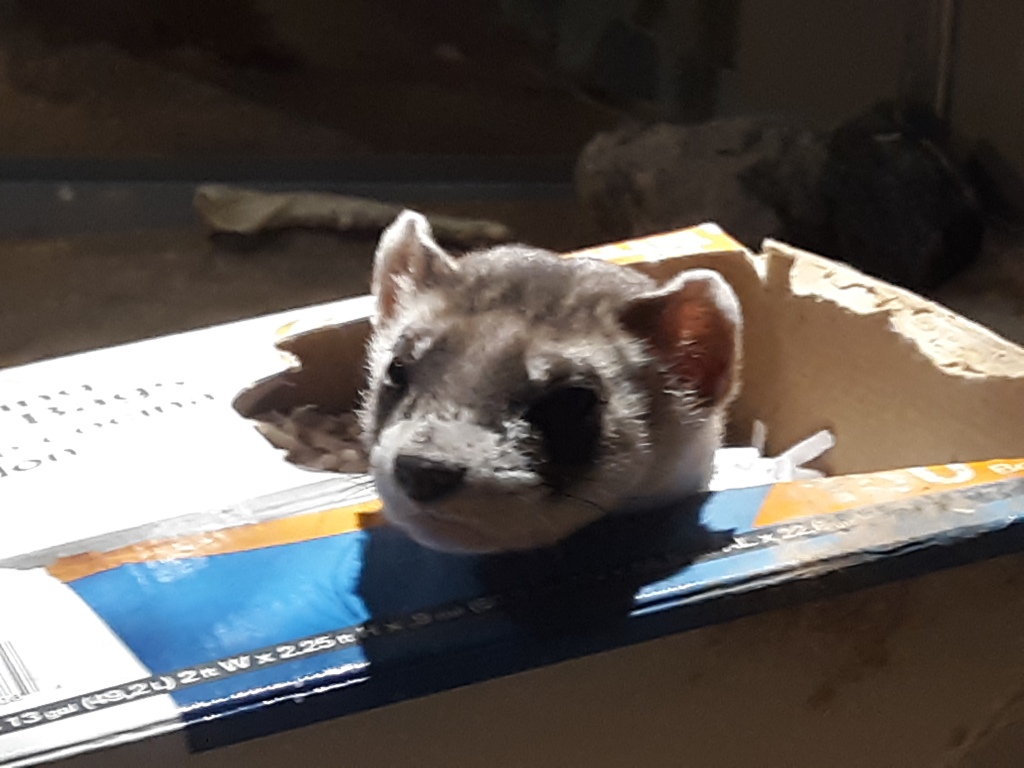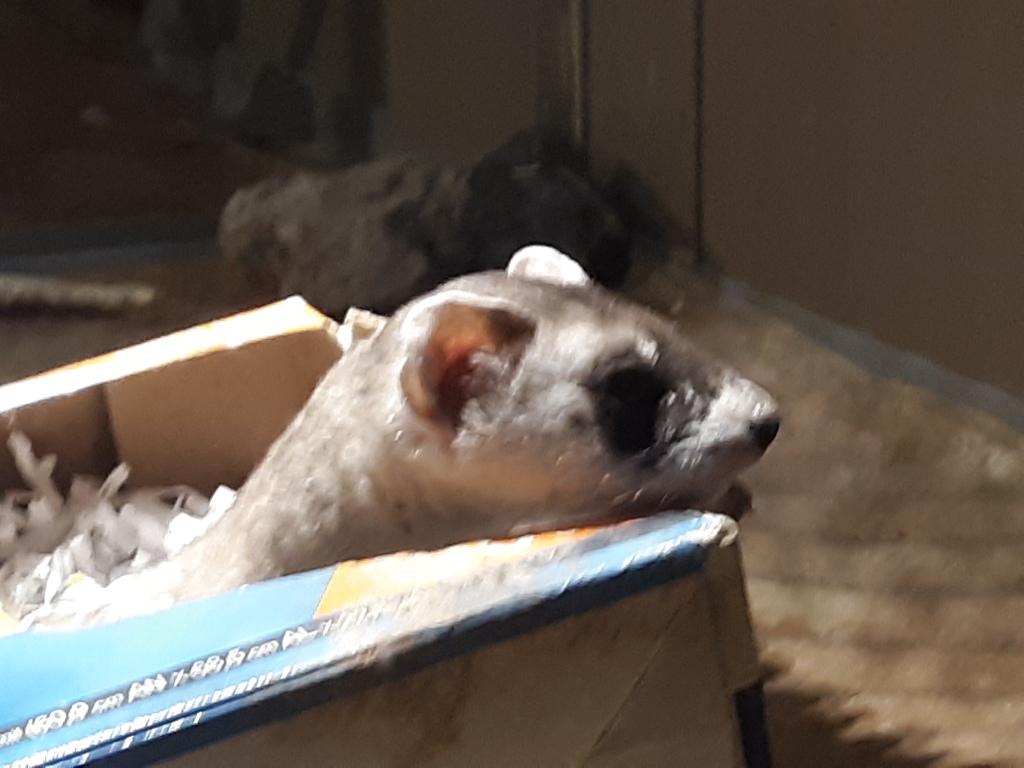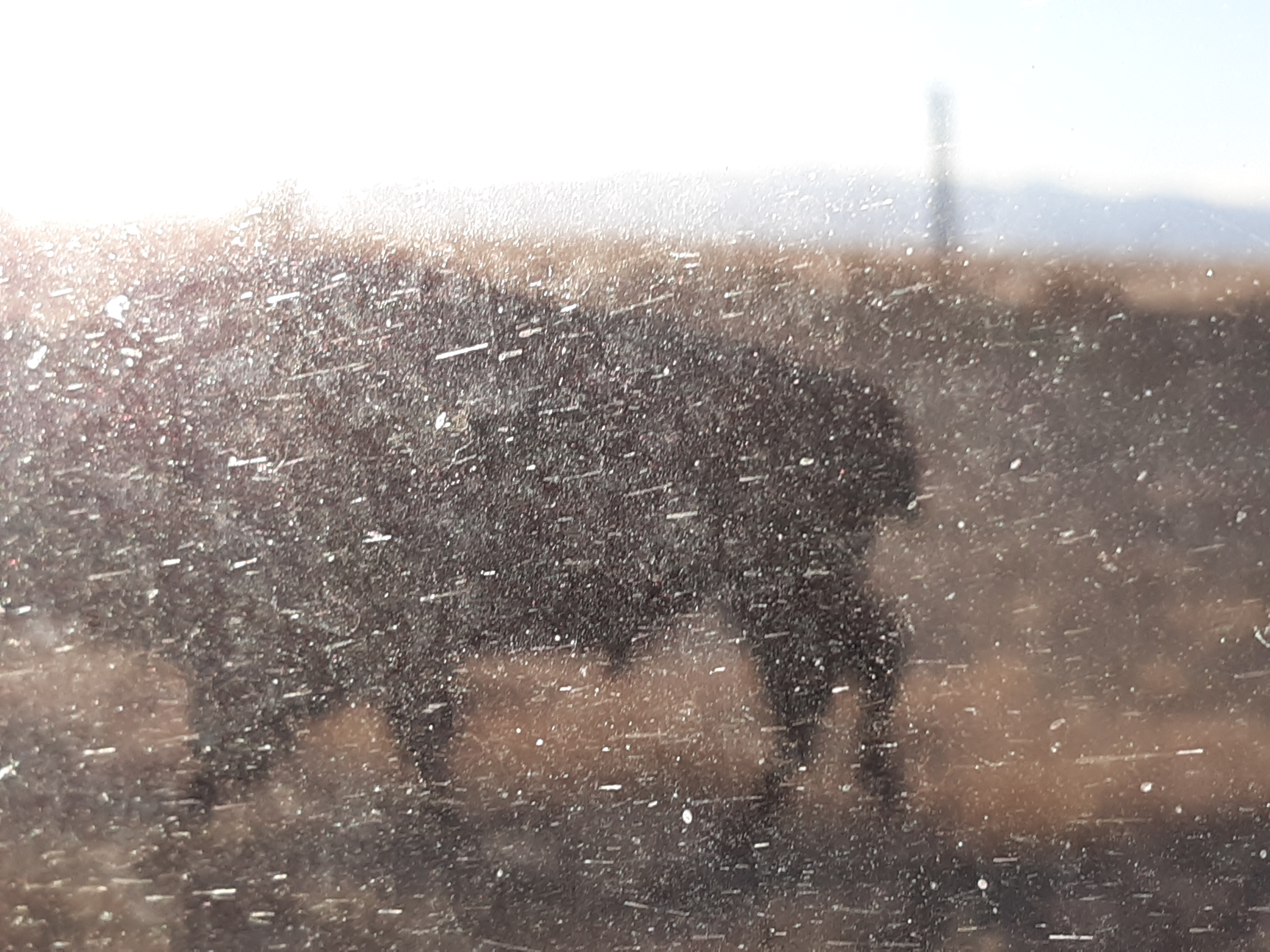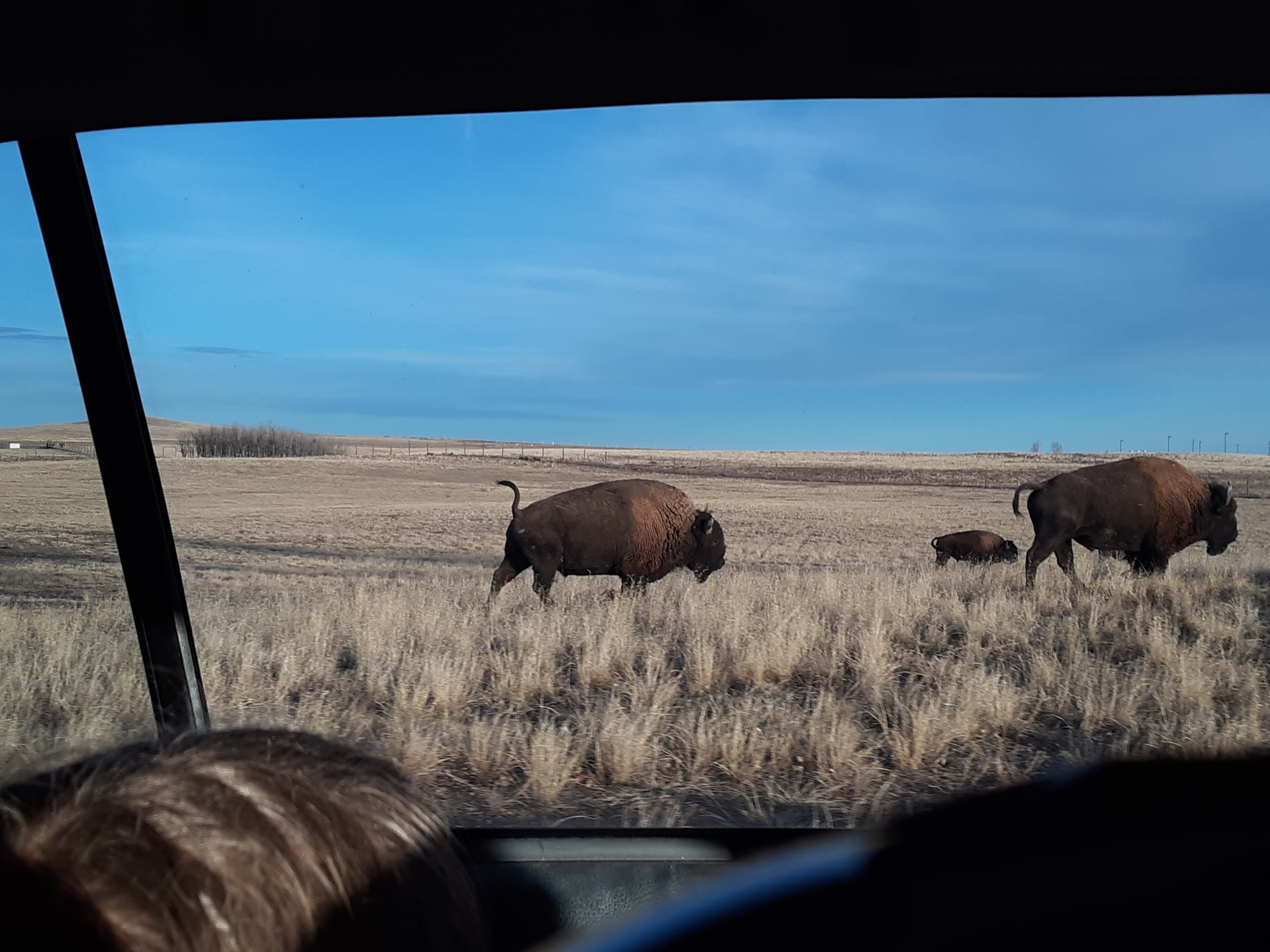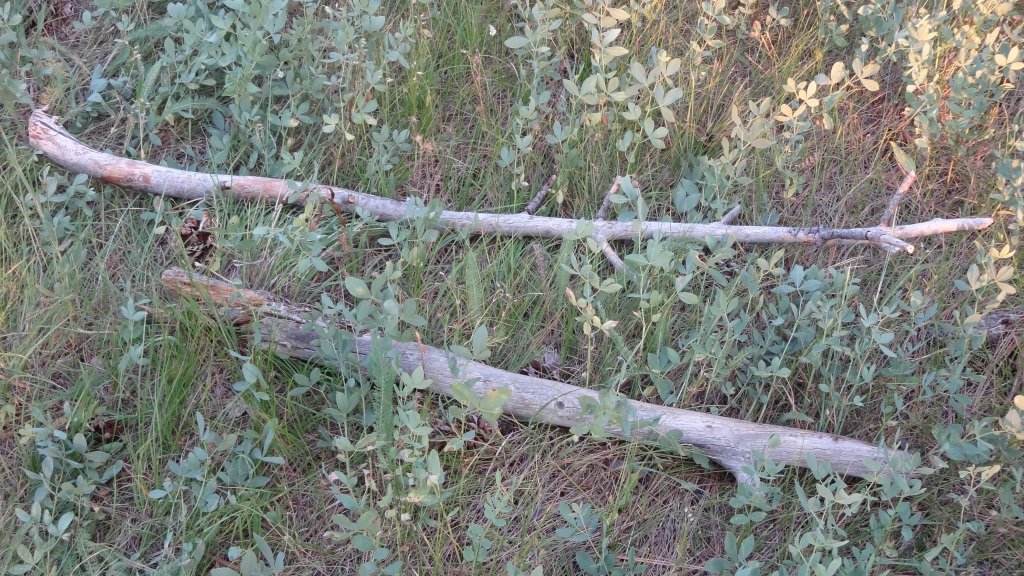
Please note: I wrote this article in the spirit of “respect your environment” & not as a story to justify getting rid of any/all potential hazards that you might encounter while adventuring in the wilds.
At 5:34 am in the morning, our 94-pound German Shepherd mix named Timmy woke me up. He rested his massive paws on a shelf situated below an open window and whined, staring intently at something outside. Seconds later, I heard a pffff sound and the pounding of hooves as an alarmed deer bounded past, white tail flashing.
The deer wasn’t alone.
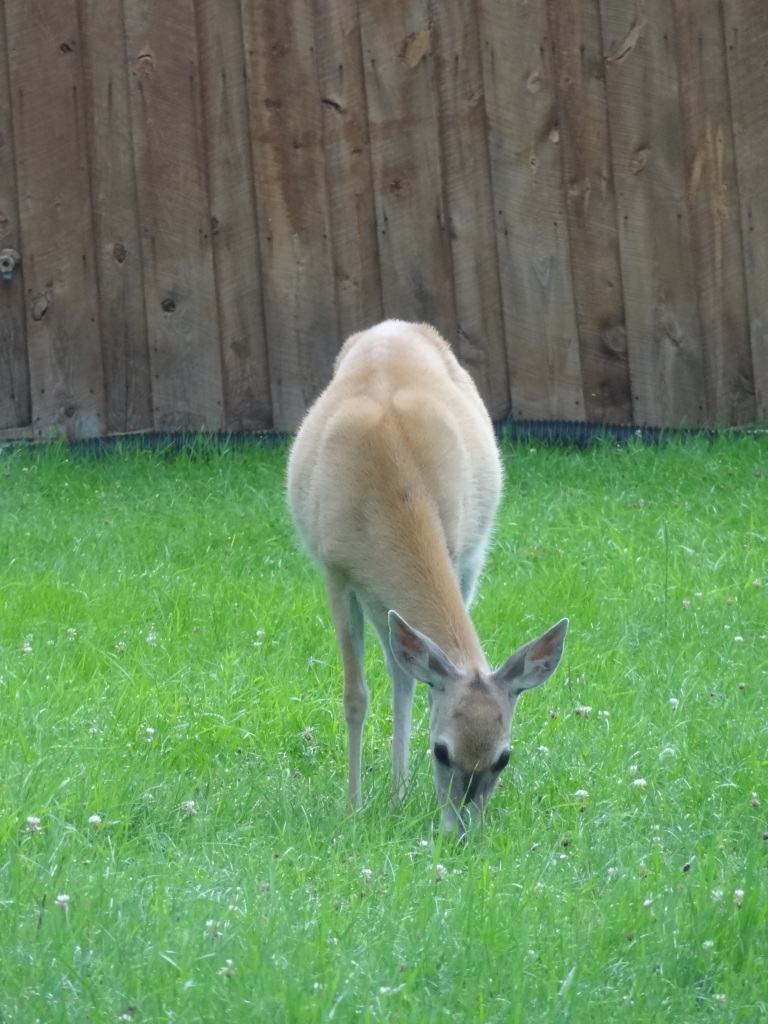
Seconds later, a coyote sauntered by, beelining for the deer. The canid was about 35 meters behind. Both disappeared down the hill. For a minute or two, I waited and watched at the window, but didn’t see or hear any more drama.
Little did I suspect that this event was a foreshadowing of things to come…
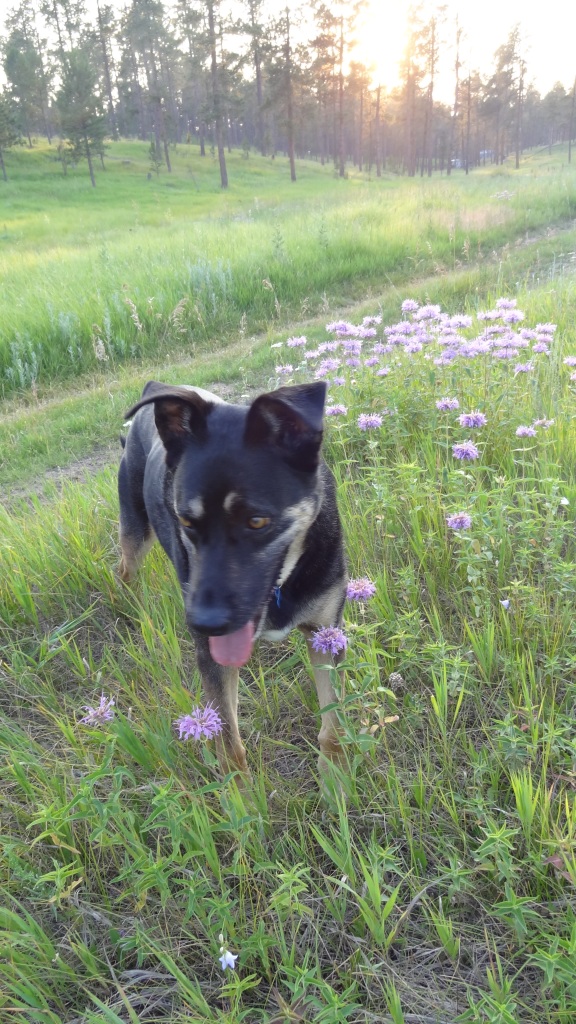
Fast forward four hours. It was seventy-five degrees Fahrenheit and nine-thirty, and the dog (Timmy) still needed his daily outing. Timmy is my trainer: he motivates me to get out and exercise nearly every single day.
No excuses.
I don’t usually run this late in the day in the summer, but had a morning event to attend to, so wasn’t able to leave as early as I’d liked.
Western wood peewees called a burry kee-eer! as we headed up the hill, and I admired the wildflowers as I followed a Forest Service road through the woods. It’s been a relatively normal year for rainfall, so the grass was still green and lush. Every now and then, I’d turn back and make sure Timmy was still following. At seven years old, he still has a lot of energy, but likes to stop and smell everything a bit more than he did as a pup.
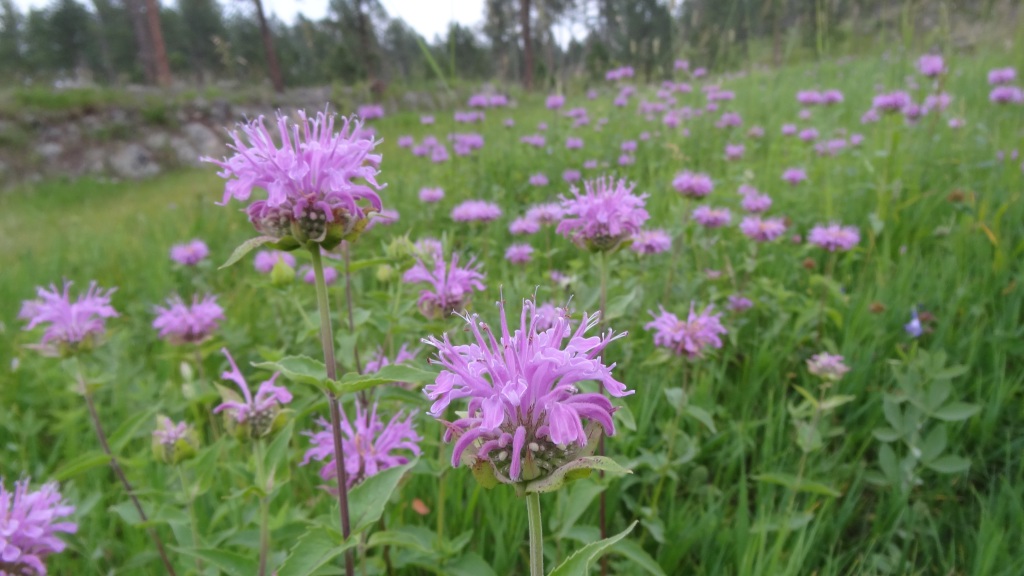
After about nine-tenths of a mile of dirt, we merged onto a gravel county road and travelled south. The sun was intense, the air white with smoke drifting in from western wildfires. After another half mile, Timmy and I turned west from the county road onto another Forest Service road. About five minutes later, our relaxing, routine run turned into anything but.
Timmy was running right beside me, when suddenly, he dashed ahead and disappeared over a slight hill. A moment later, I heard yips and yaps, thinking maybe he’d sighted a rabbit and was calling excitedly about that.
Wrong.
I ran to the top of the rise. By then, Timmy was sprinting back toward me, a coyote in hot pursuit. I hollered at it to go away, but it ignored me and just kept coming.
O-kay…(not okay)
Timmy turned back and started chasing the coyote. I don’t usually let him chase wildlife, but I wanted to encourage this critter to leave. The coyote stayed just far enough ahead that Timmy didn’t catch it (I had my finger on a vibrate setting of his training collar so that he wouldn’t actually get quite that close). When I thought he’d chased it off far enough, I called Timmy to come back. He came racing back toward me.
Immediately the coyote did too.
And that’s when it became clear that things were about to get complicated. I stopped and yelled in my meanest voice, but it didn’t matter: the coyote kept coming.
Timmy and I started jogging again. Again, the coyote followed. Timmy was behind me about 5 meters. When he thought the coyote was too close, he’d turn around and chase it for about 100 meters, then catch back up to me, sides heaving, breathing hard. We were progressing around the loop, but not fast enough; right then, the one thing I wanted most was to get the heck outta there.
This predator might weigh only thirty-forty pounds and only be as high as my knees, but thoughts of rabies kept resurfacing. The intensity of the creature’s doggedness in following us was (very) unnerving.
A mile to go before the county road: it seemed like ten.
Timmy’s tongue was hanging out, and he was wanting to slow down. His pants were coming loud and fast. But Coyote kept chasing and barking at us.
Sweat was drenching my shirt, and the heat was growing more intense. We turned the corner and merged onto another dirt track, one that lead east, toward the county road (where for once I was hoping there would be traffic). By now Timmy had dashed off to chase the coyote away over five times. His efforts were to no avail: each time Timmy stopped his chase, immediately, the coyote stopped retreating and became the pursuer. Whenever it changed roles, it would bark at us in a fierce high voice.
We’d only jogged about a hundred meters onto the new dirt road. A ridgeline of rock parallels this new change in direction, running east-west. And that’s when things got worse.
Not only did the coyote behind us start barking fiercely. Apparently, it’s barking was also a battle cry.
Immediately, that one coyote voice transformed into many voices.Yipping and barking reined like arrows from above, along the ridge.
Ambushed.
That’s when I really thought we were in trouble. In my mind, I saw a pack of coyotes materializing from the hills and descending on Timmy. It was a real possibility.
One aggressive coyote was already giving us plenty of hassle. Against an entire pack?
Timmy wouldn’t stand a chance. I don’t think I’d fare so well, either.
As we hurried along in the scratchy heat, I scrambled to pick up whatever sticks I could find. Anything. The first pieces of wood I picked up were rather decayed, so as I ran, I traded them out for stronger, longer, sturdier pieces of wood. Finally, I settled on two different sticks, both three-and-a-half feet long plus a white rock that weighed about five pounds. I didn’t care if they slowed me down. If any coyotes got close enough, I was going to use them.
The yipping and hollering on the ridge above us continued.
Poor Timmy—he was starting to lag, but Coyote was still chasing us, so he kept running.
Every few seconds, I turned around to survey the ridge and Coyote behind Timmy. The ridge-yippers still kept barking fiercely, but they hadn’t come down. Yet. Hopefully they would stay put, although I wasn’t very hopeful.
I passed a Forest Service road fork; on any normal day we’d usually veer left. This fork travelled north along another wooded ridgeline, keeping one inside the wilds for awhile longer. Instead, we kept going straight, beelining toward the more well-travelled county road (sorry, Mr. Robert Frost—sometimes it’s better to take the road most travelled).
Every now and then, I stopped to yell at Coyote, but of course when I did so there weren’t any small-ish rocks around me, else I would’ve thrown those at it (I didn’t want to waste my big rock unless it came really close).
At last: the county road!
We reached it and started north, toward home.
Surely, this wide roadway would dissuade Coyote. Surely a car would come and scare it off. Surely I could drop my stick and stone and get back to “normal” running.
Surely not.
You guessed it: the dang thing kept chasing us, yipping and yapping. Instead of a narrow two-track, we had a wide gravel road to run on. Nothing else had changed, except the ridge-runners had stopped yammering. I was hoping they had given up on following us and weren’t cutting corners and about to pop out somewhere close. Poor Timmy didn’t have the energy to try and run off the coyote that was harrassing him. I kept running and looking back periodically, just hoping the coyote didn’t rush him.
One more time I stopped and stood to holler at the coyote.
Yeah, right, it said, giving me the eye and still moving closer. You’re not the boss of me. (I knew it was saying that because it kept chasing us despite the arduous terrain).
Timmy was now about twenty meters behind me. I simultaneously called encouragingly to him and yelled at coyote. Turning around, I jogged slowly up the hill, still clutching my sticks and stone. Eying the rocky bluffs alongside the road, I wondered if it would be wise to try and make a dash to the top of one of those and then try to fend off Coyote from there.
I turned around again…
Coyoted had vanished. Timmy was still jogging behind me, tongue lolling, eyes on me, telling me he’d catch up when he could.
Thank God.
About ten minutes later, a camper passed us on the county road (not soon enough!) and I was still running with those sticks and that rock—I’m sure they thought I was crazy.
But that’s ok. We arrived home safe. Timmy had one small scratch on his leg (probably from dashing all over the hillsides), but other than that, we were unscathed.
Timmy slept the rest of the day.
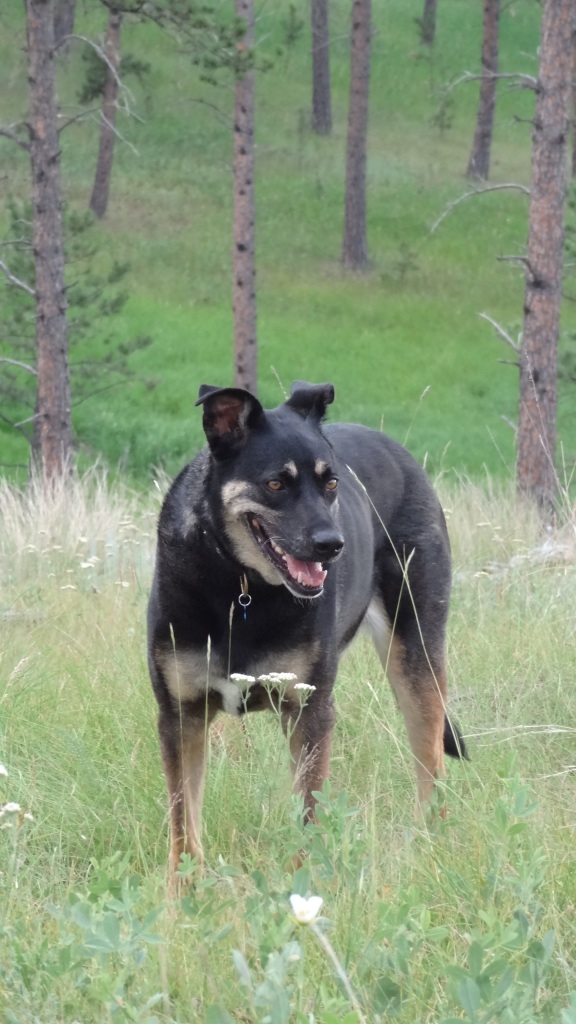
Some explanations for the coyote’s bold behavior (only speculation of course): The dog’s presence probably provoked the coyote; if Timmy hadn’t been with me during my run, I’m guessing the coyote probably wouldn’t have followed…the pack my have had young ones they were trying to defend…or possibly a kill they were protecting. In any case, this wasn’t your typical coyote behavior (at least not in the Black Hills or any other place I’ve travelled); oftentimes, when coyotes see people, they’ll hightail it outta there.
Never approach a coyote…they are indeed wild.
Got a different coyote story? I’d love to hear it!
